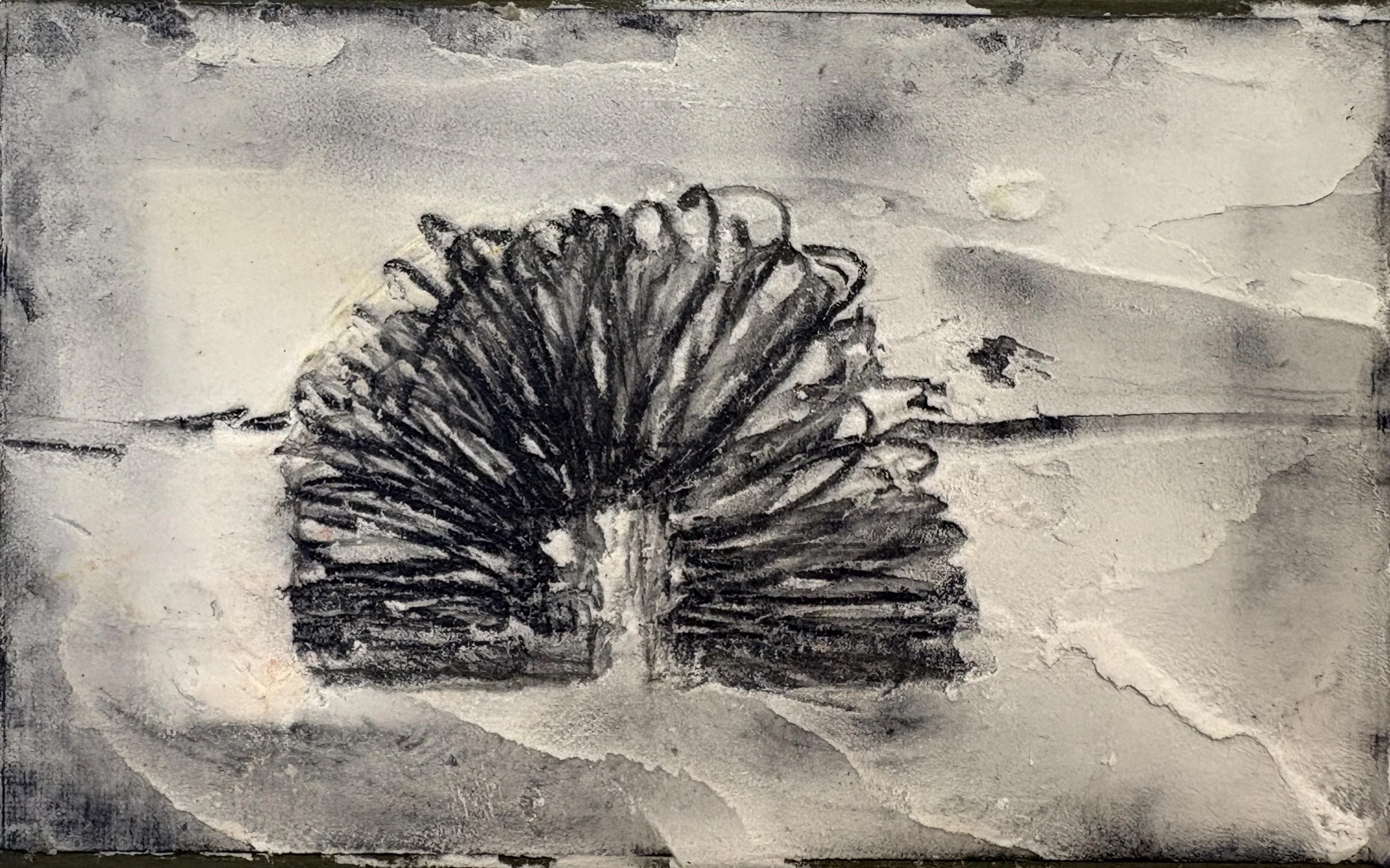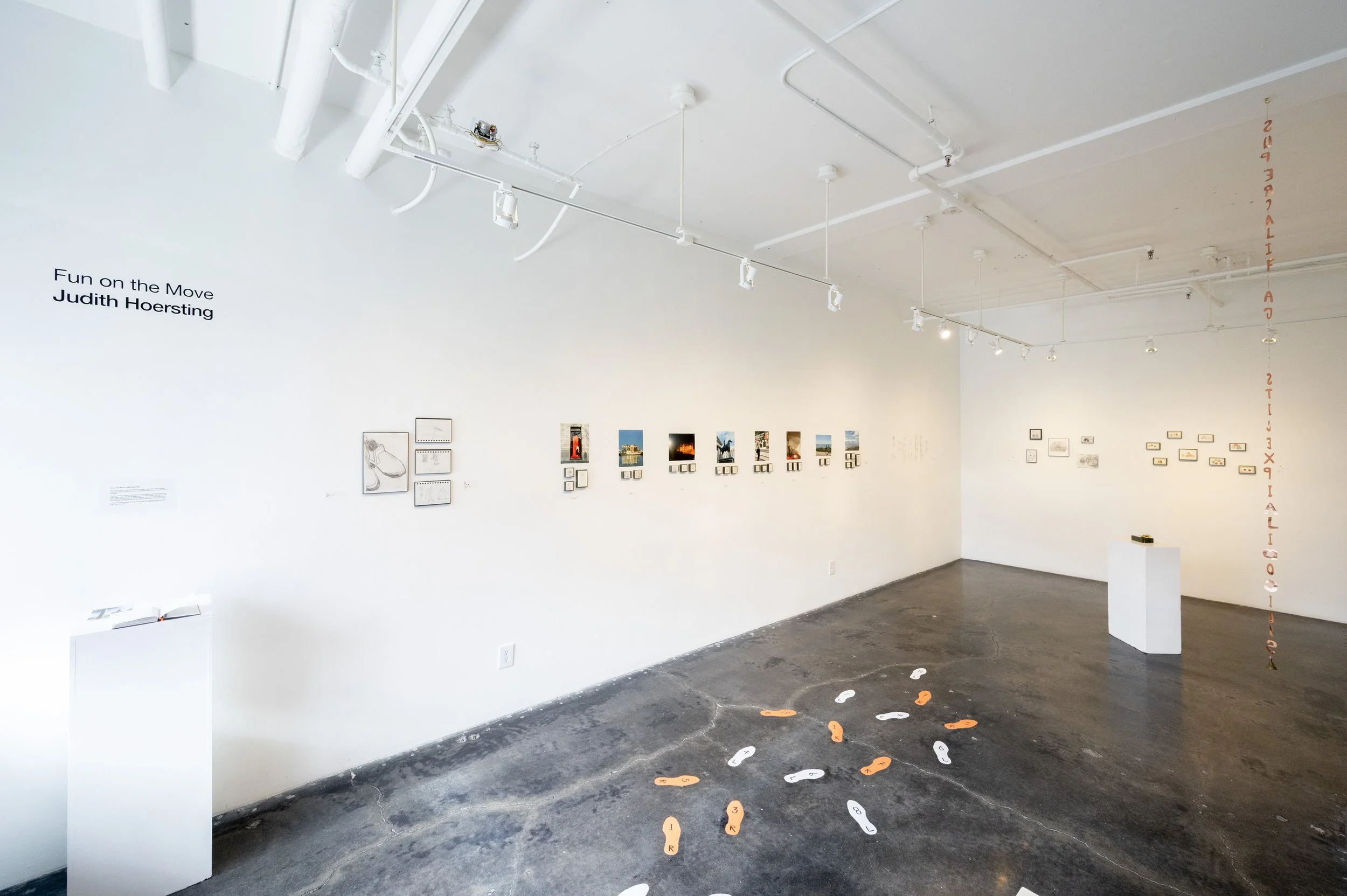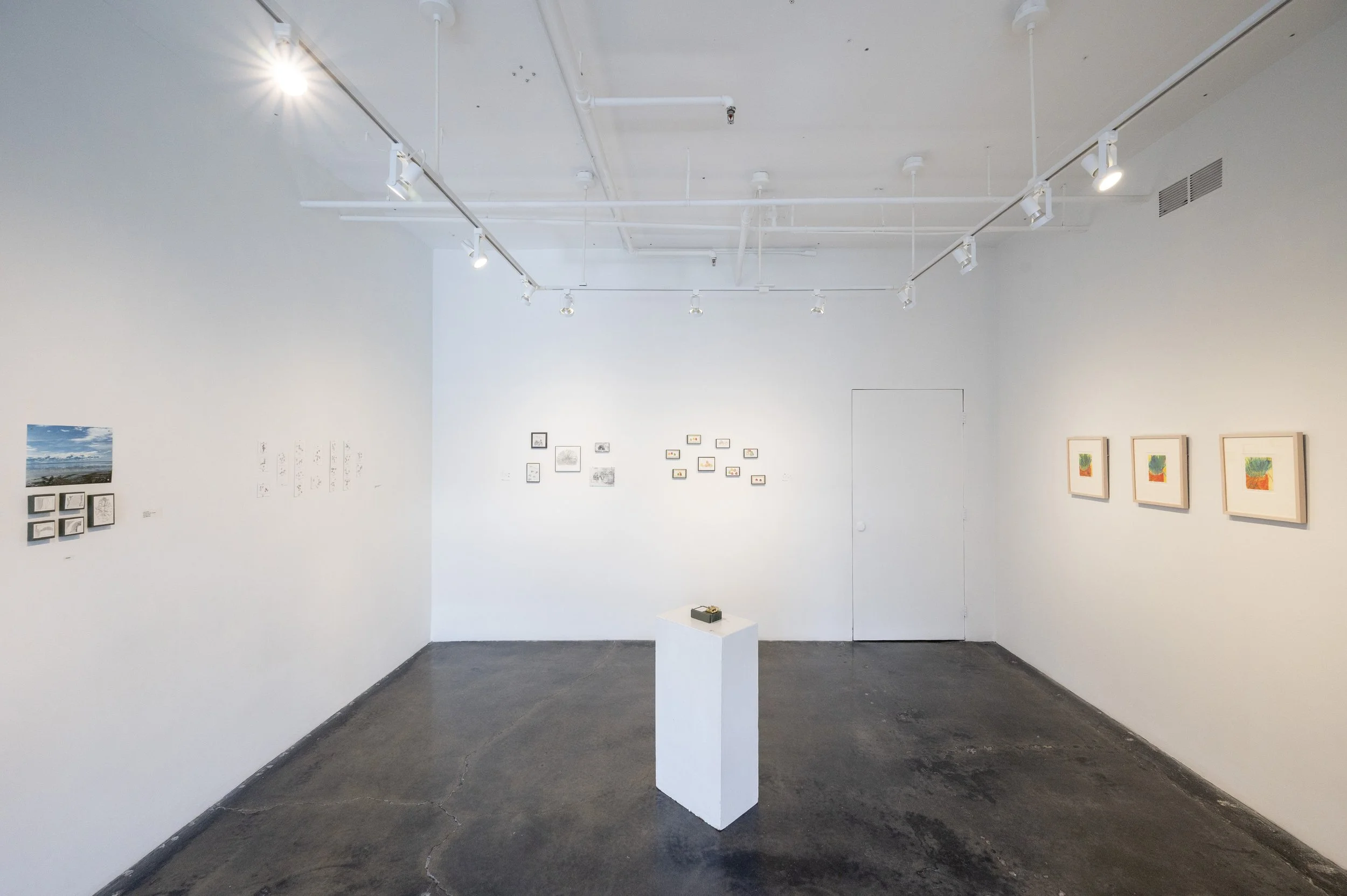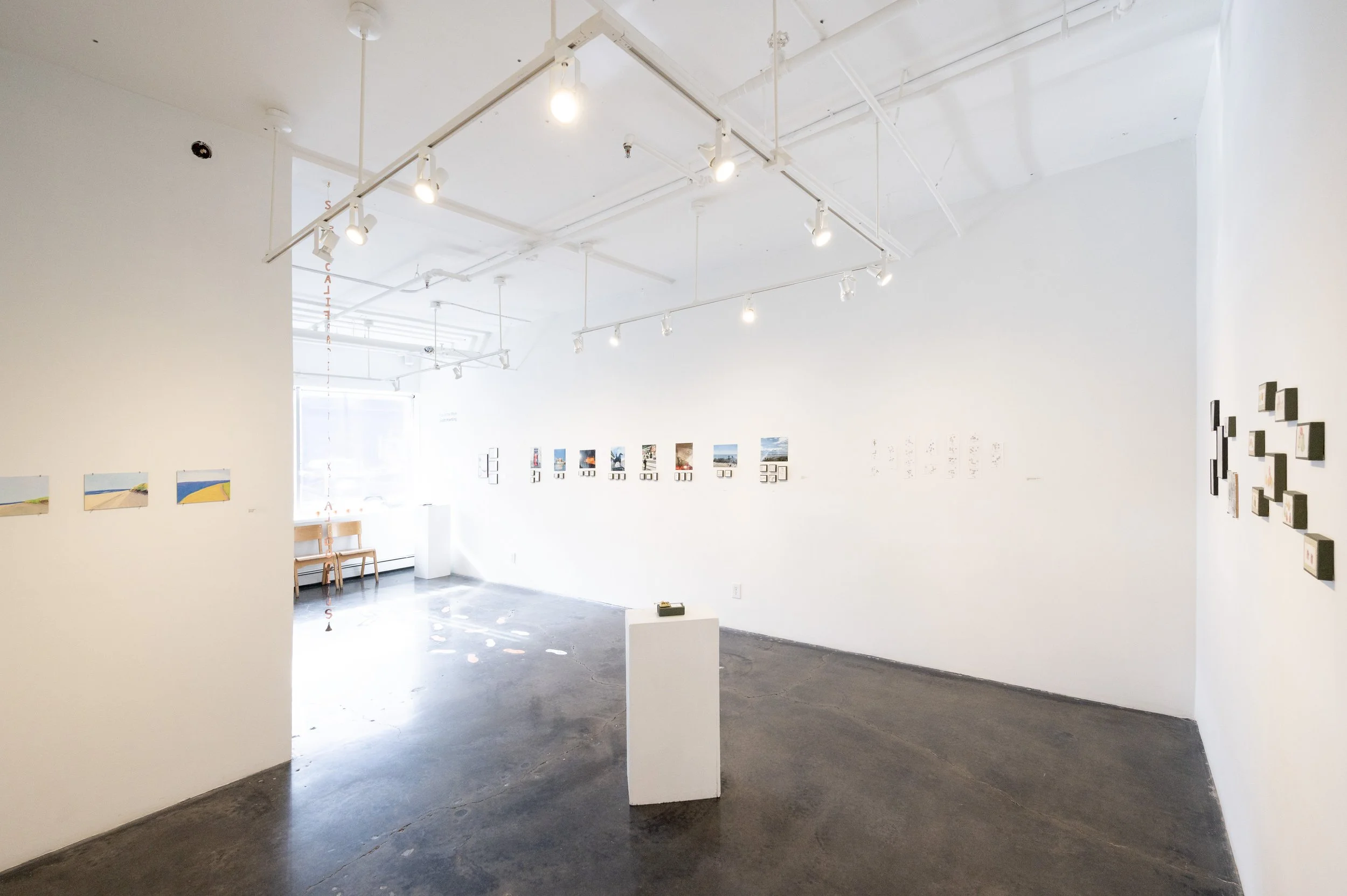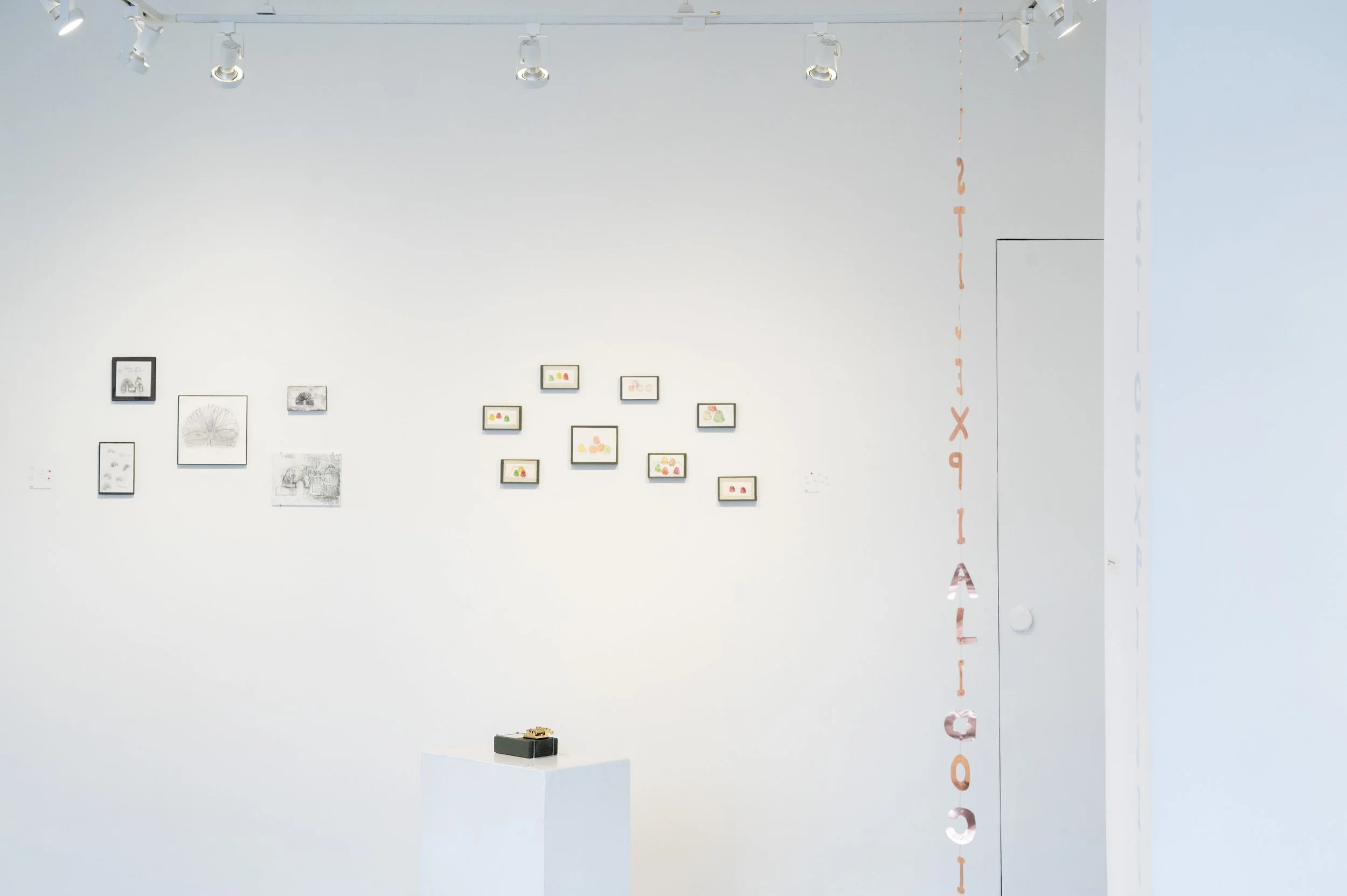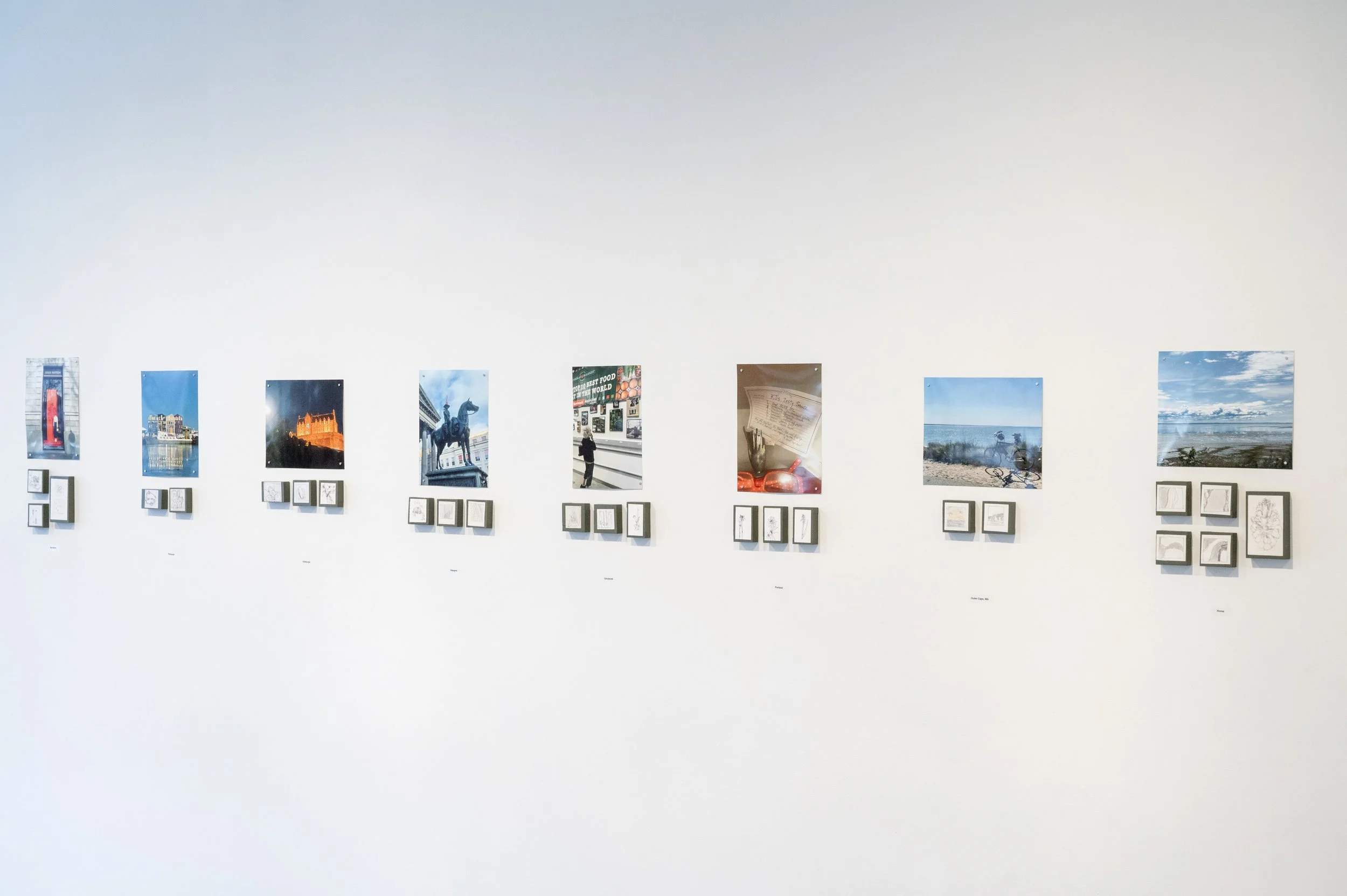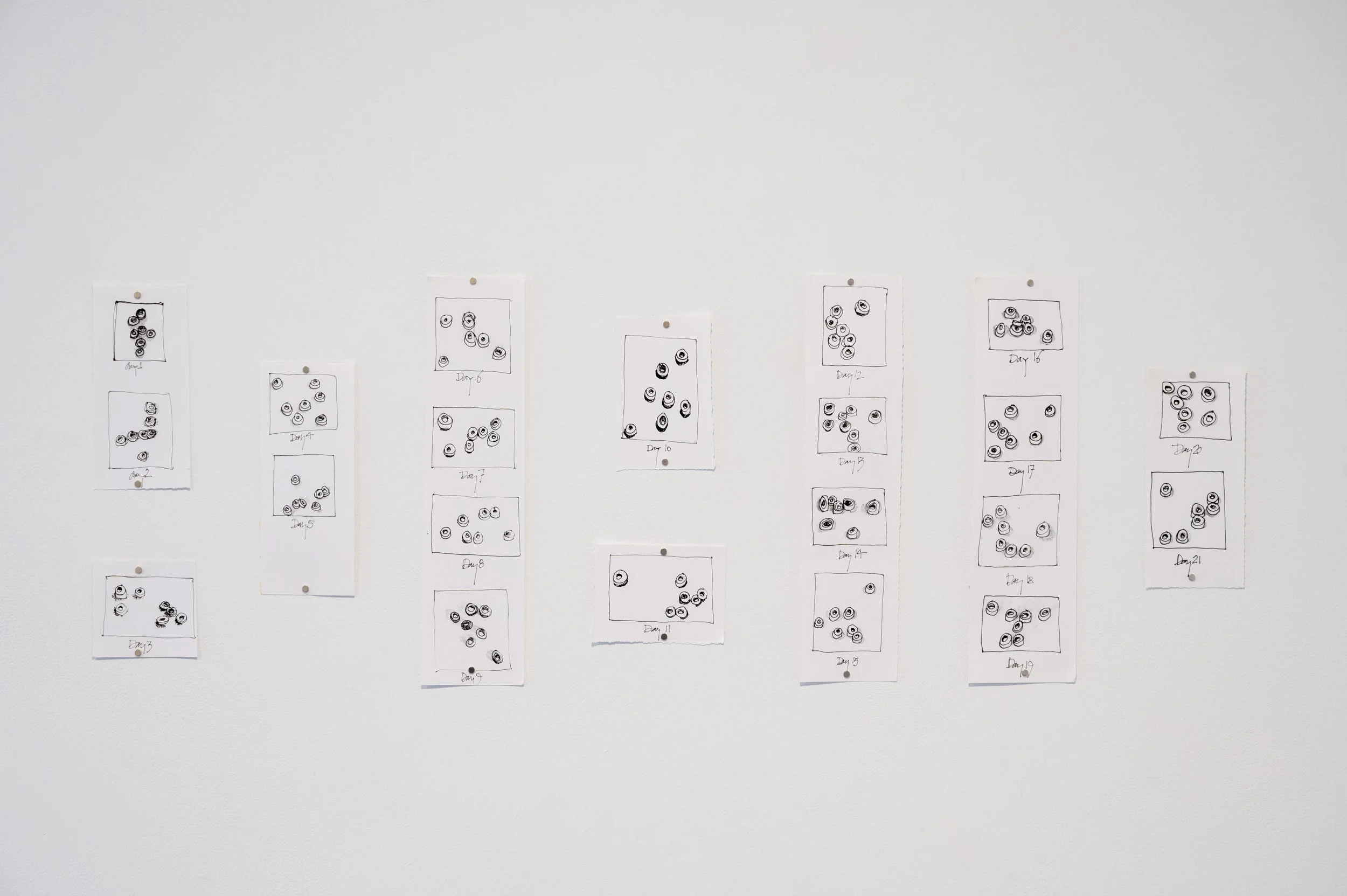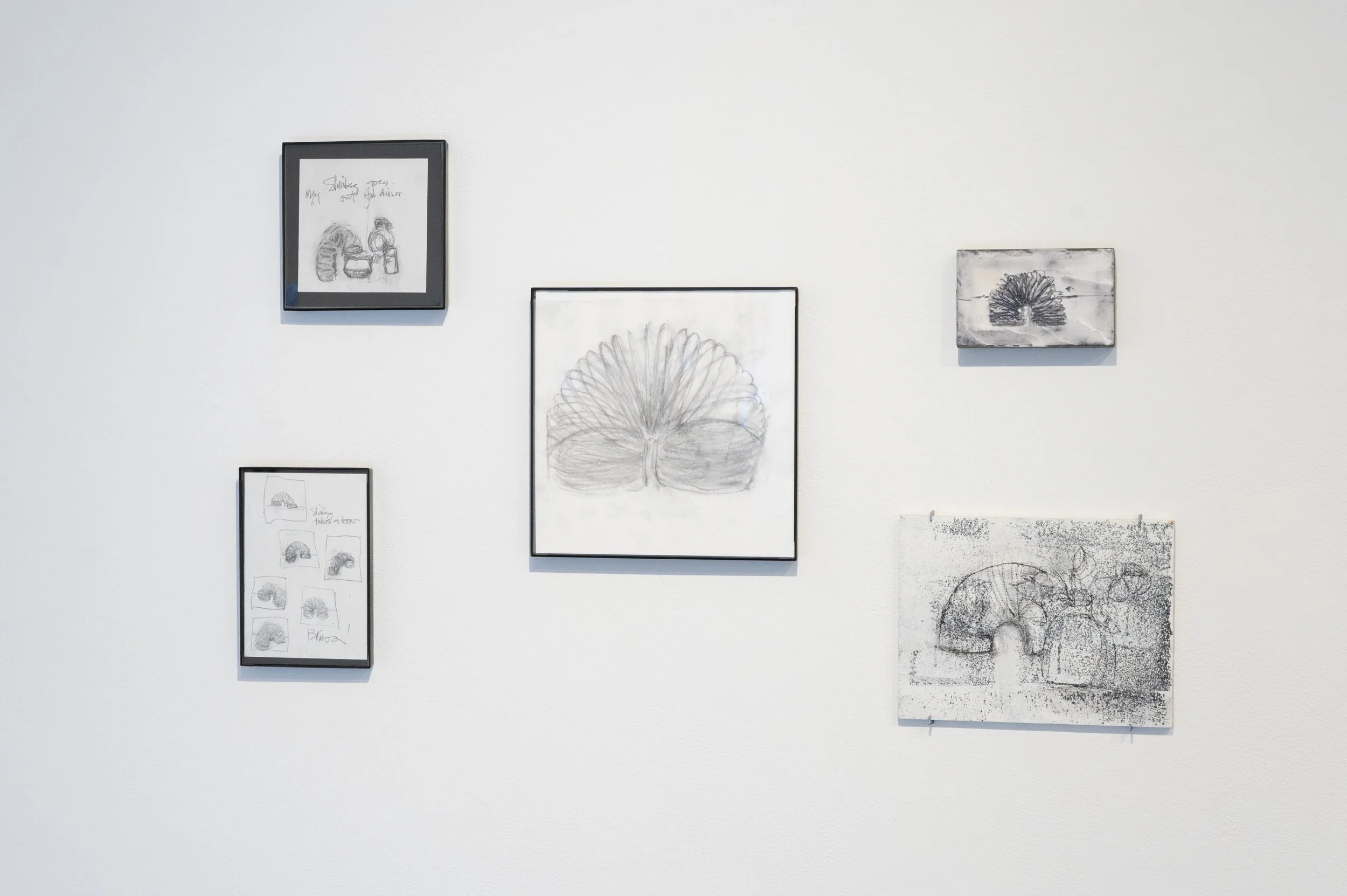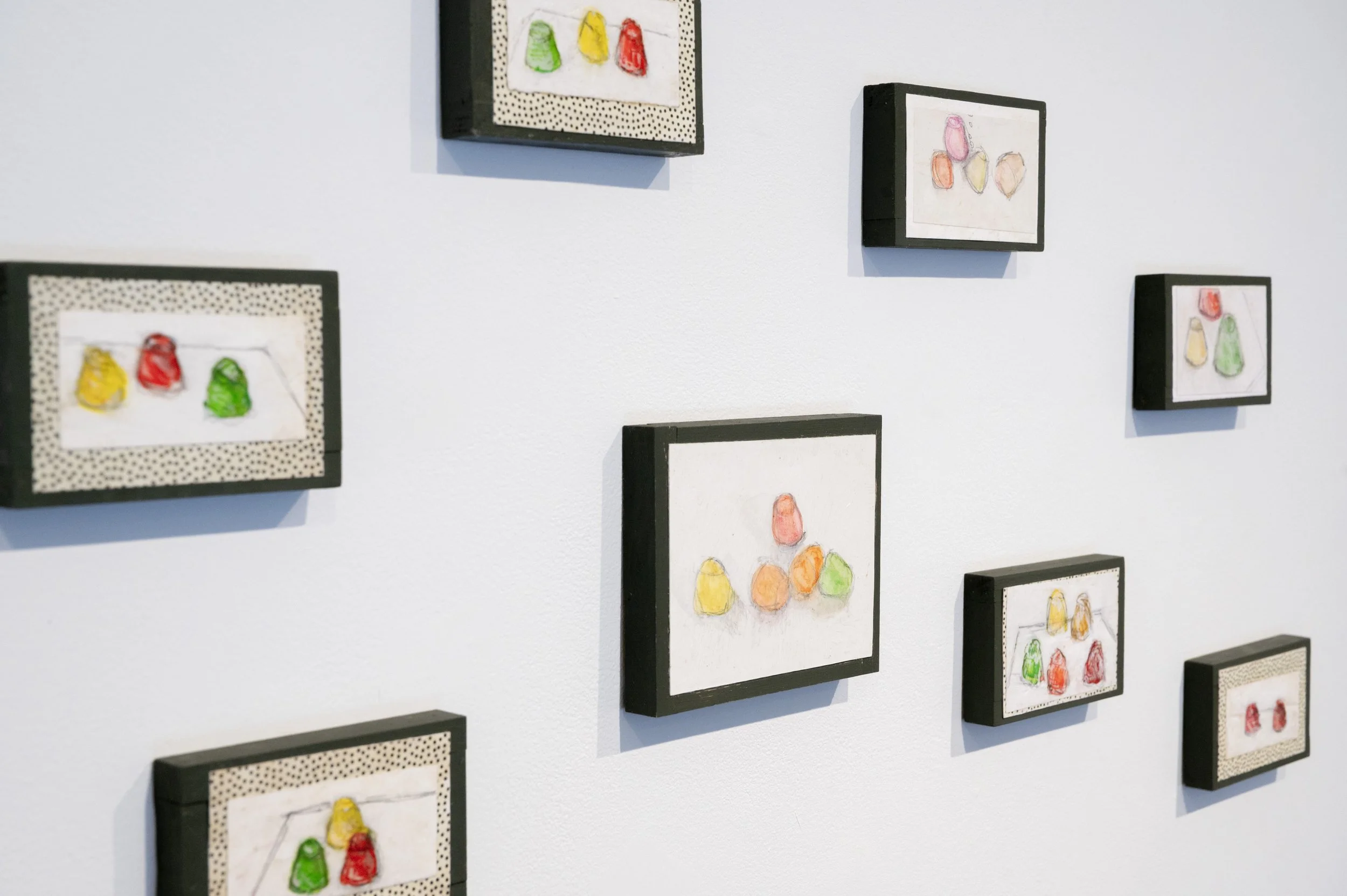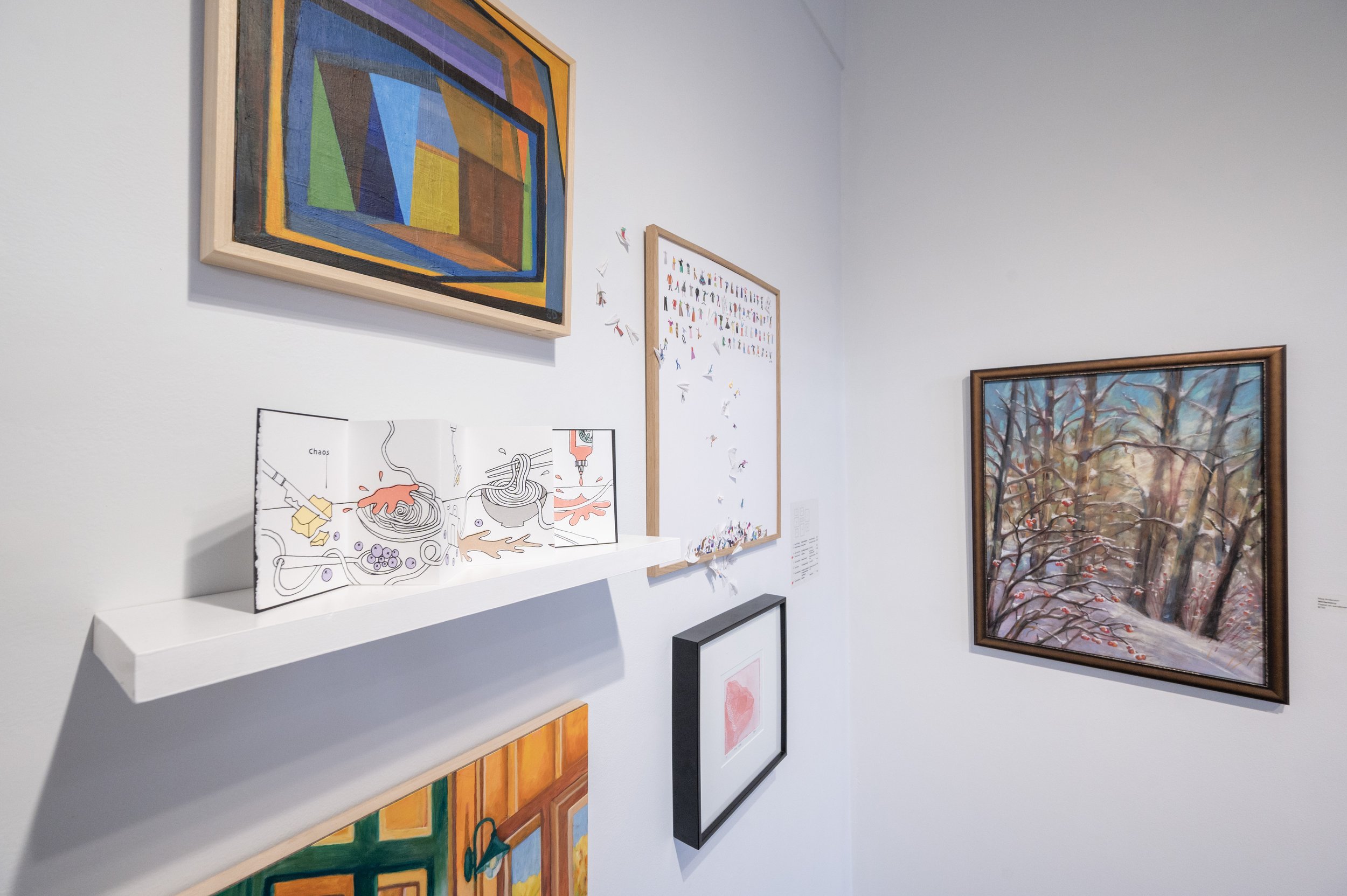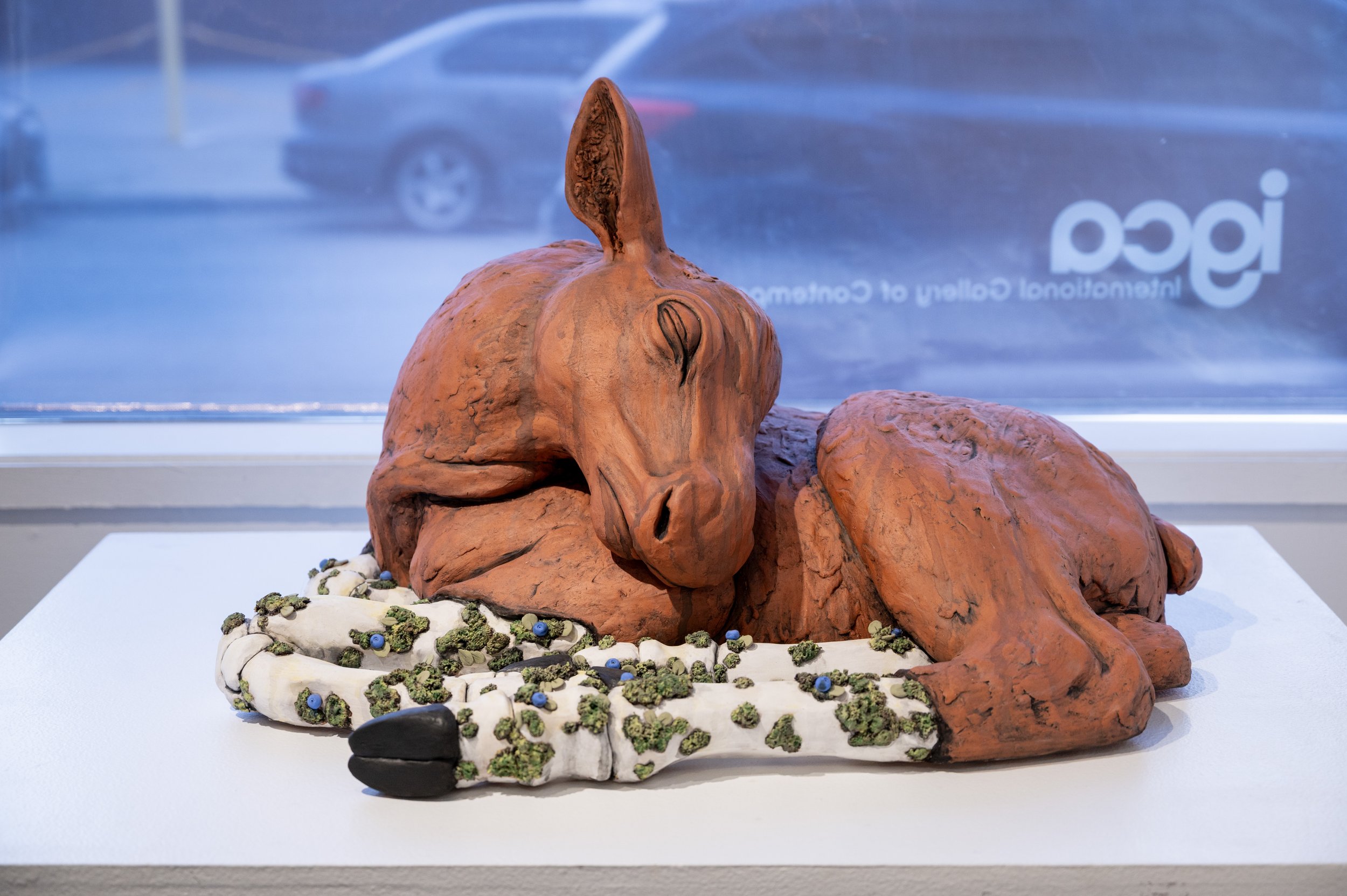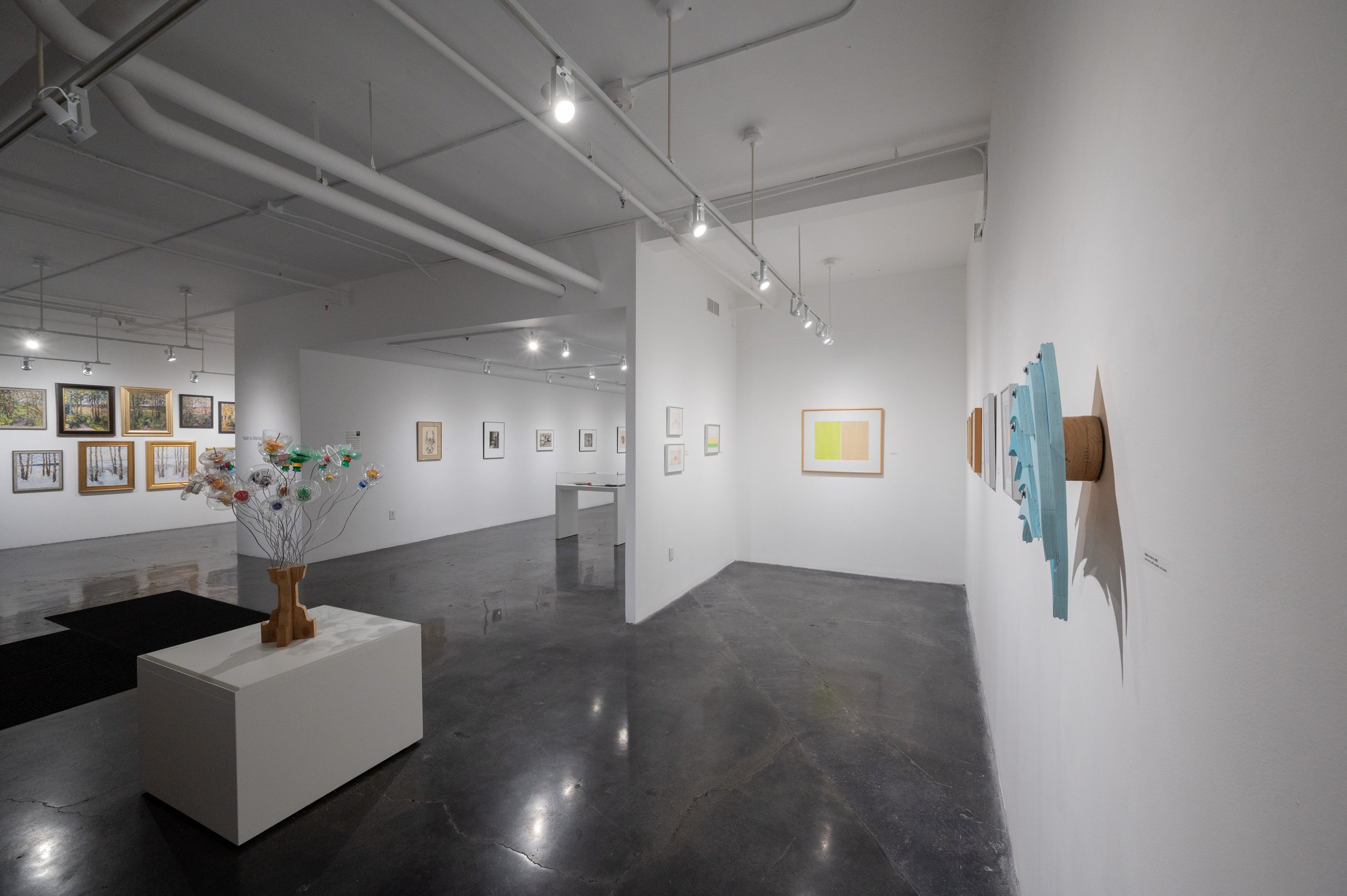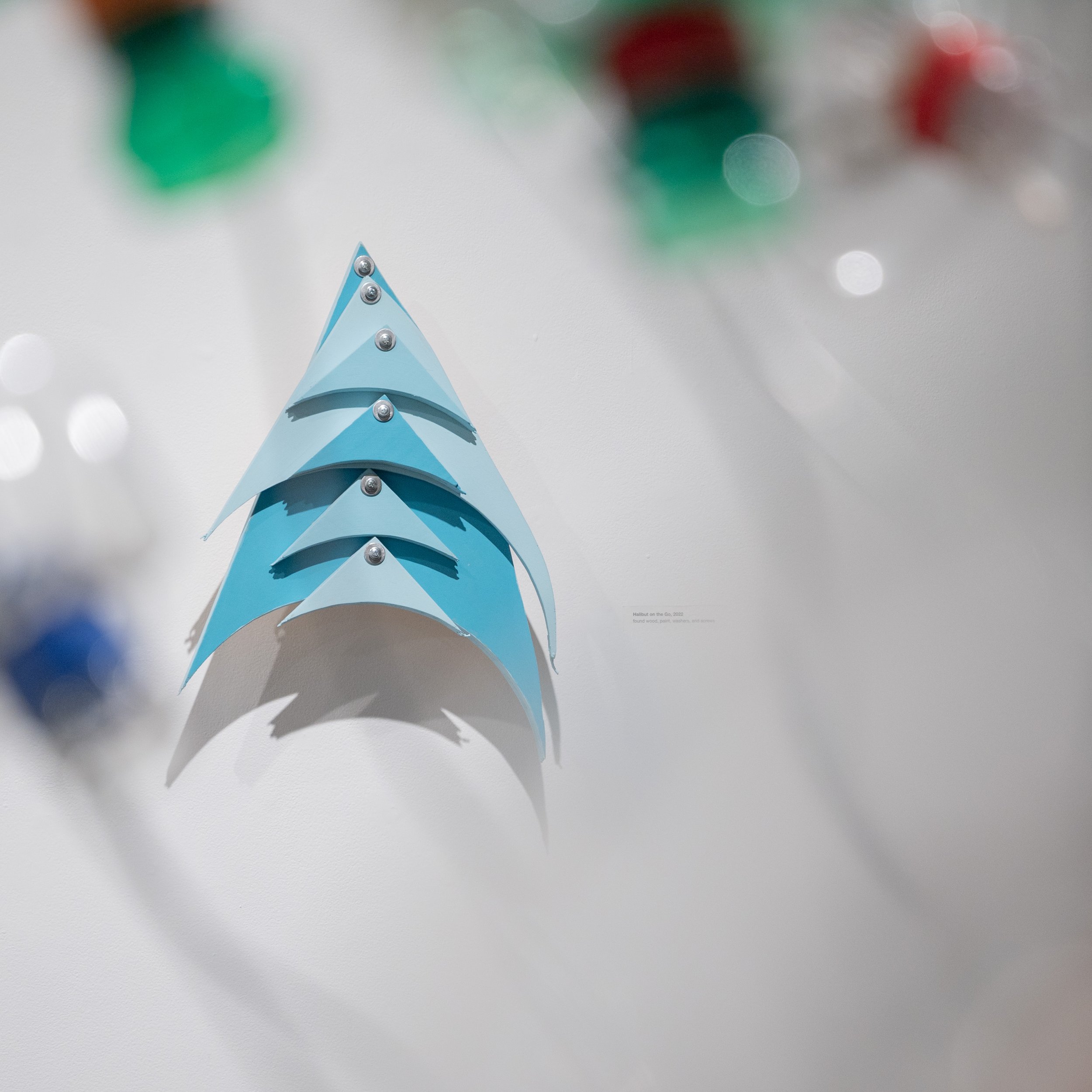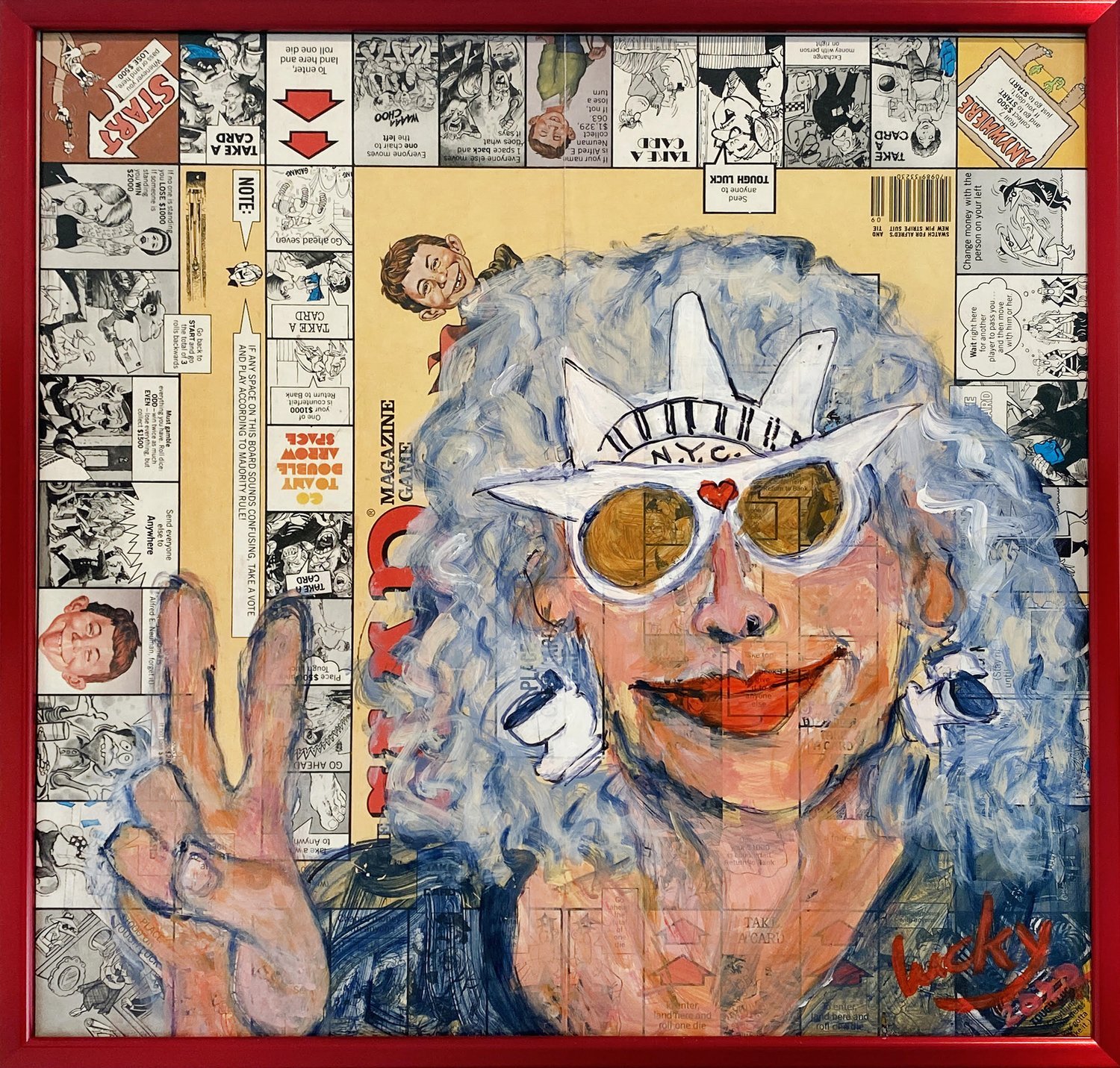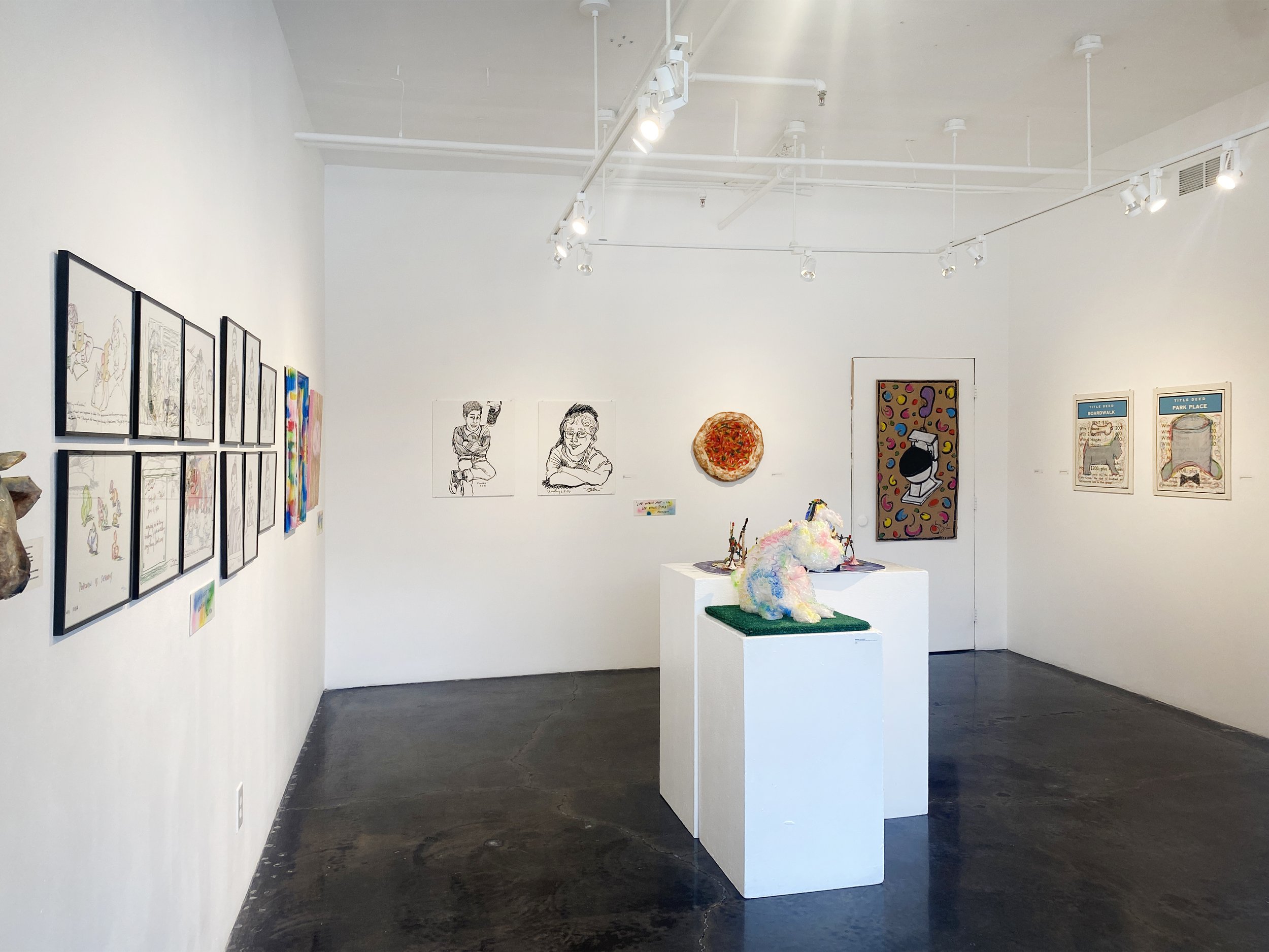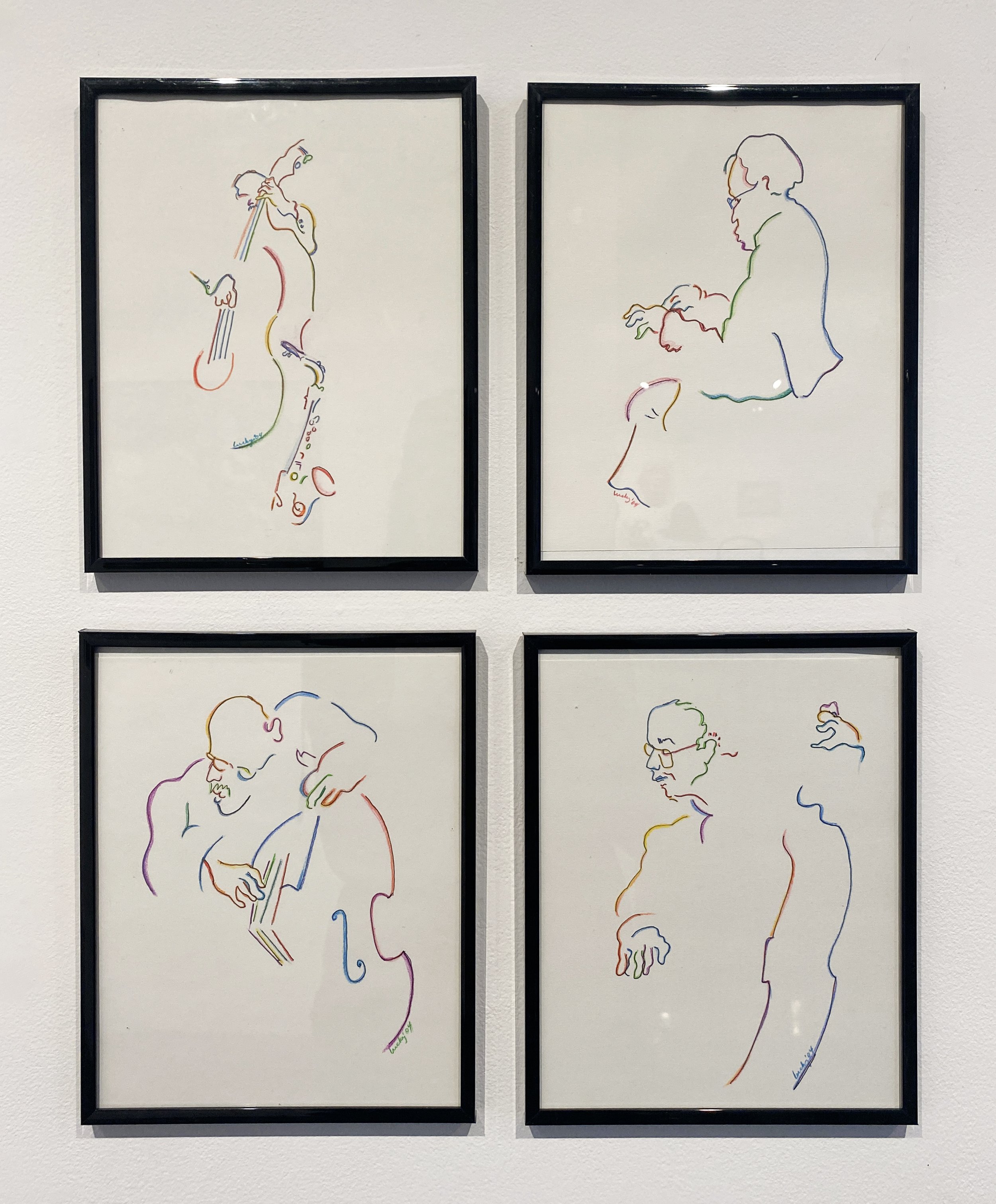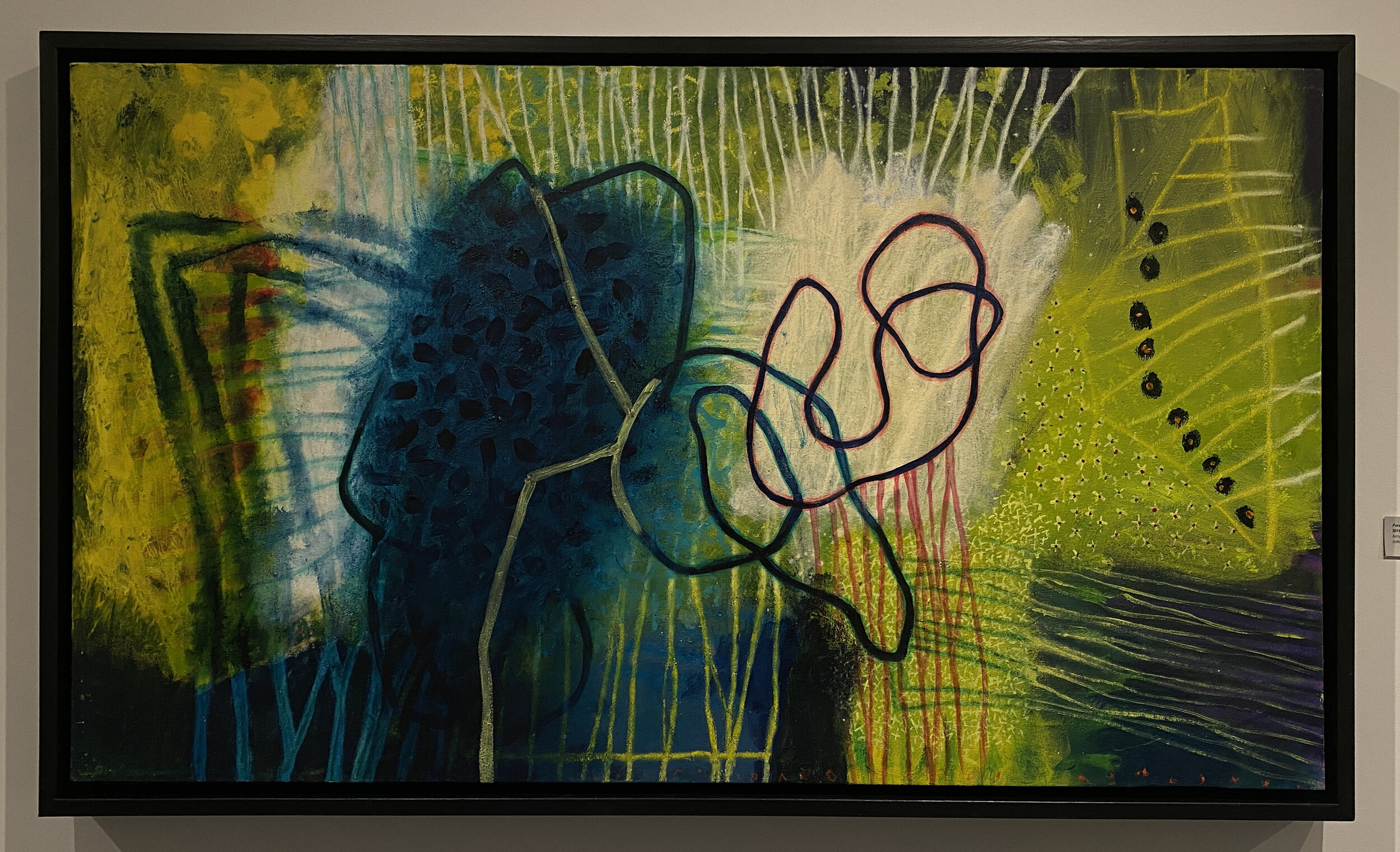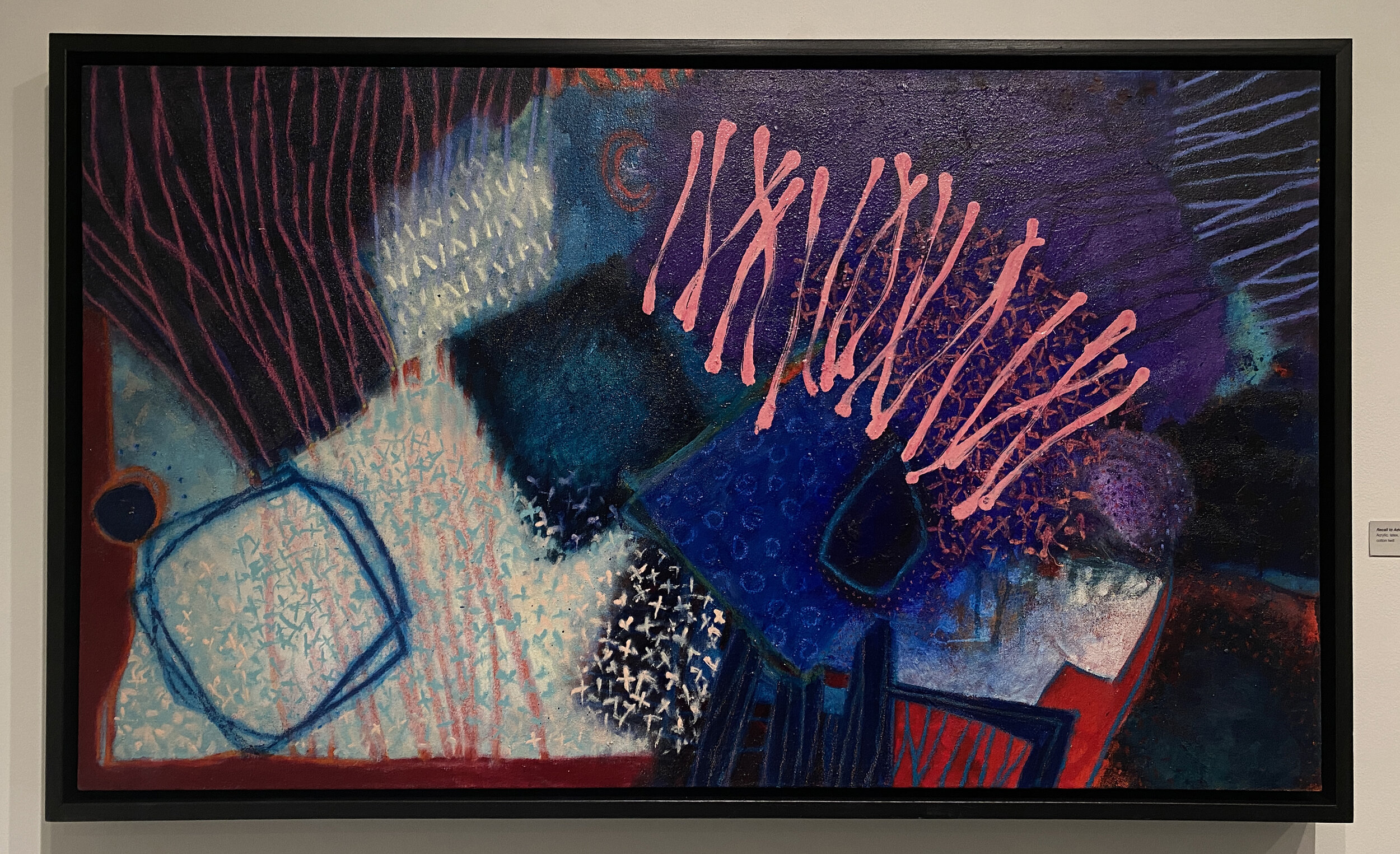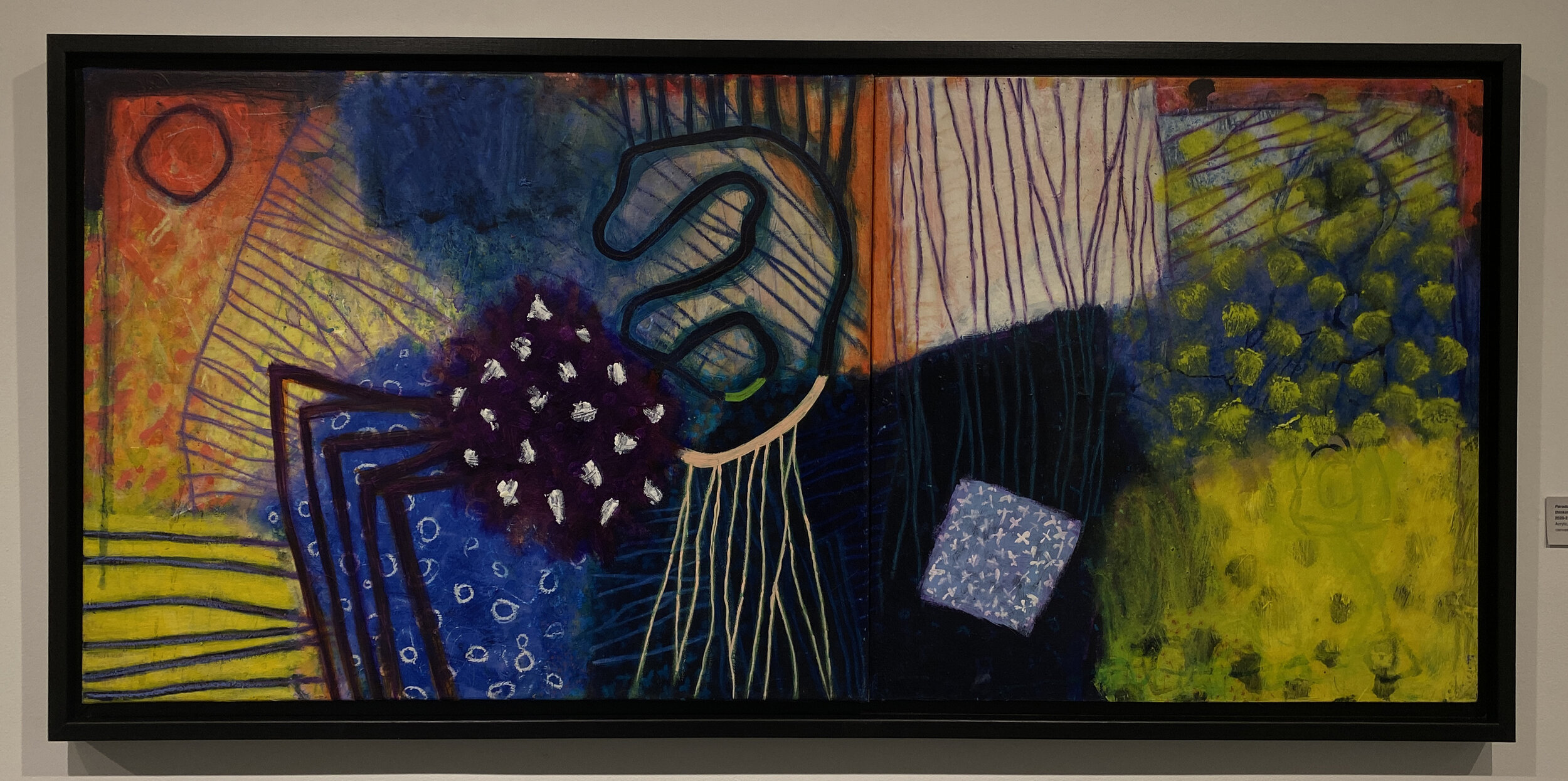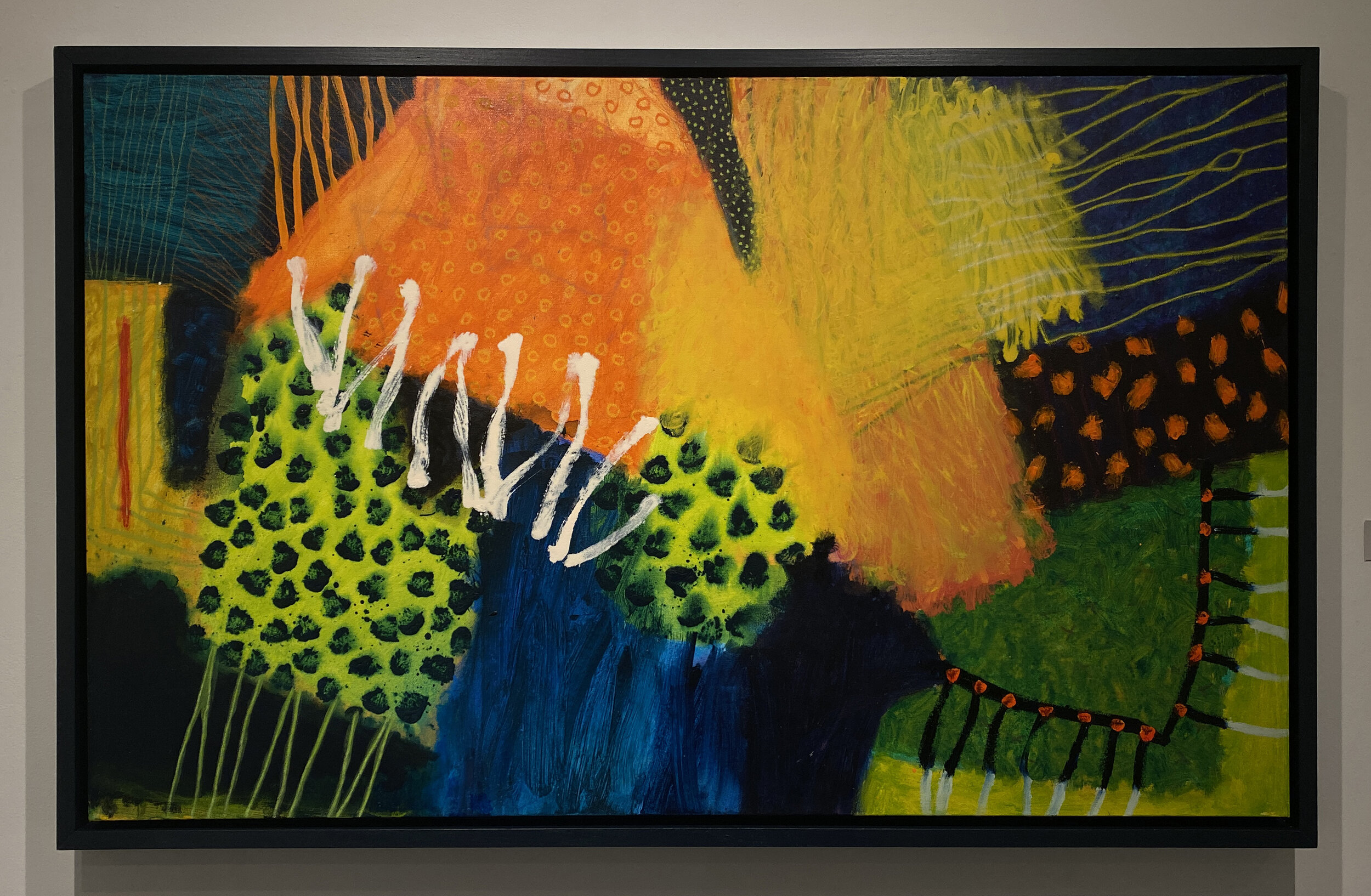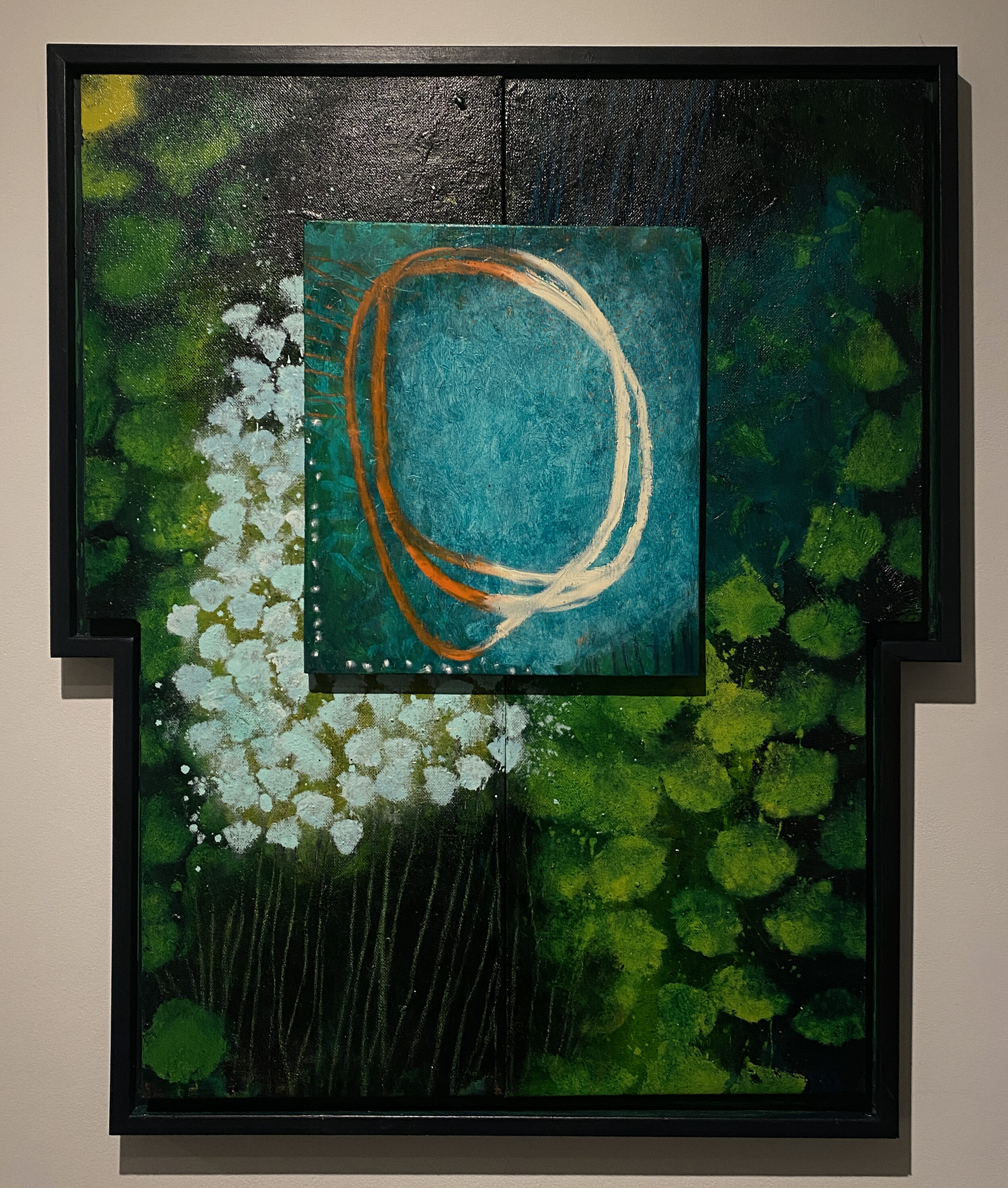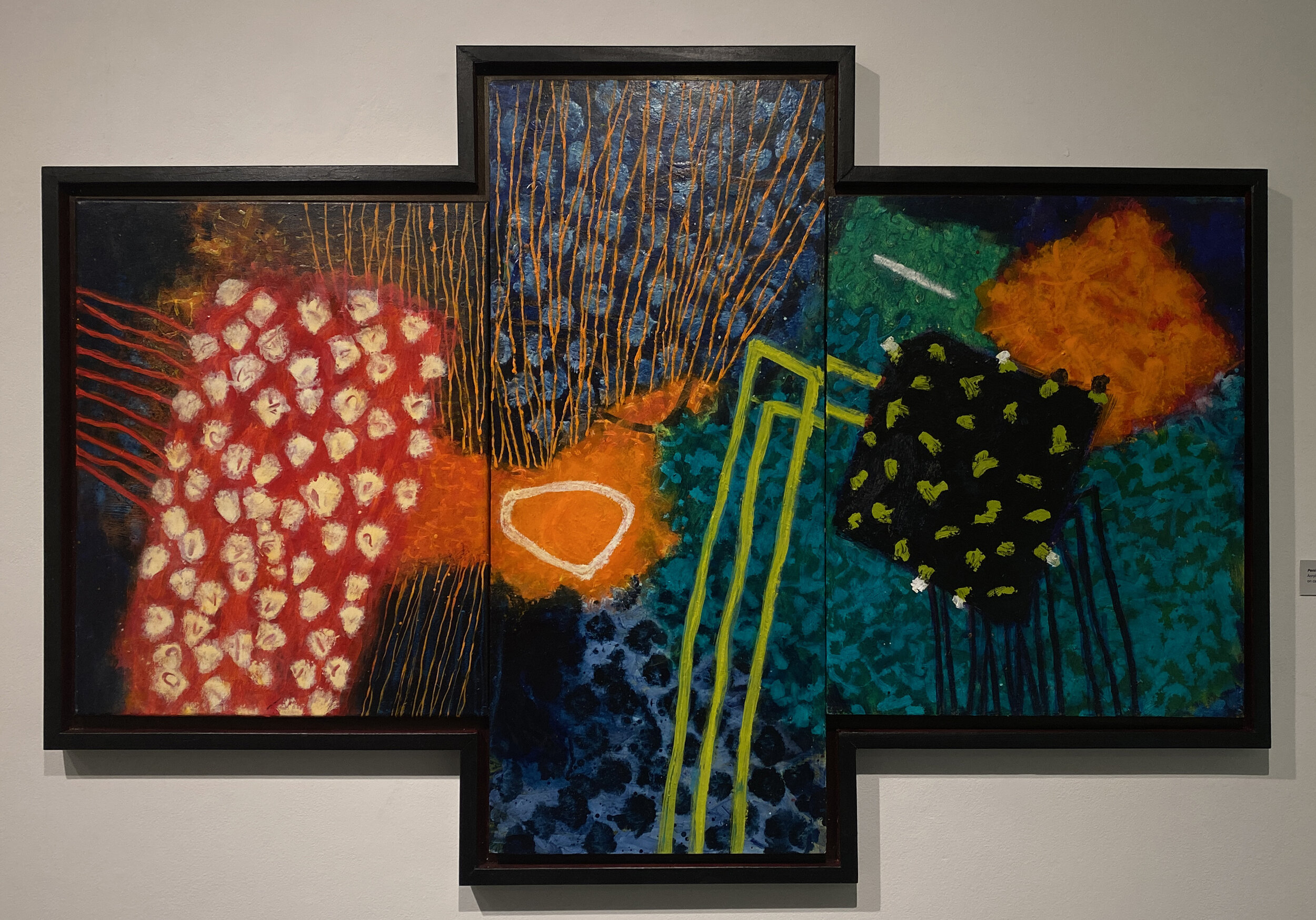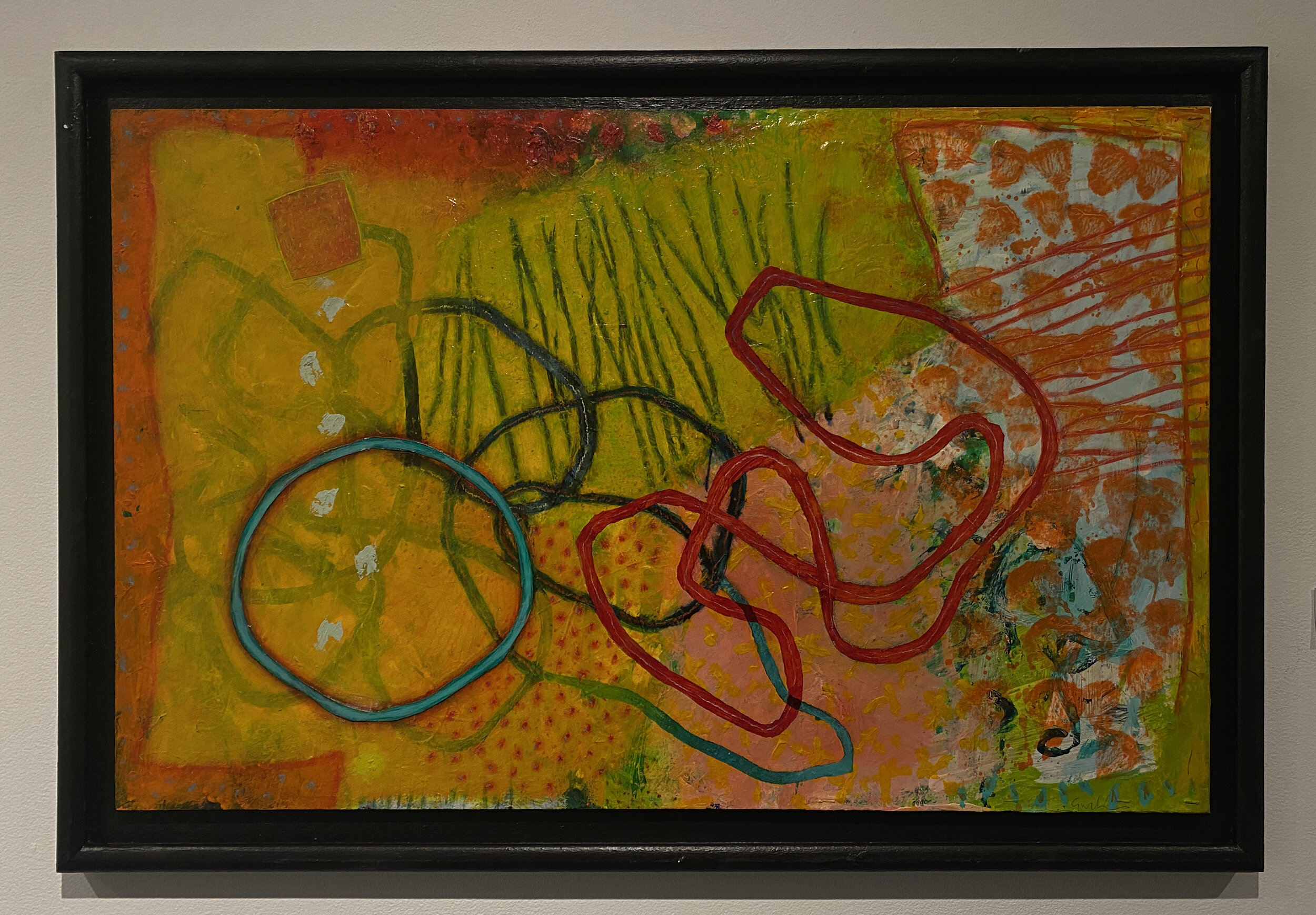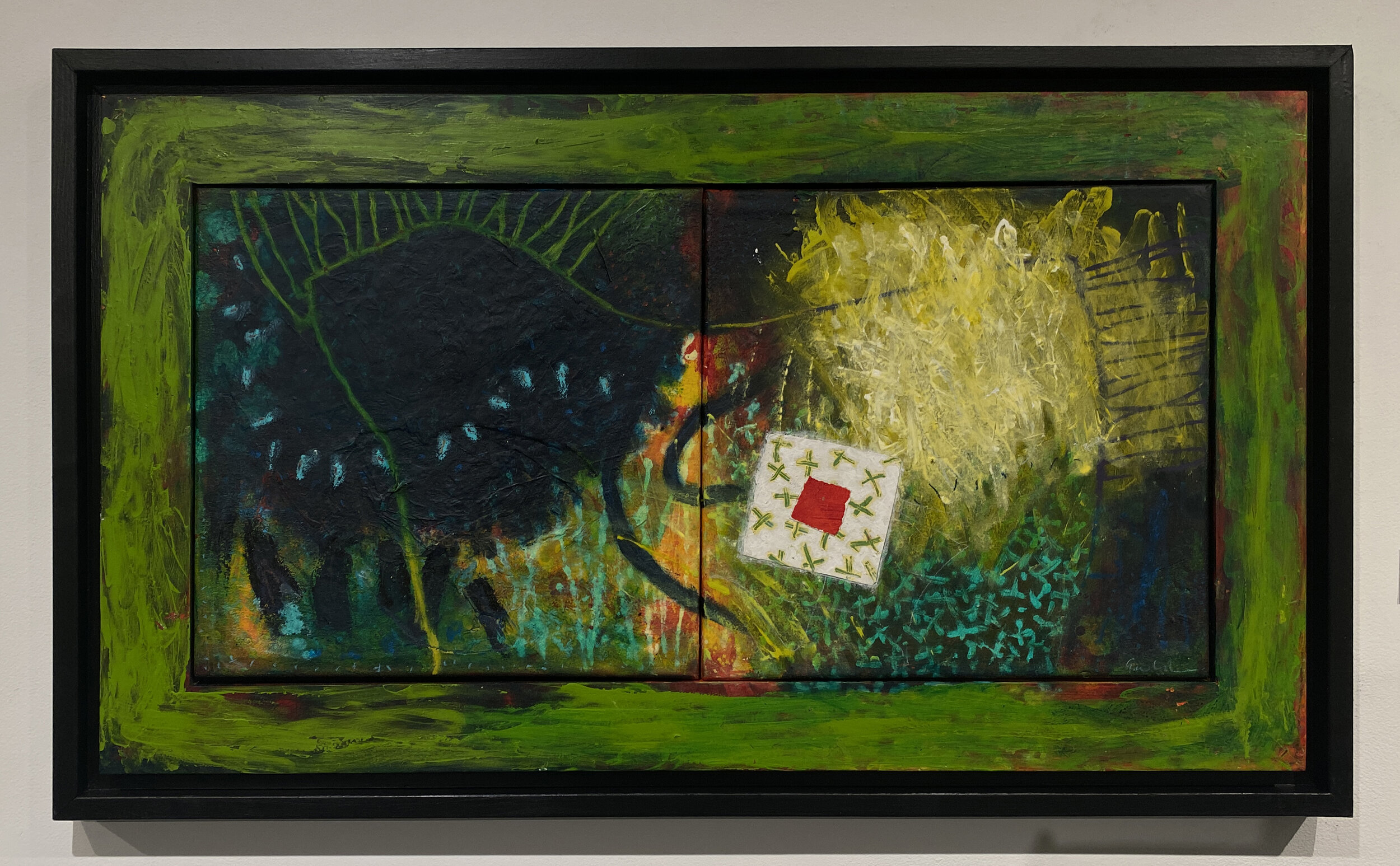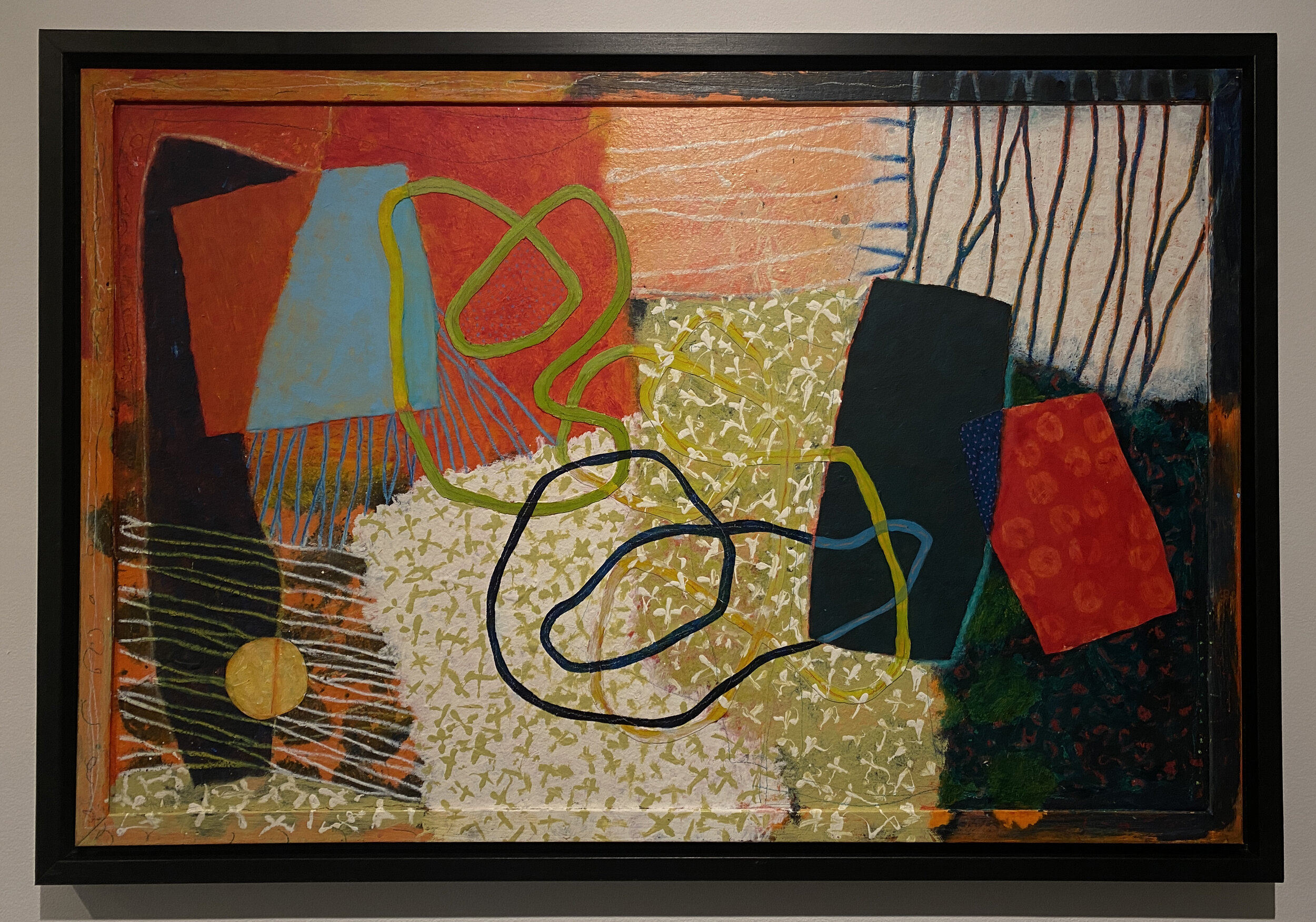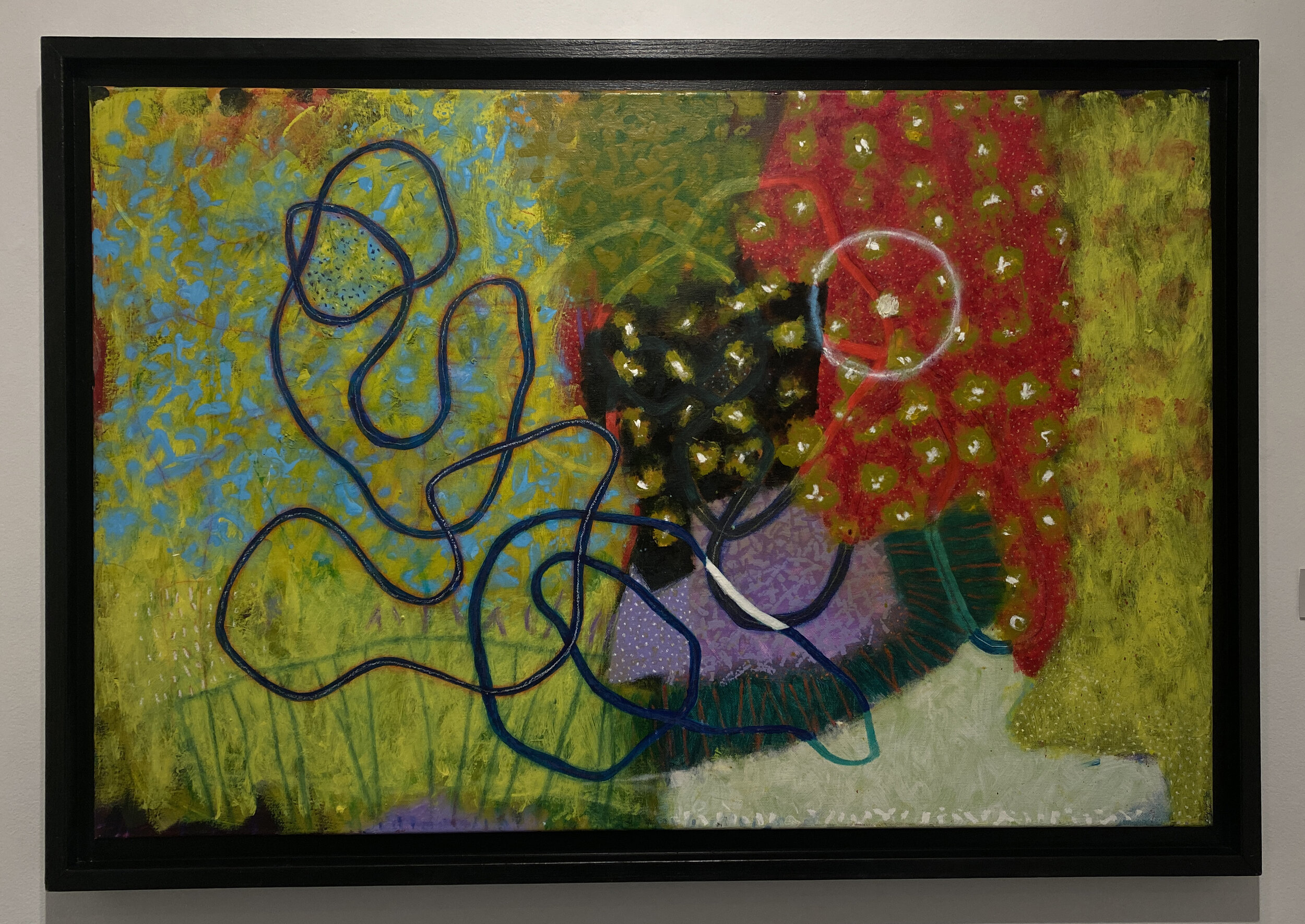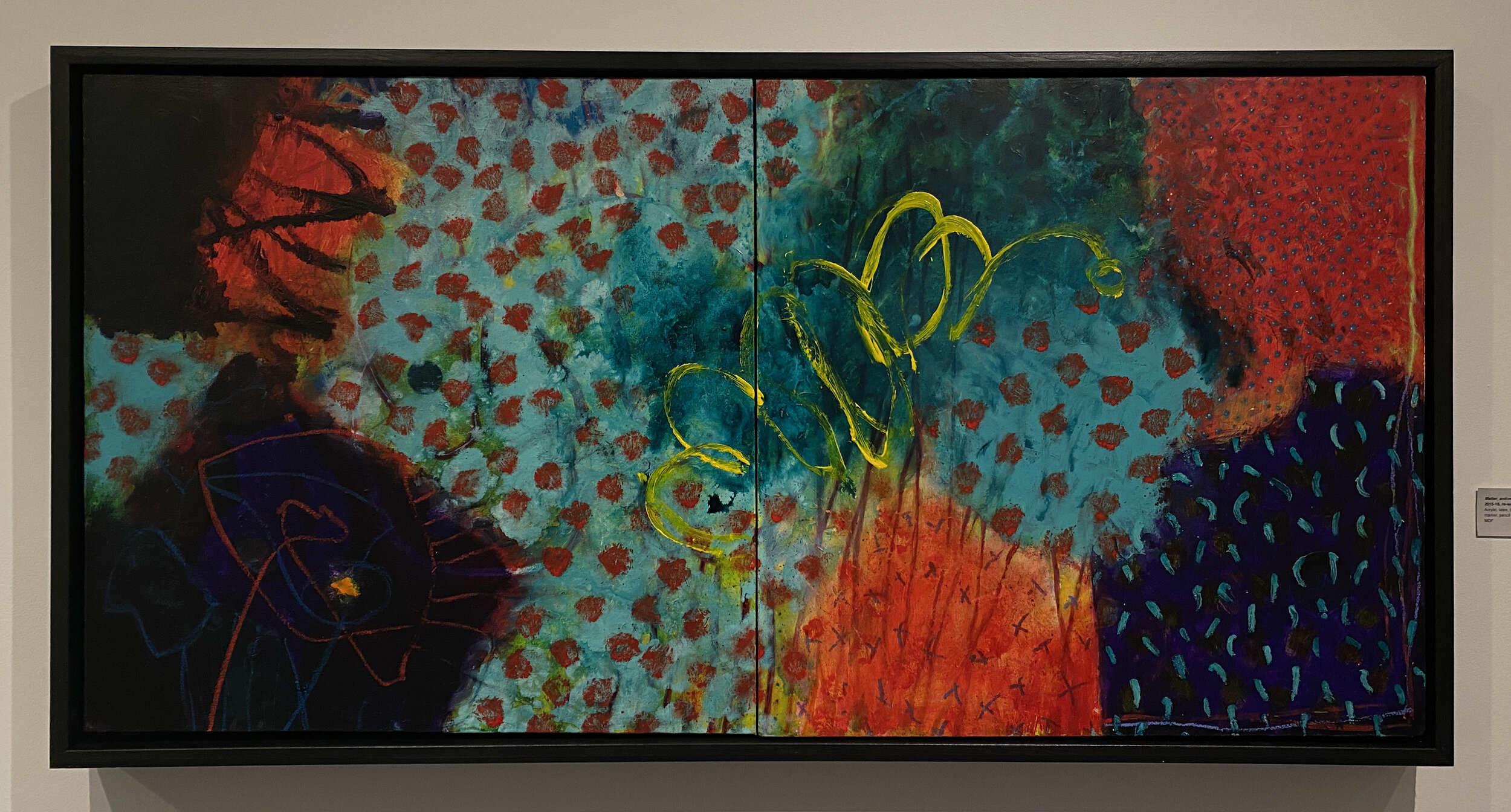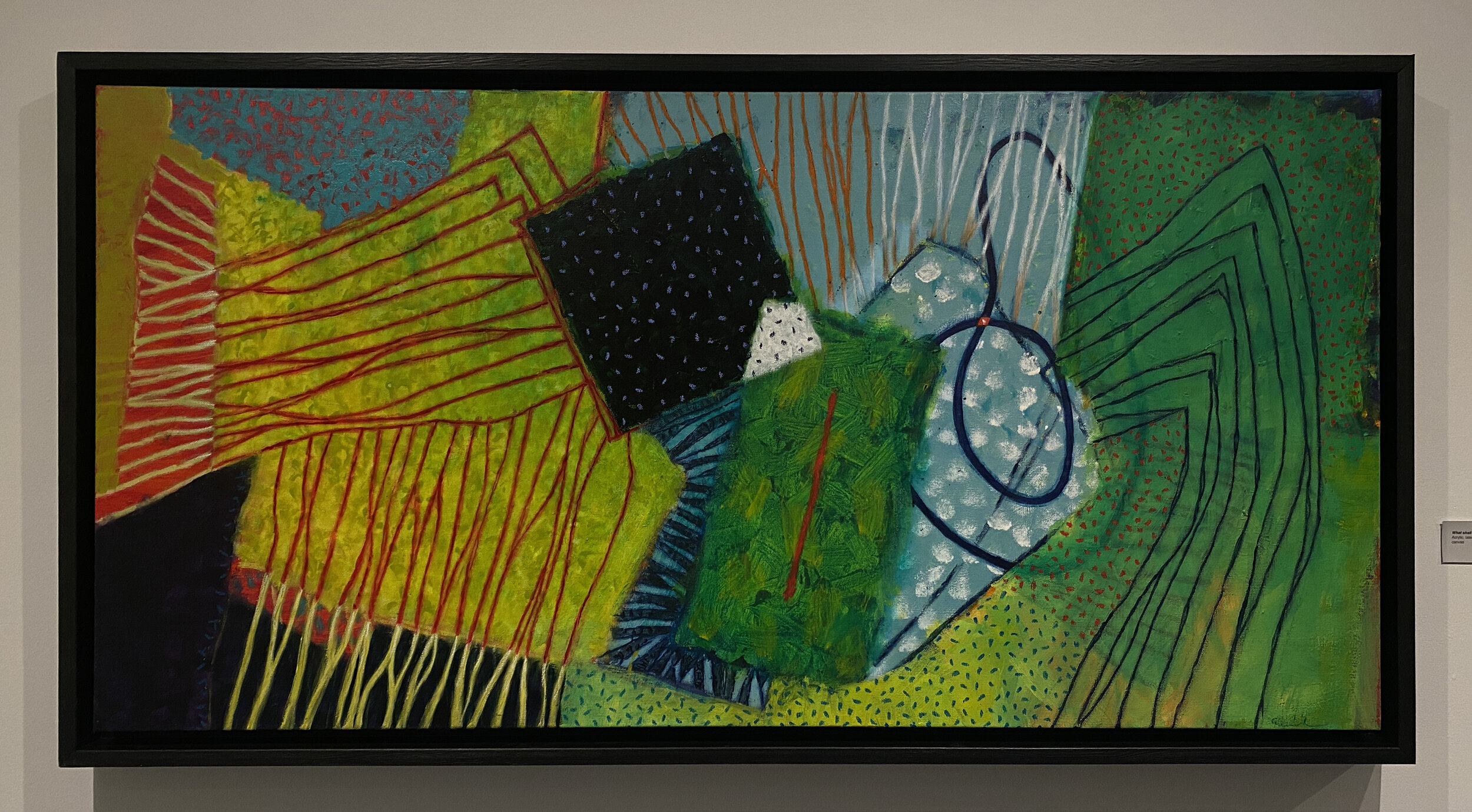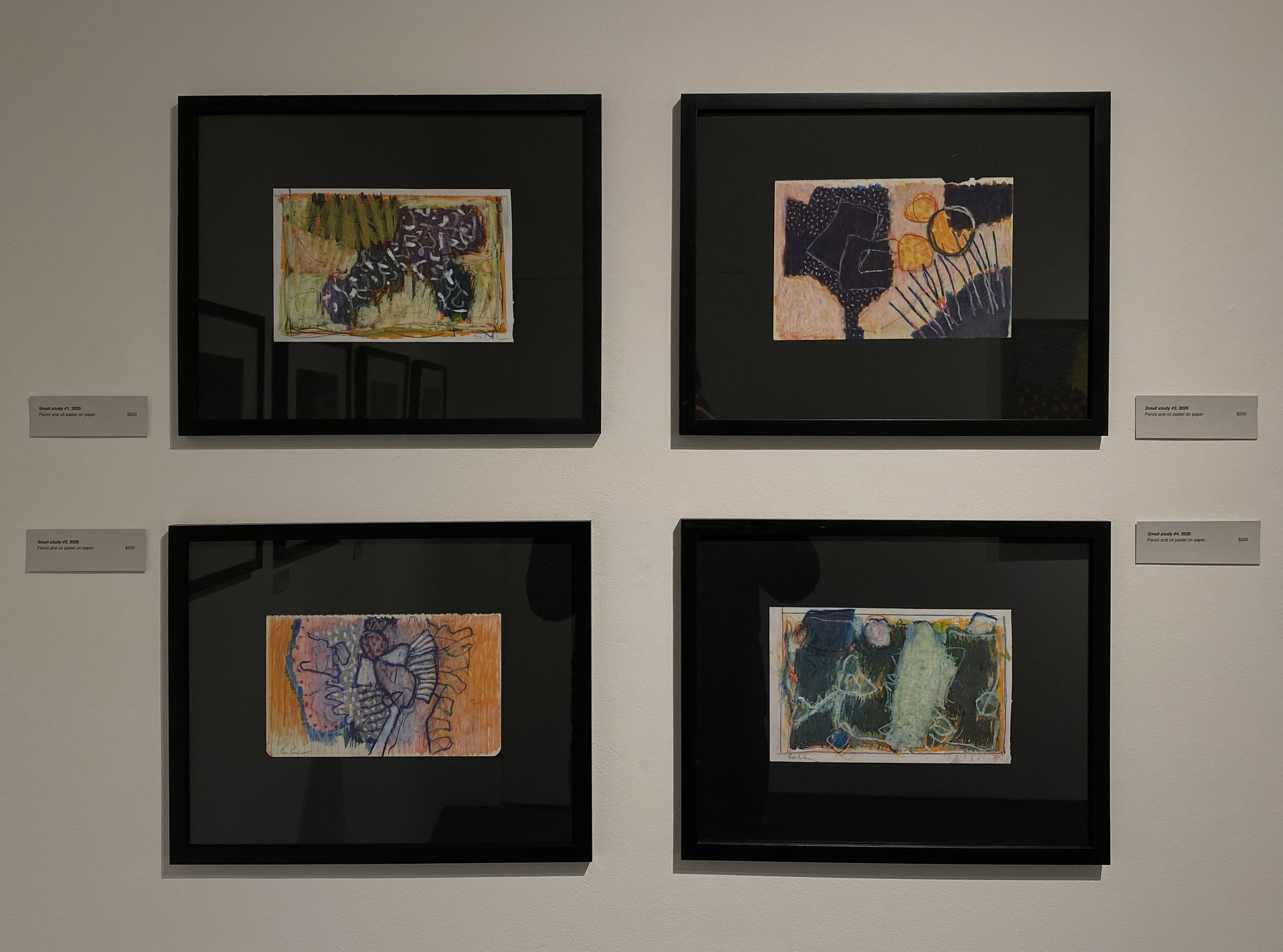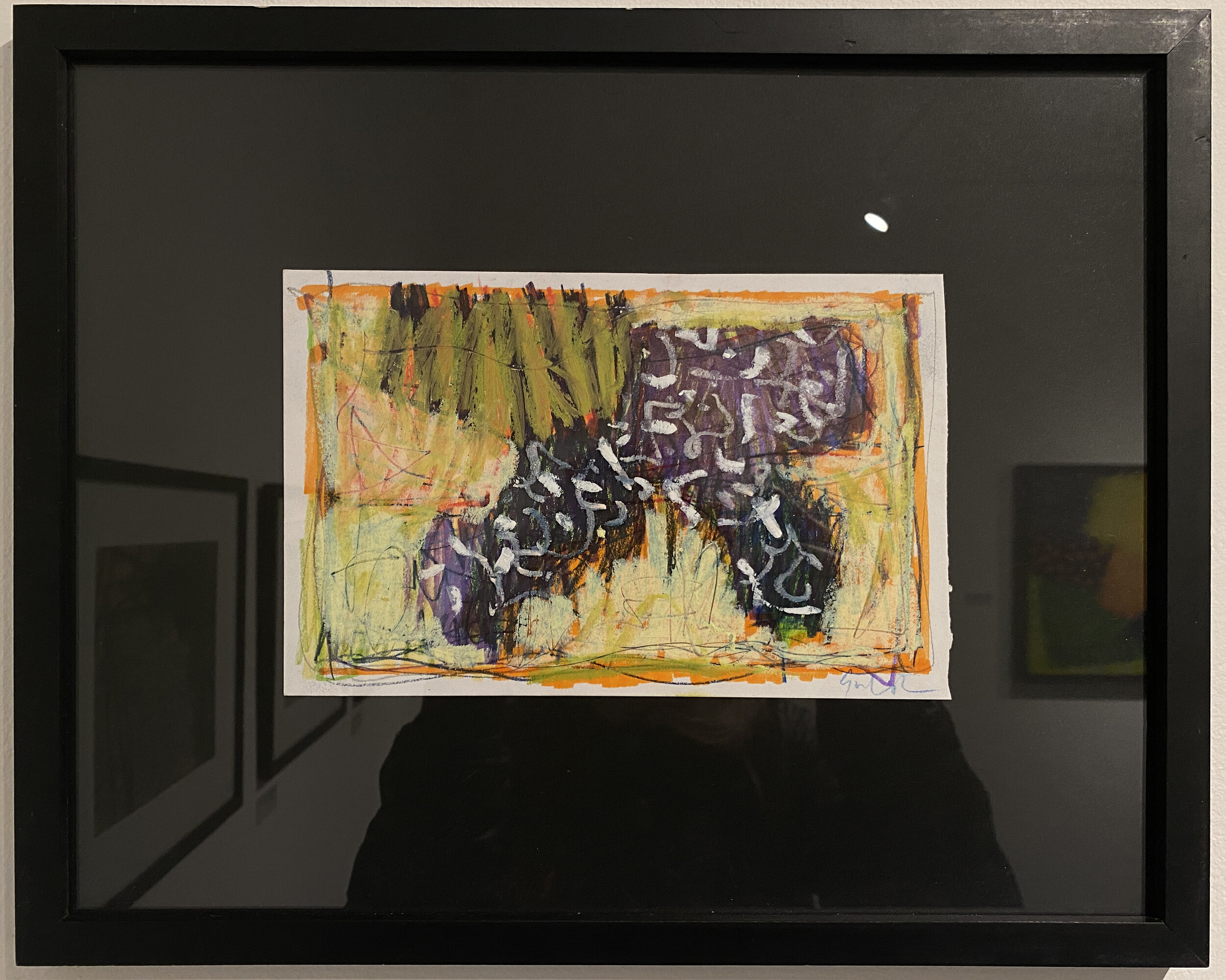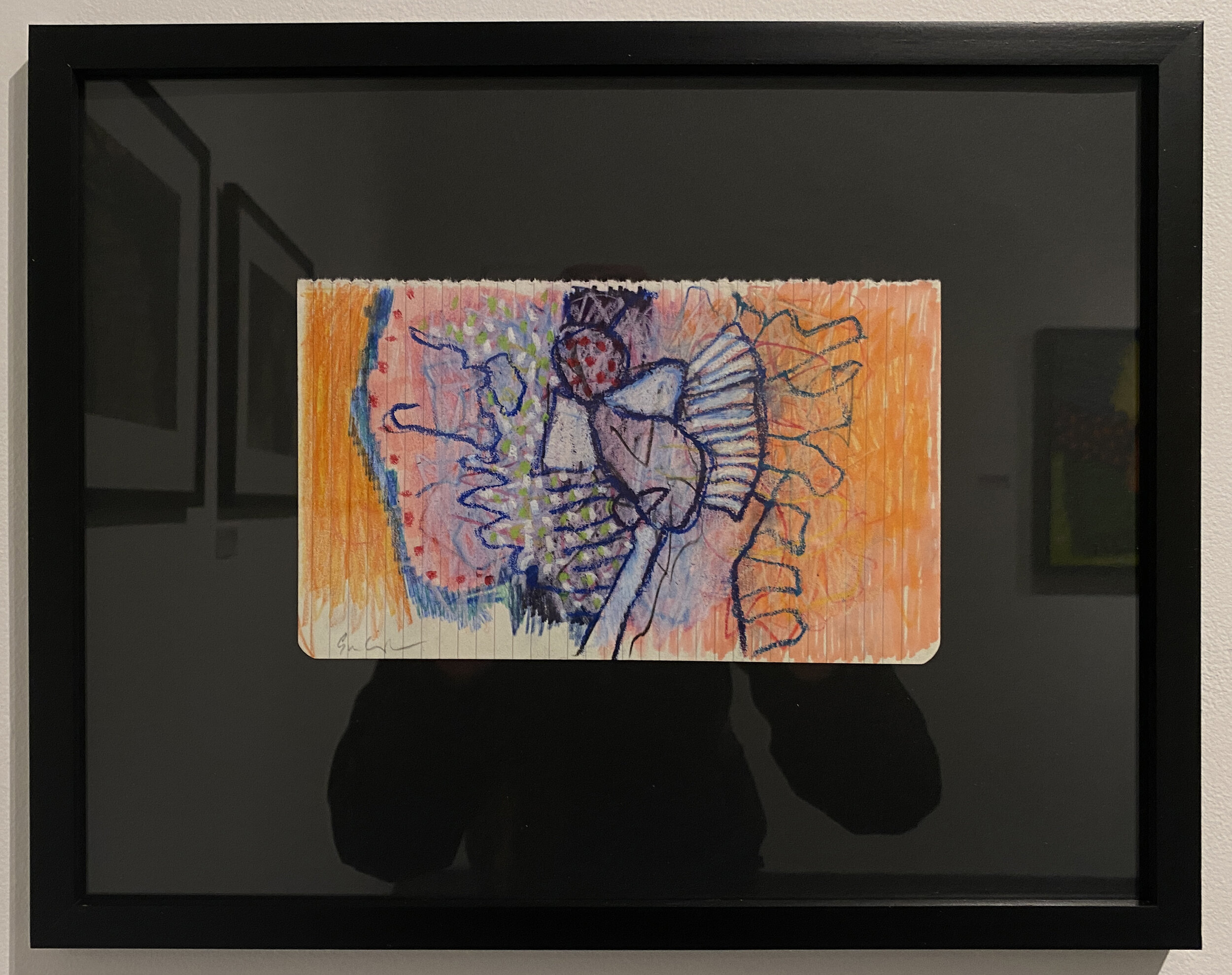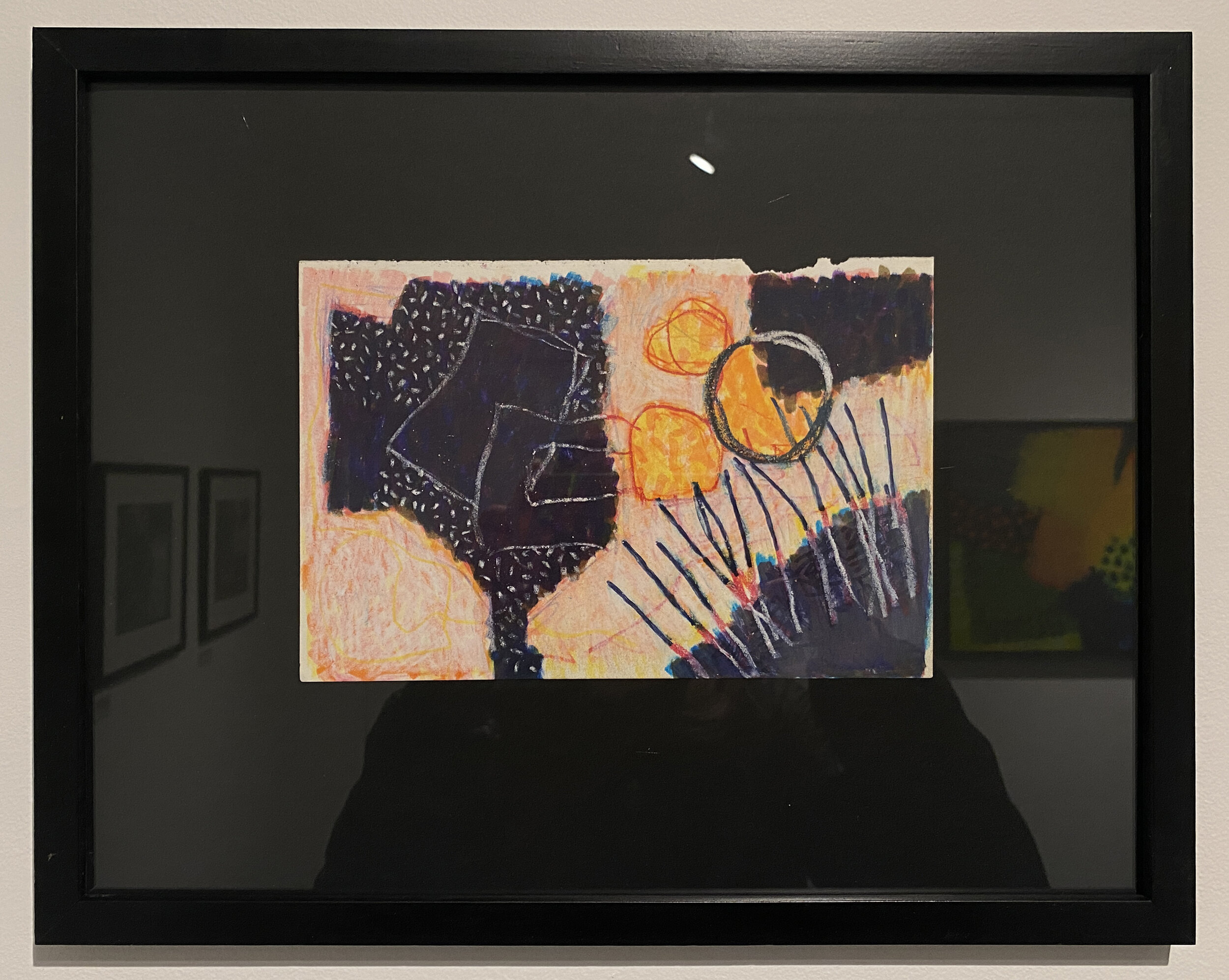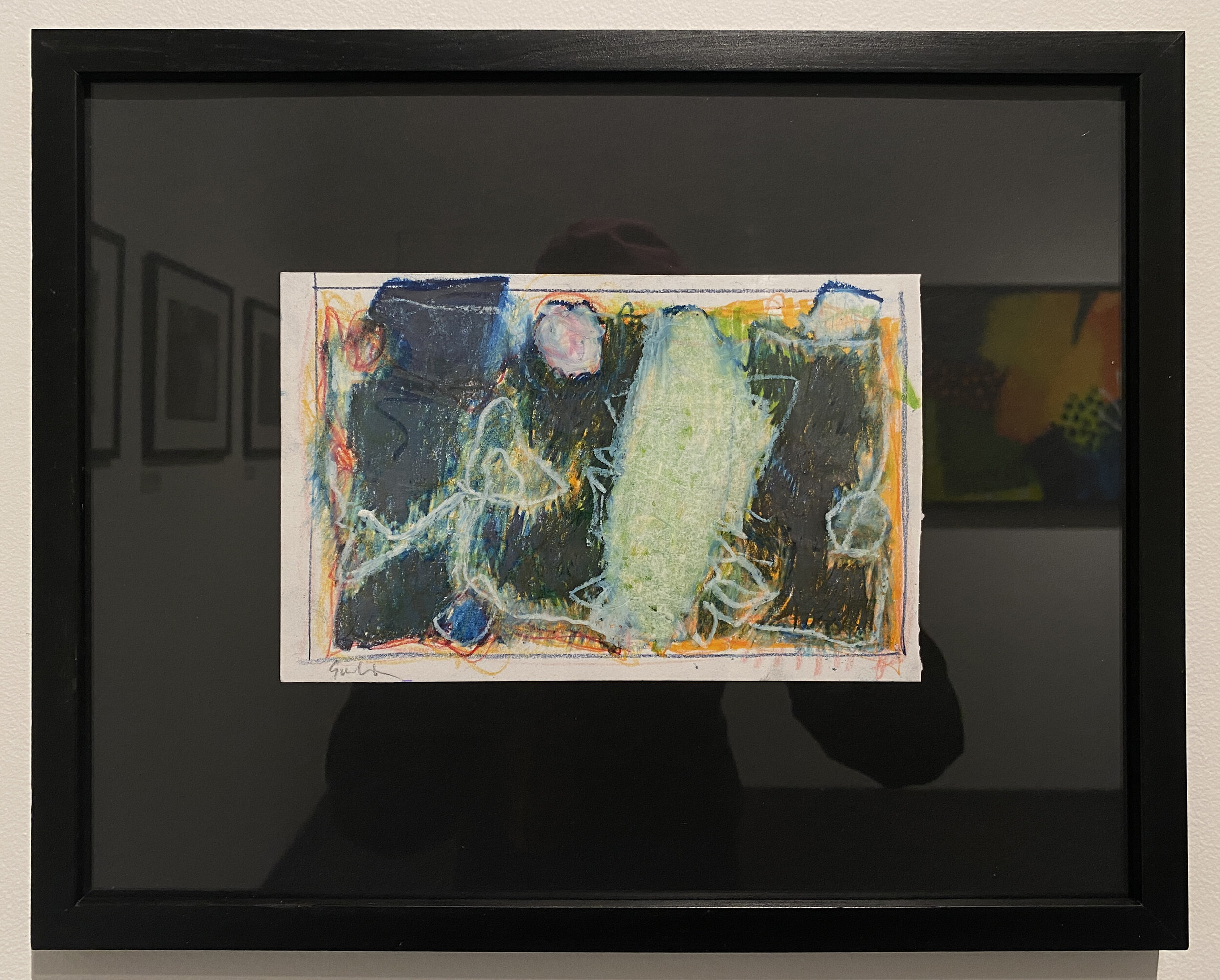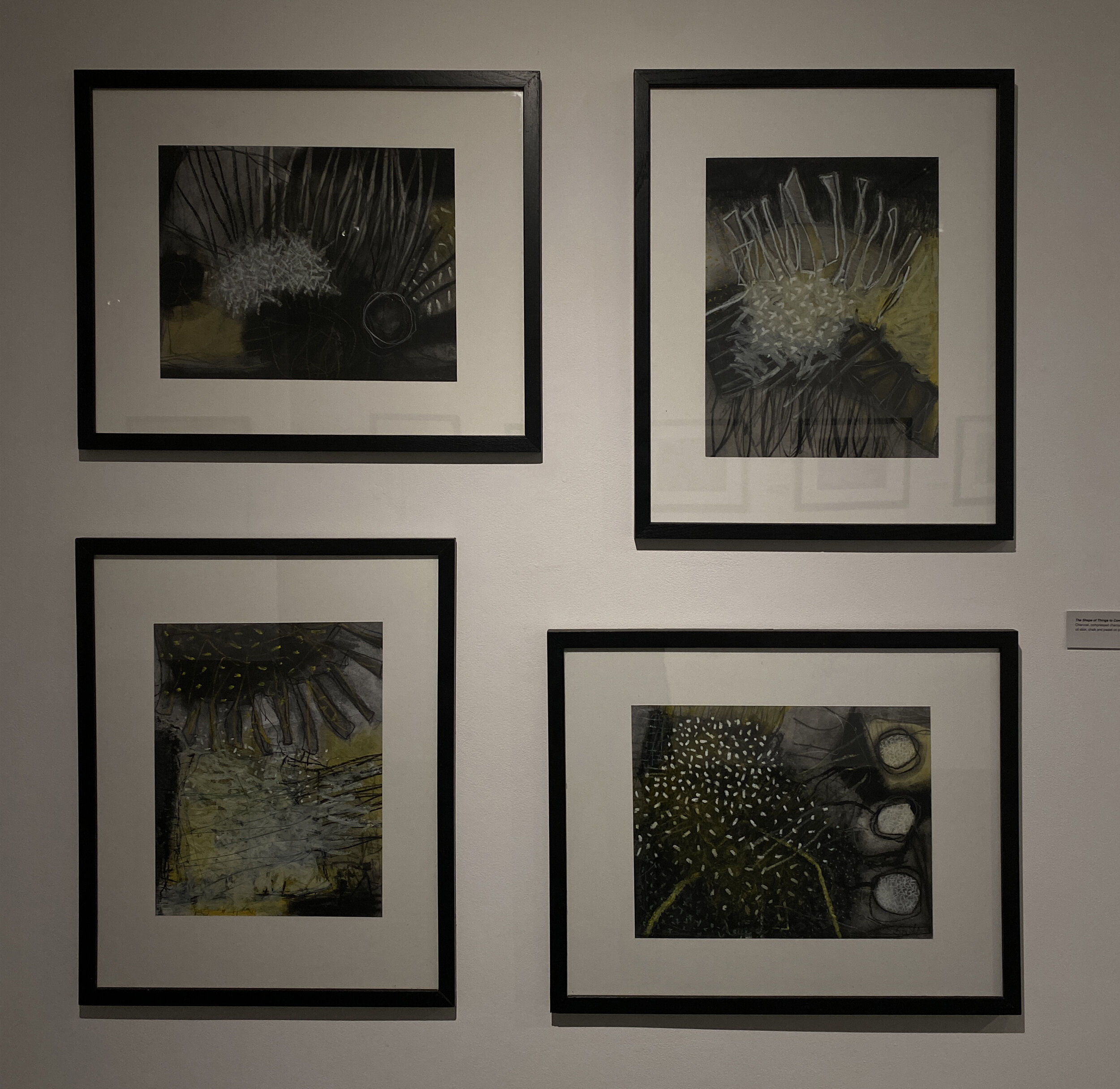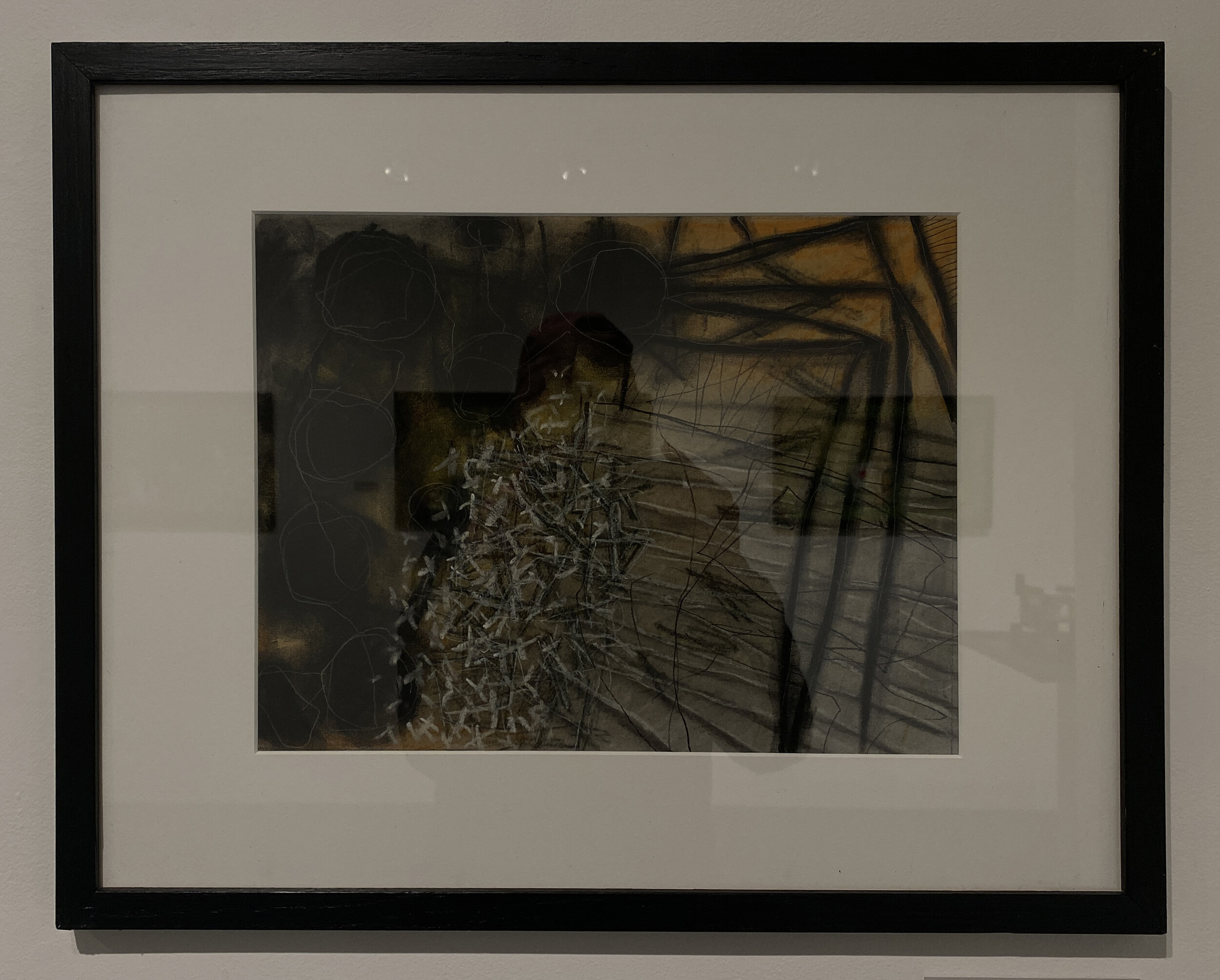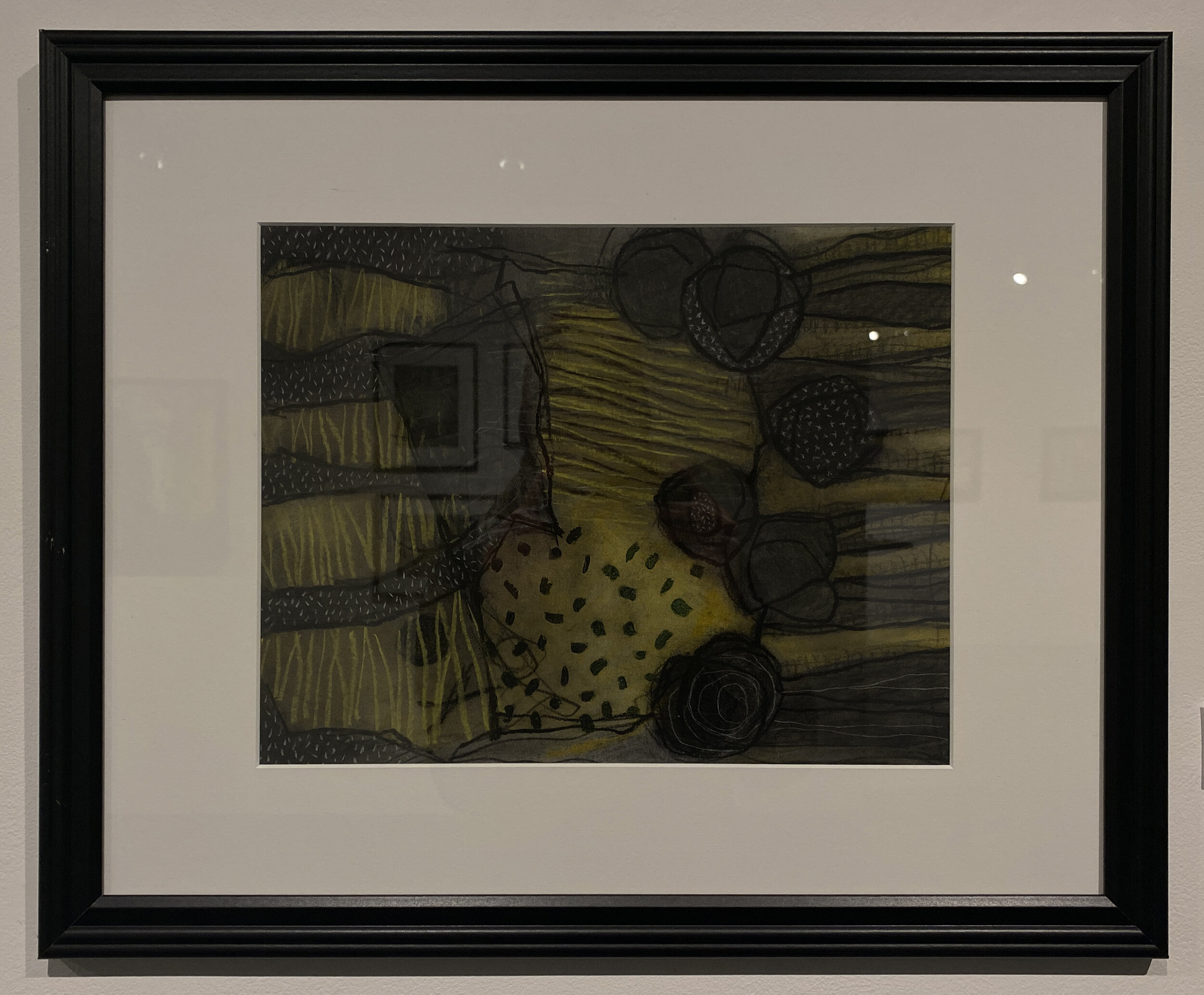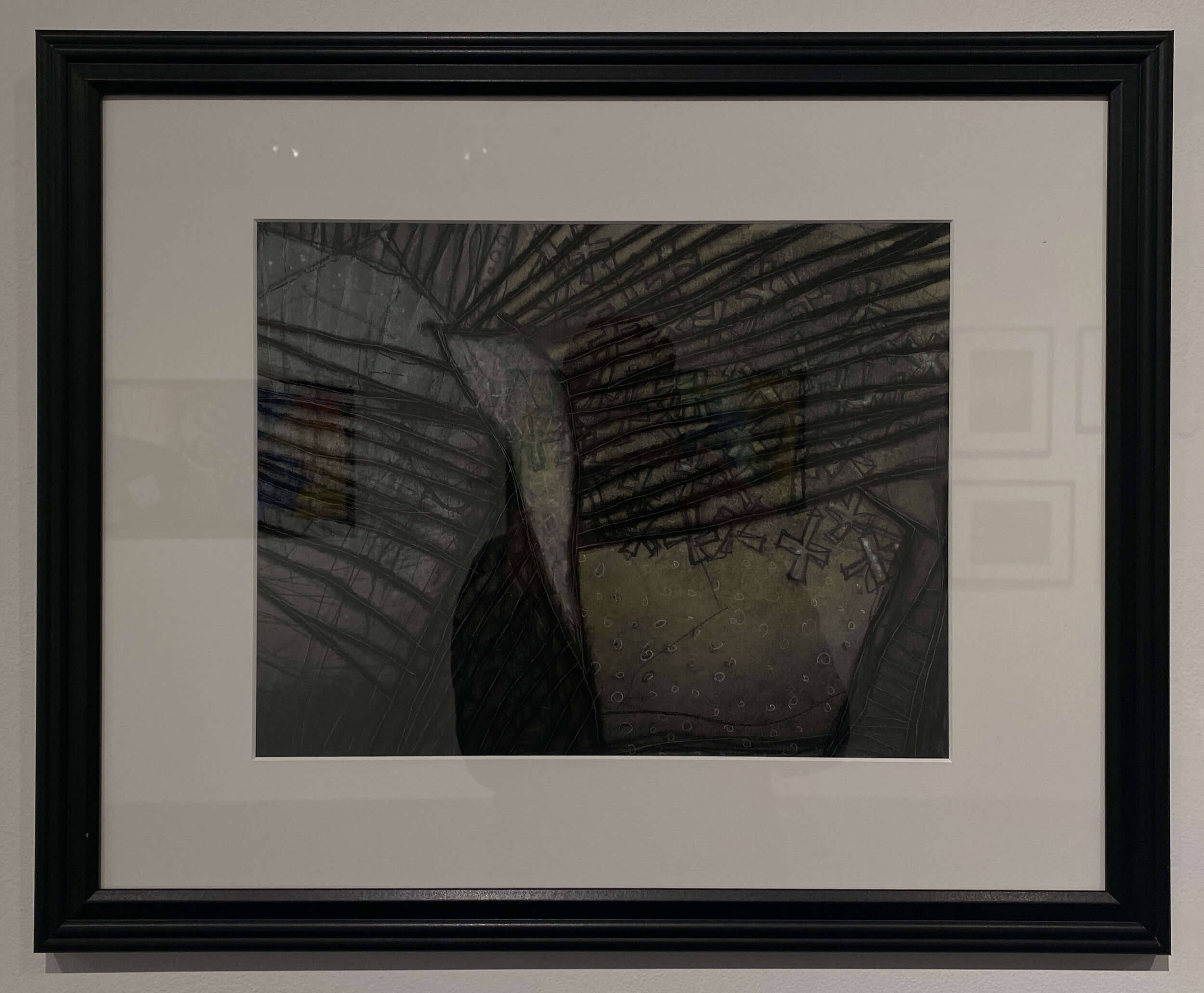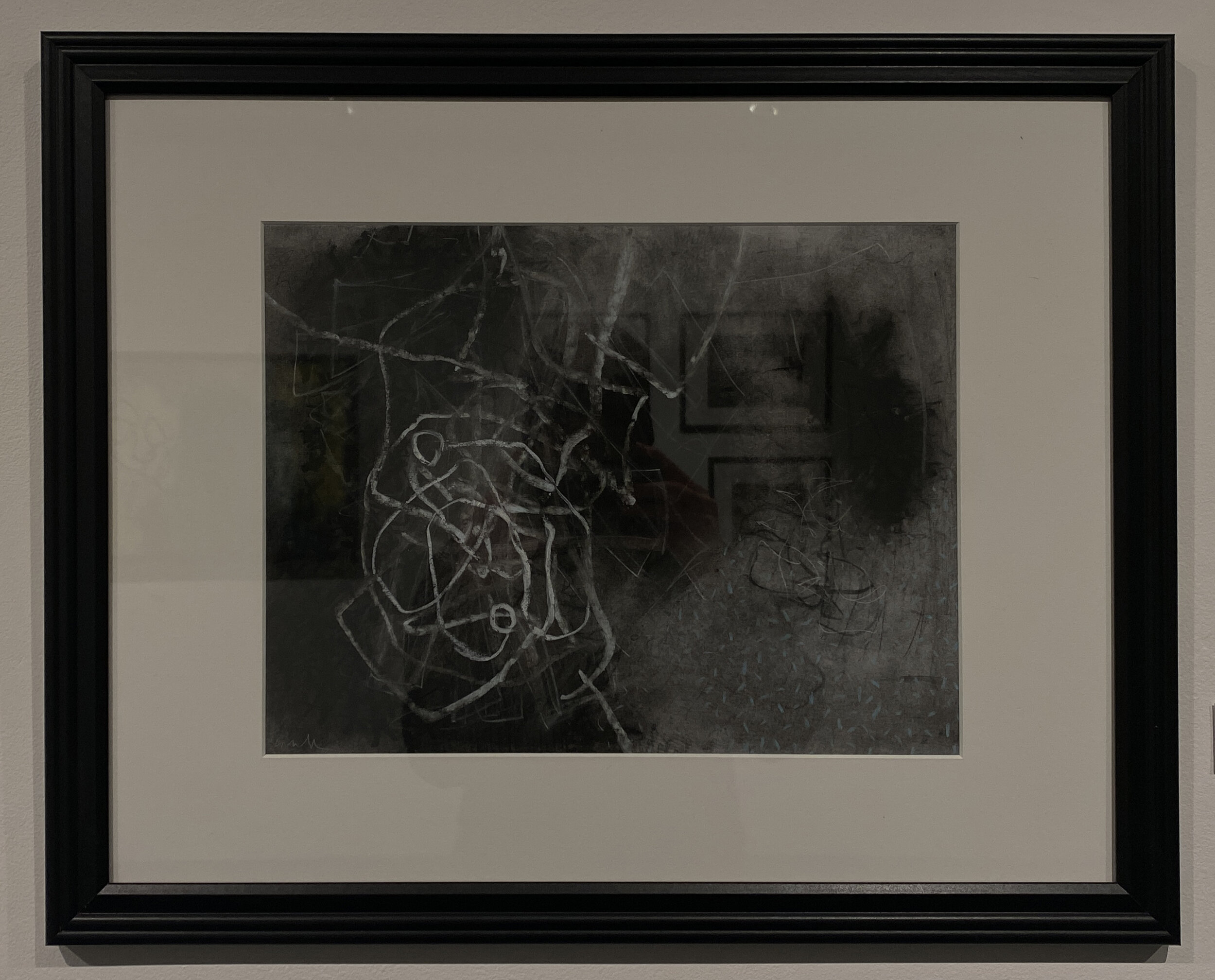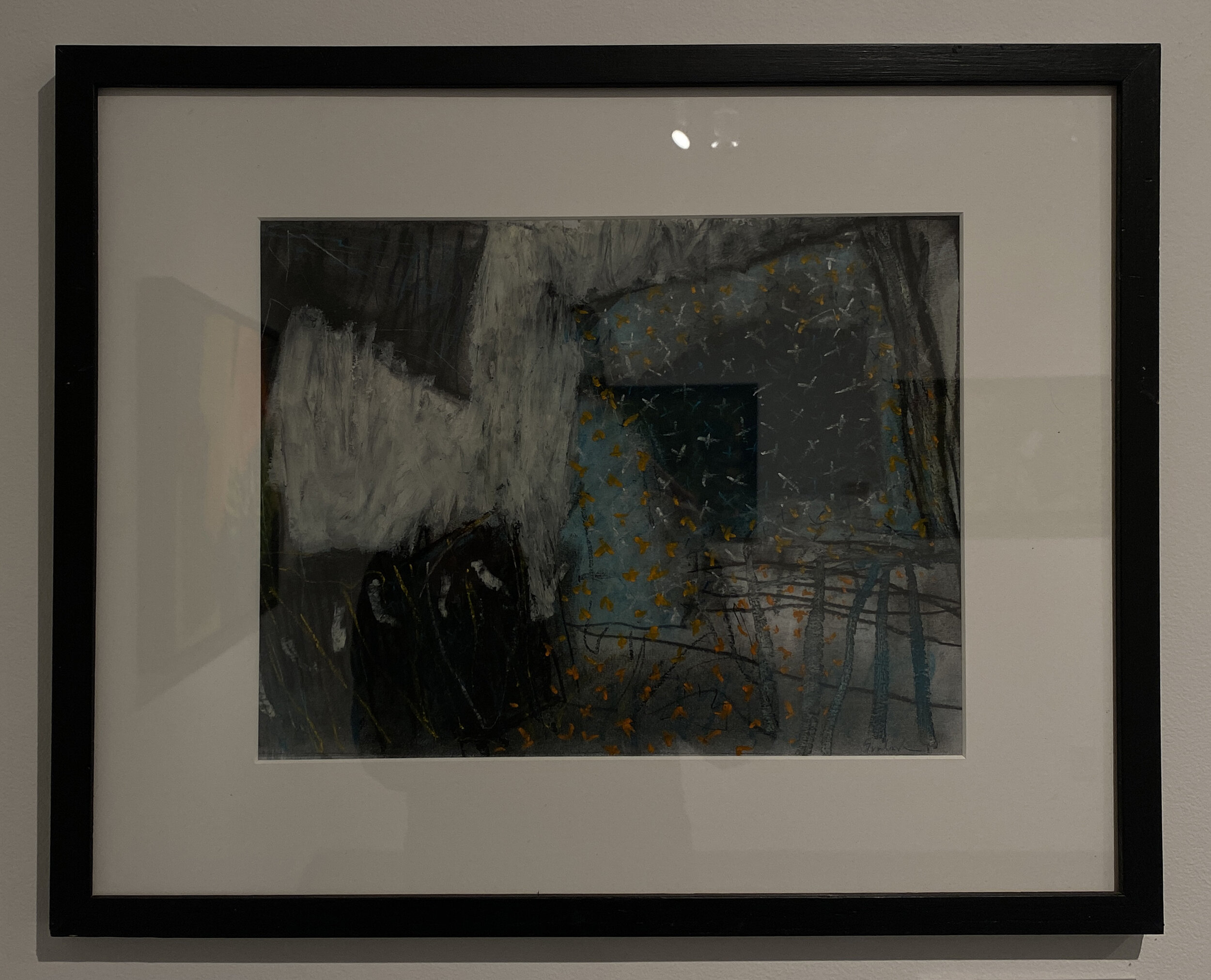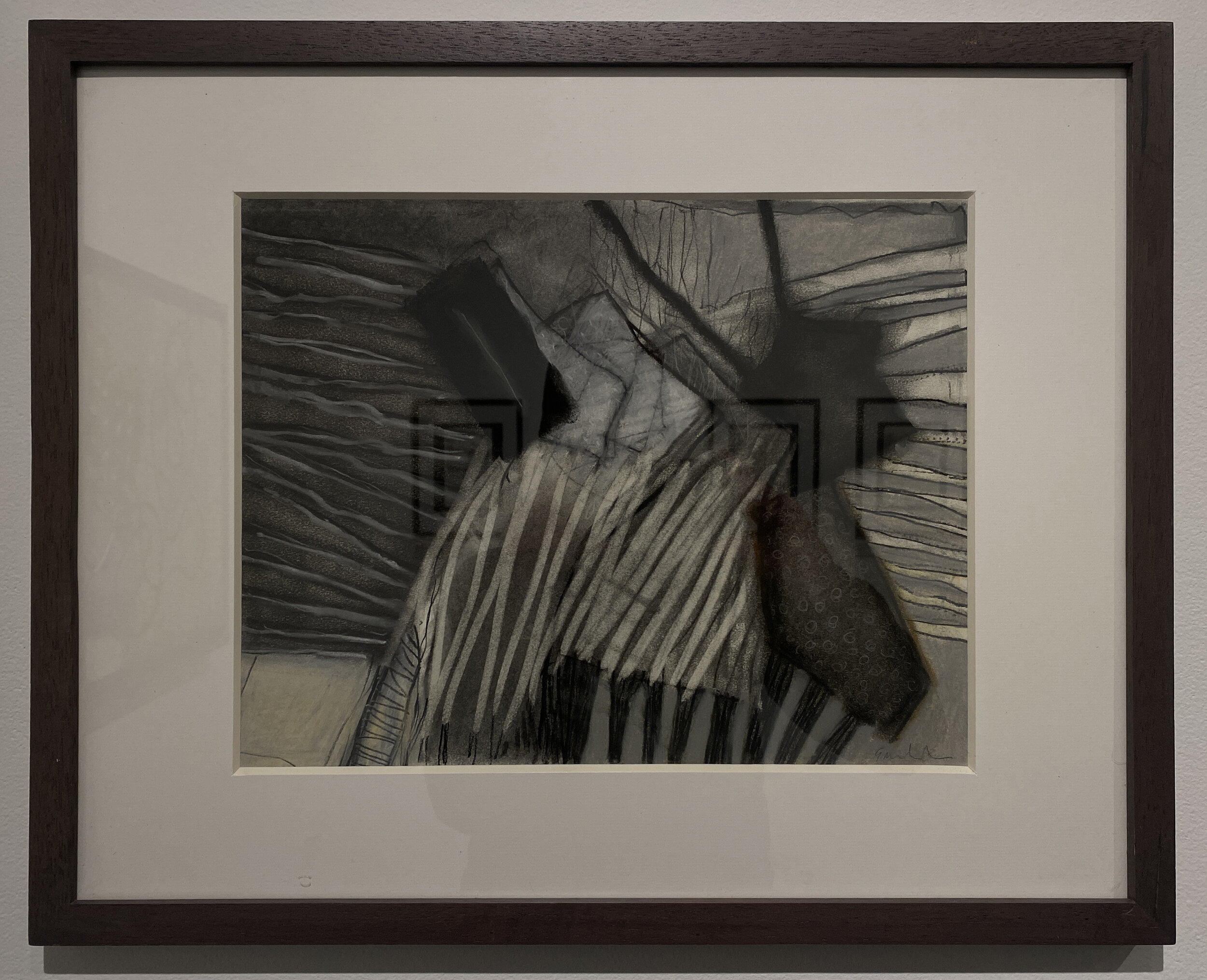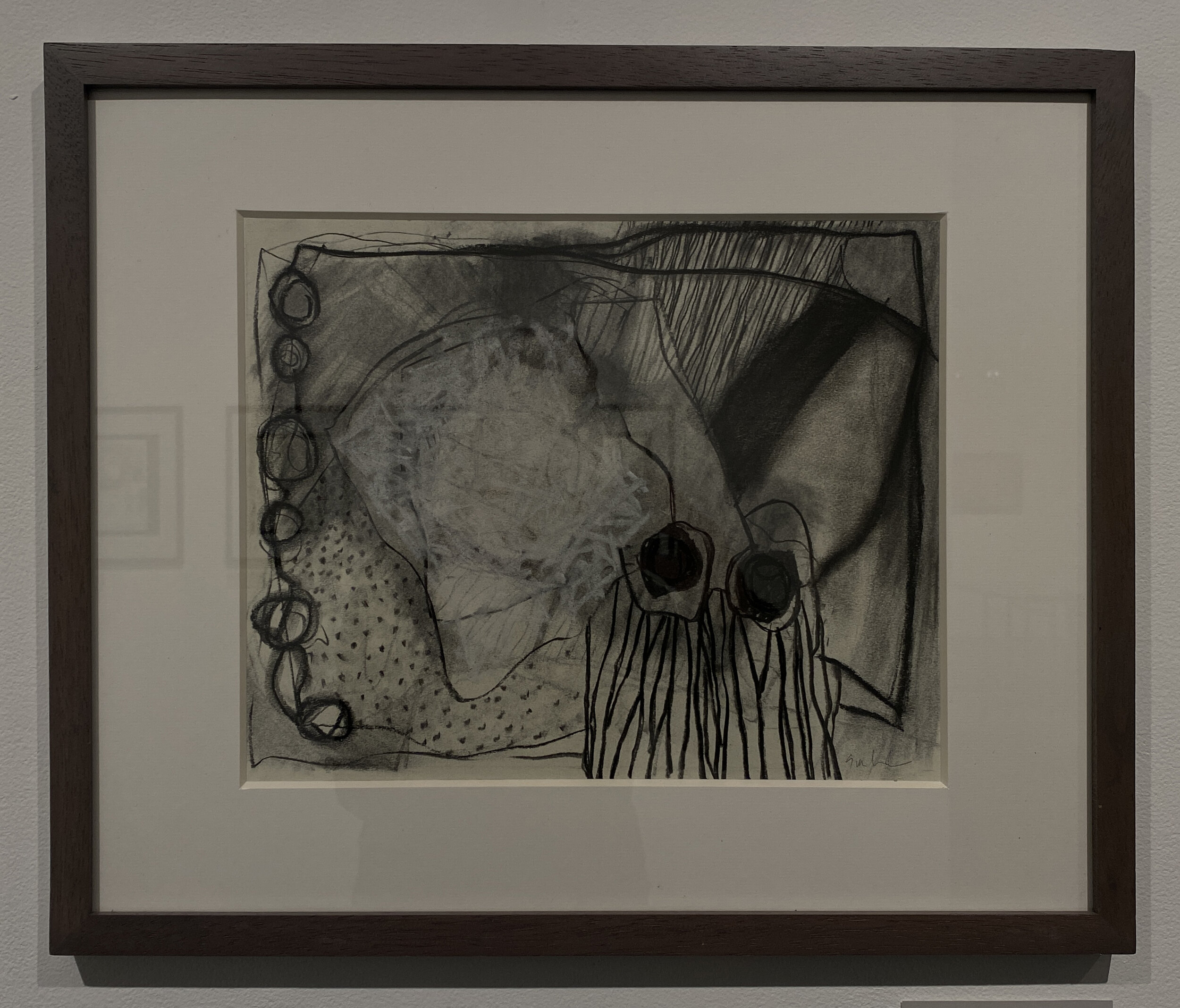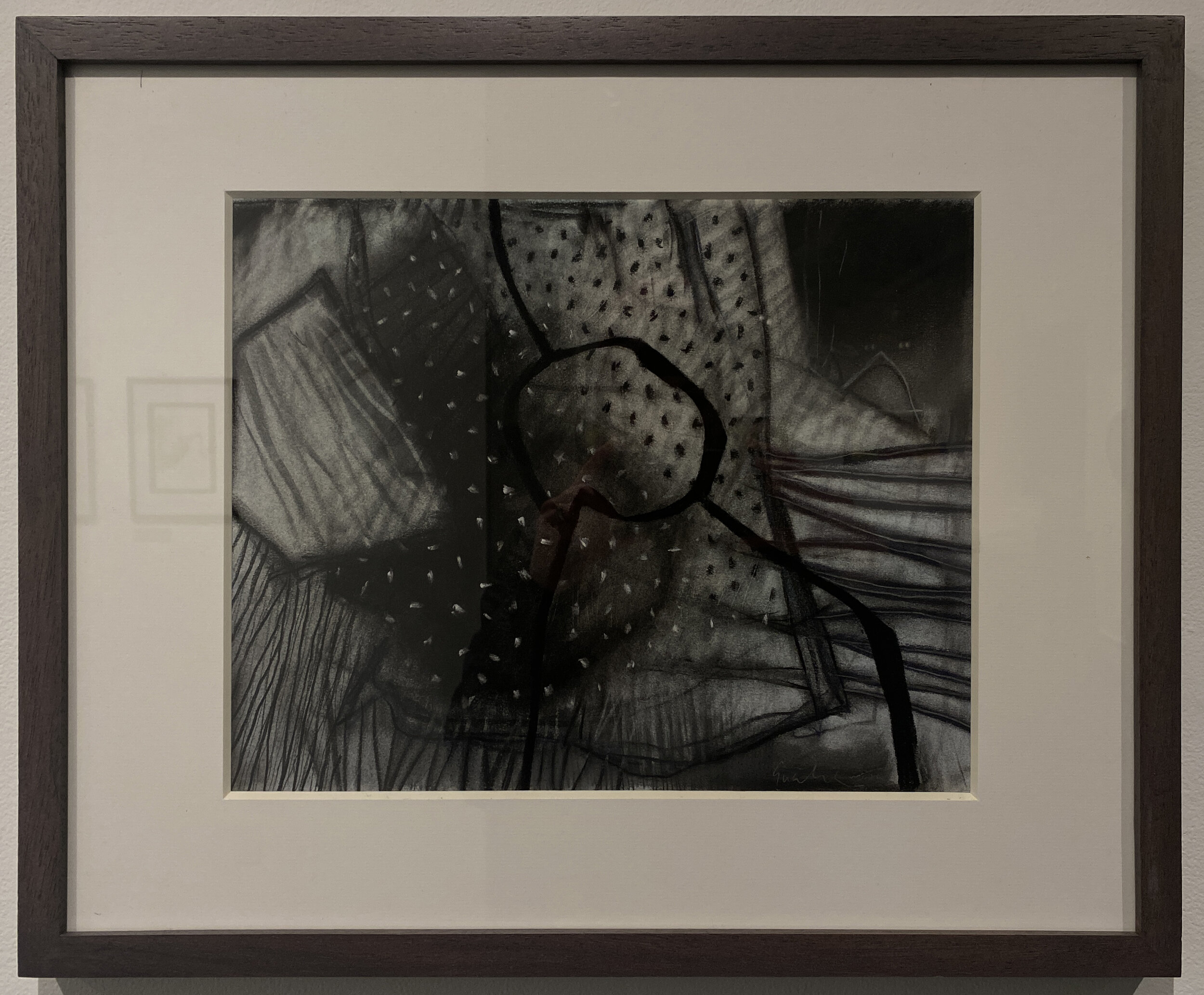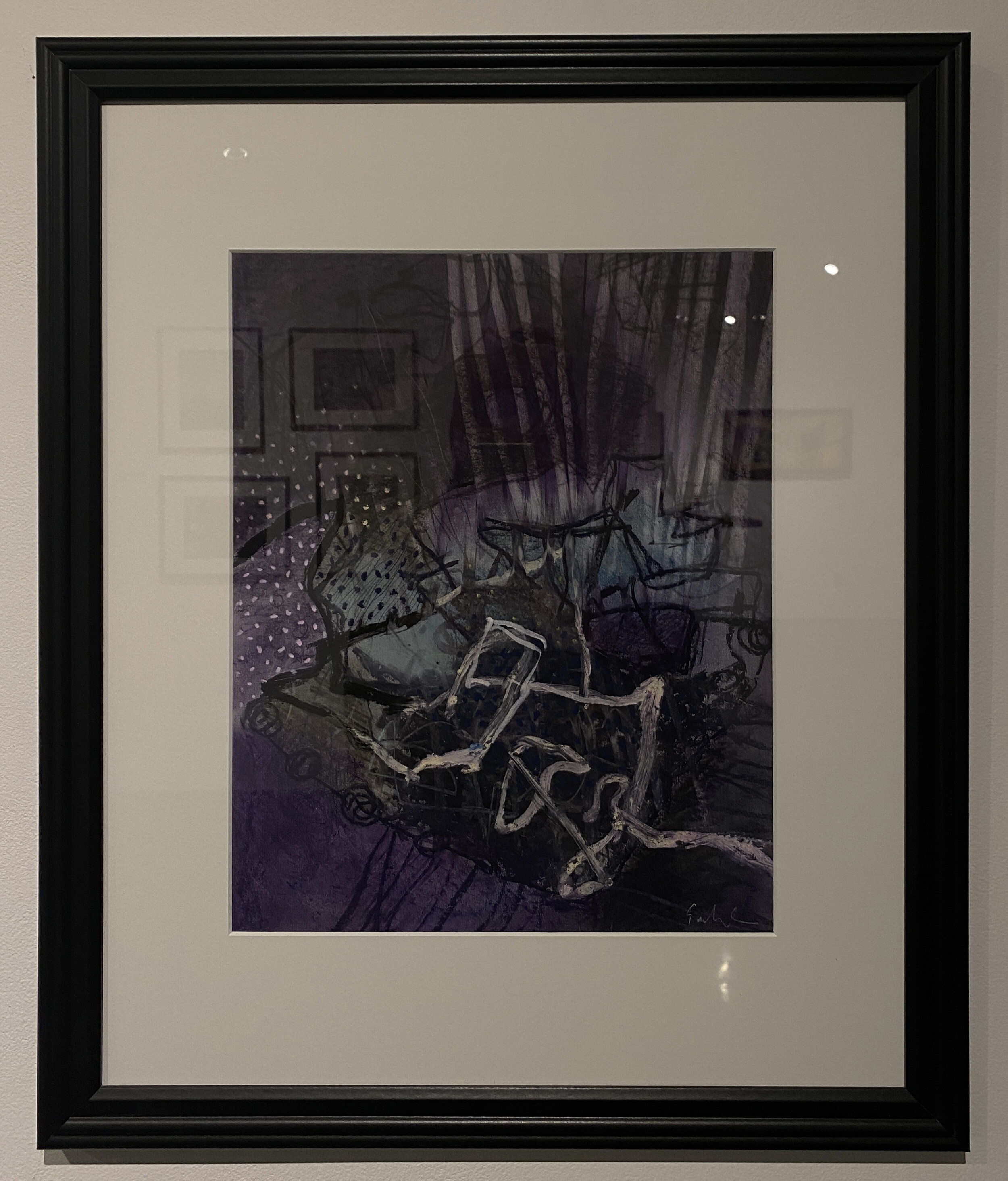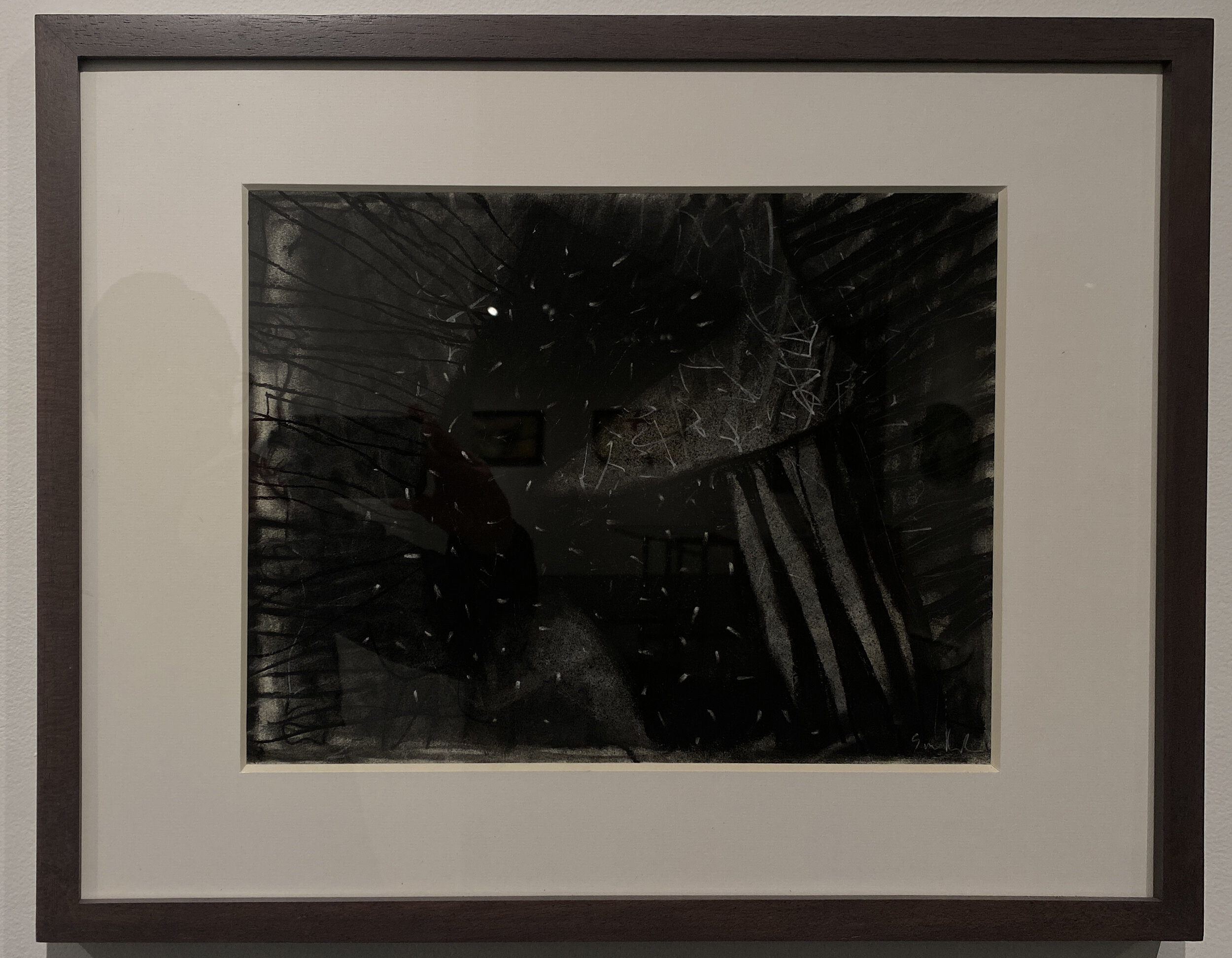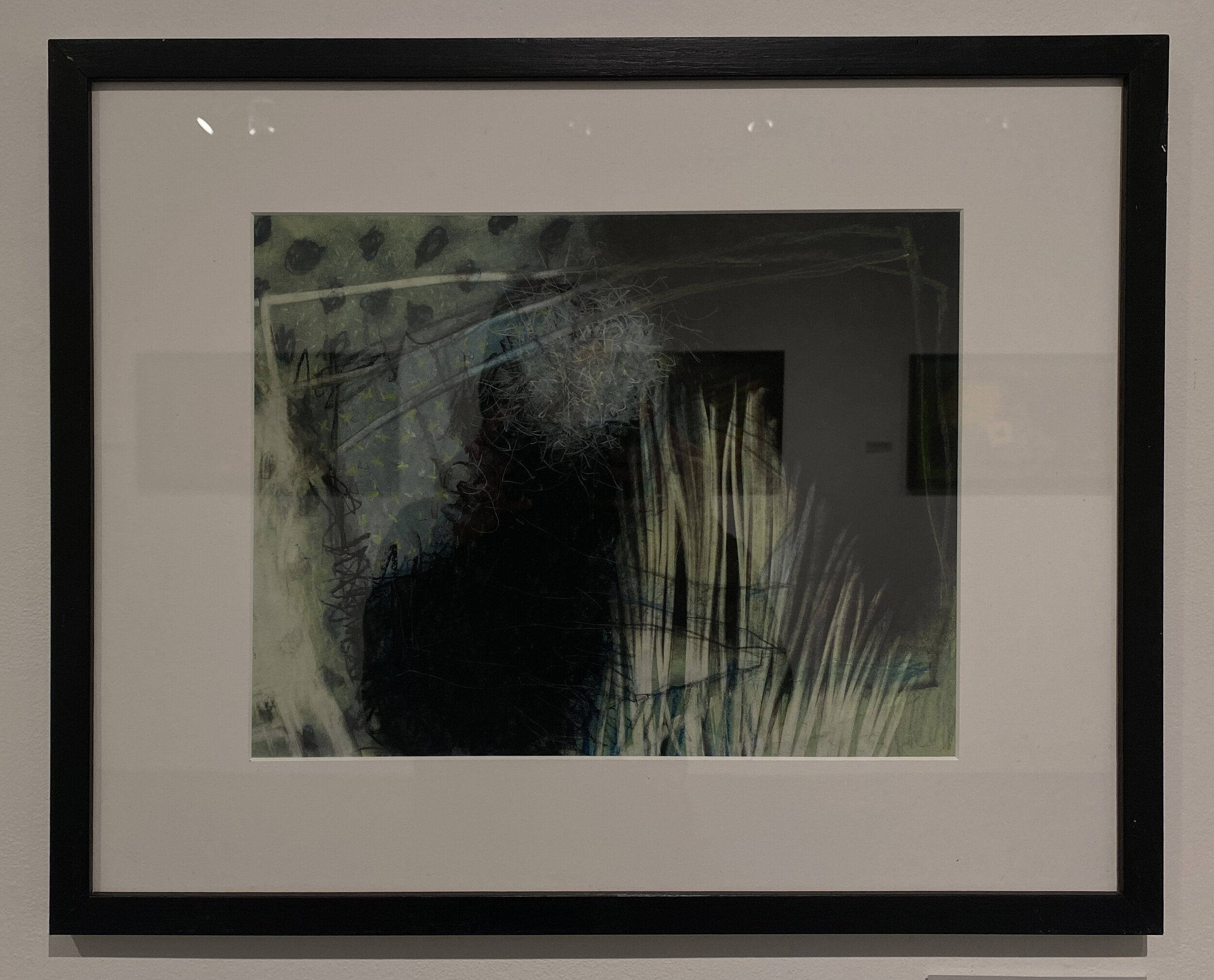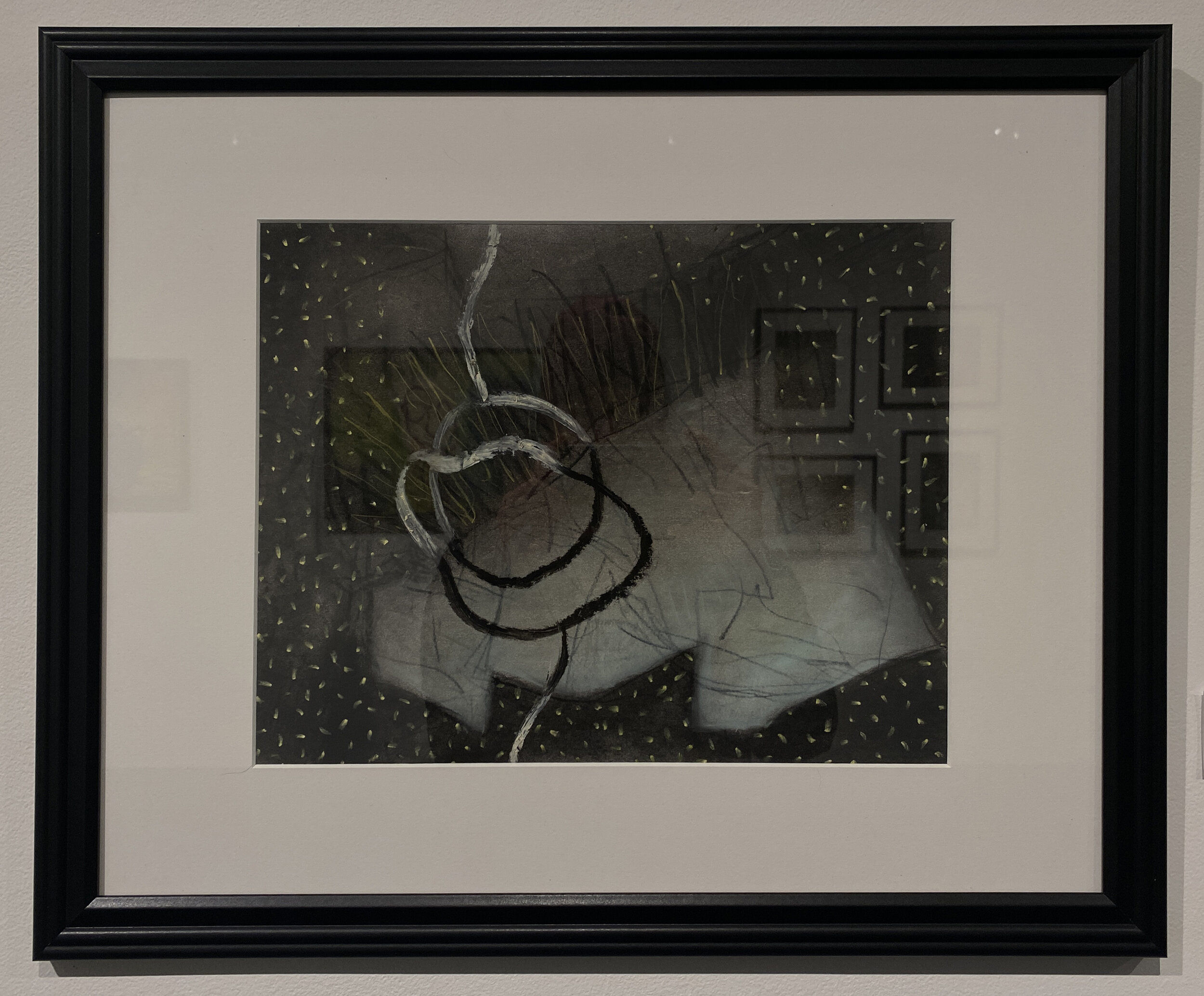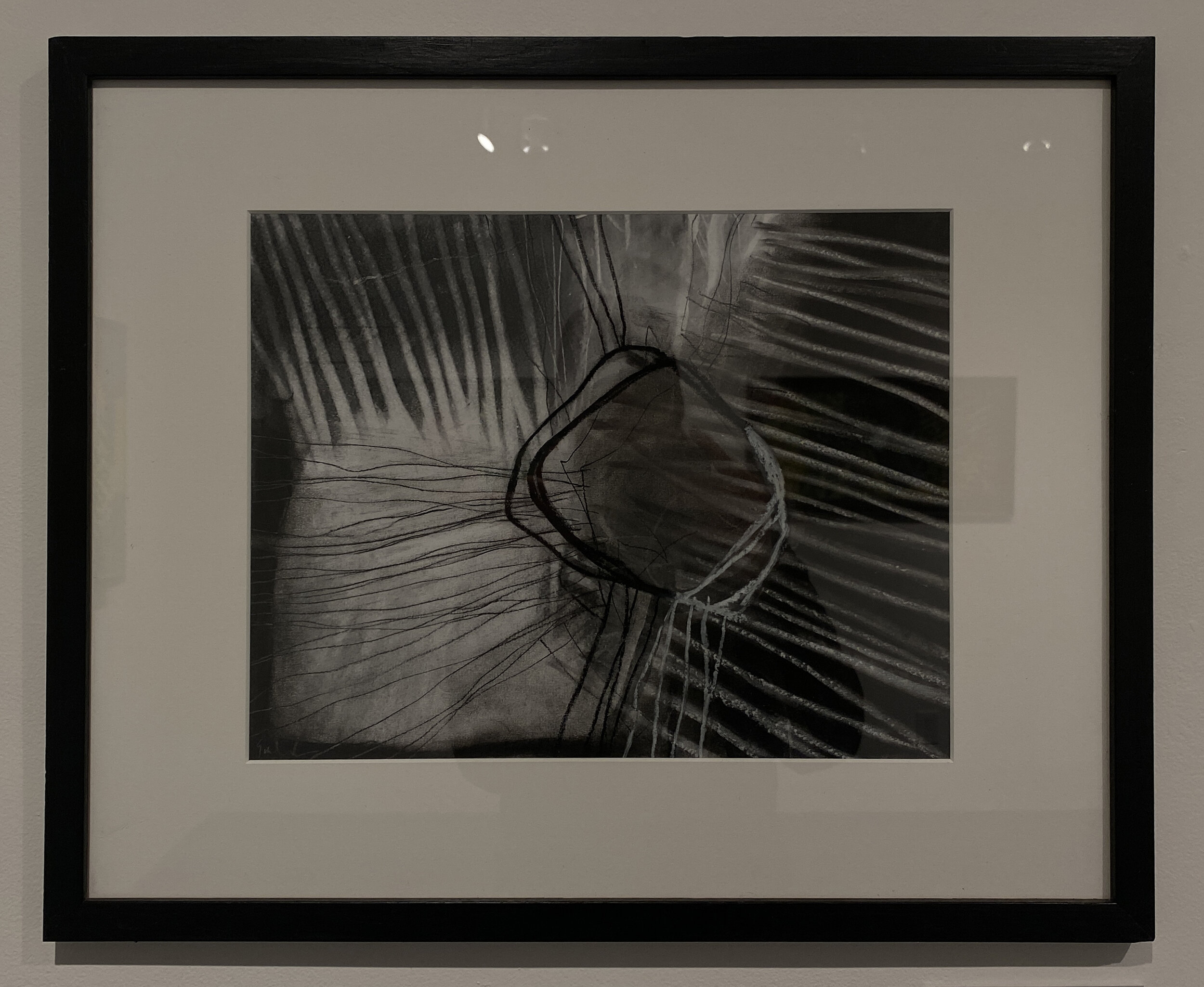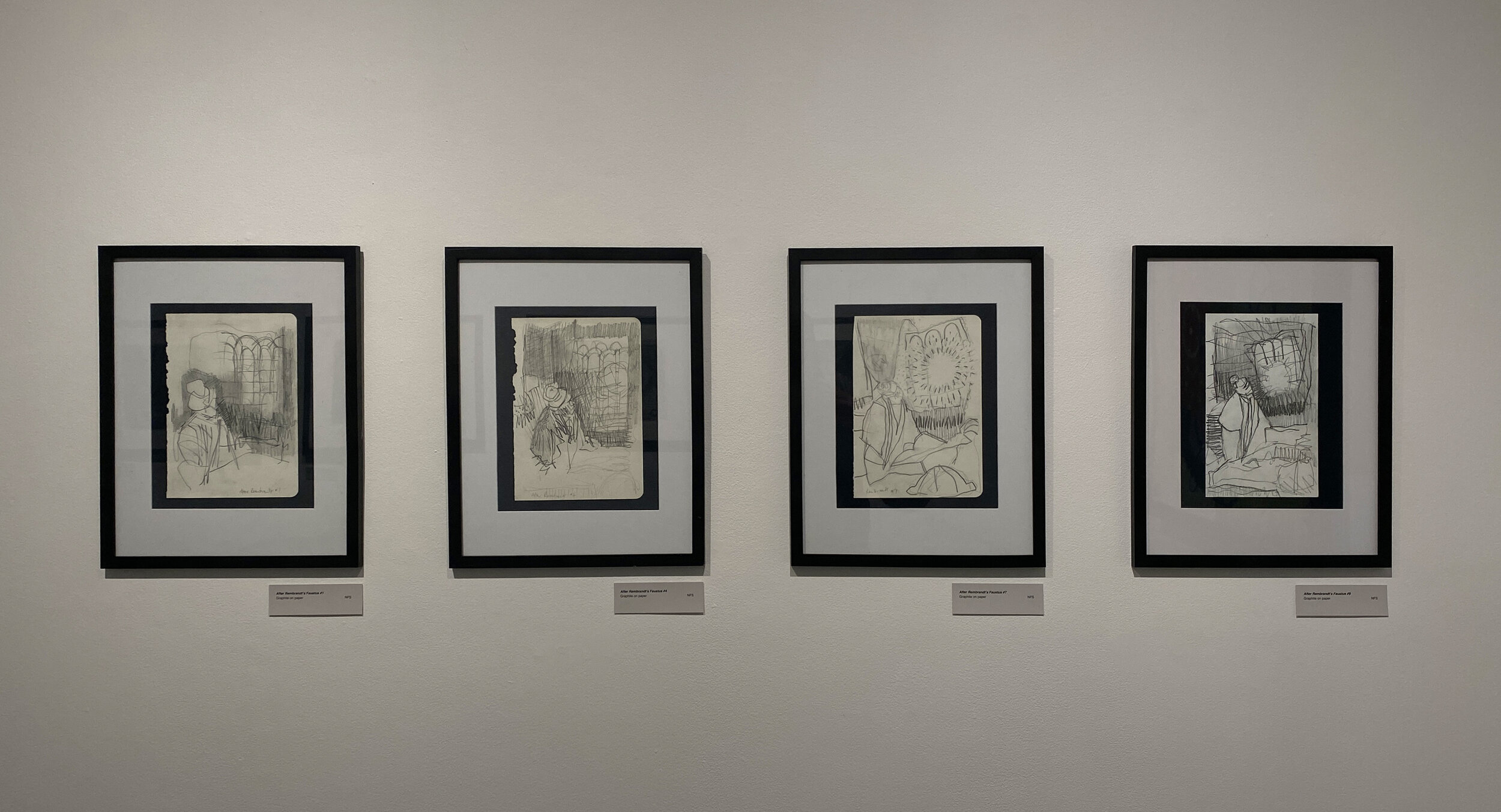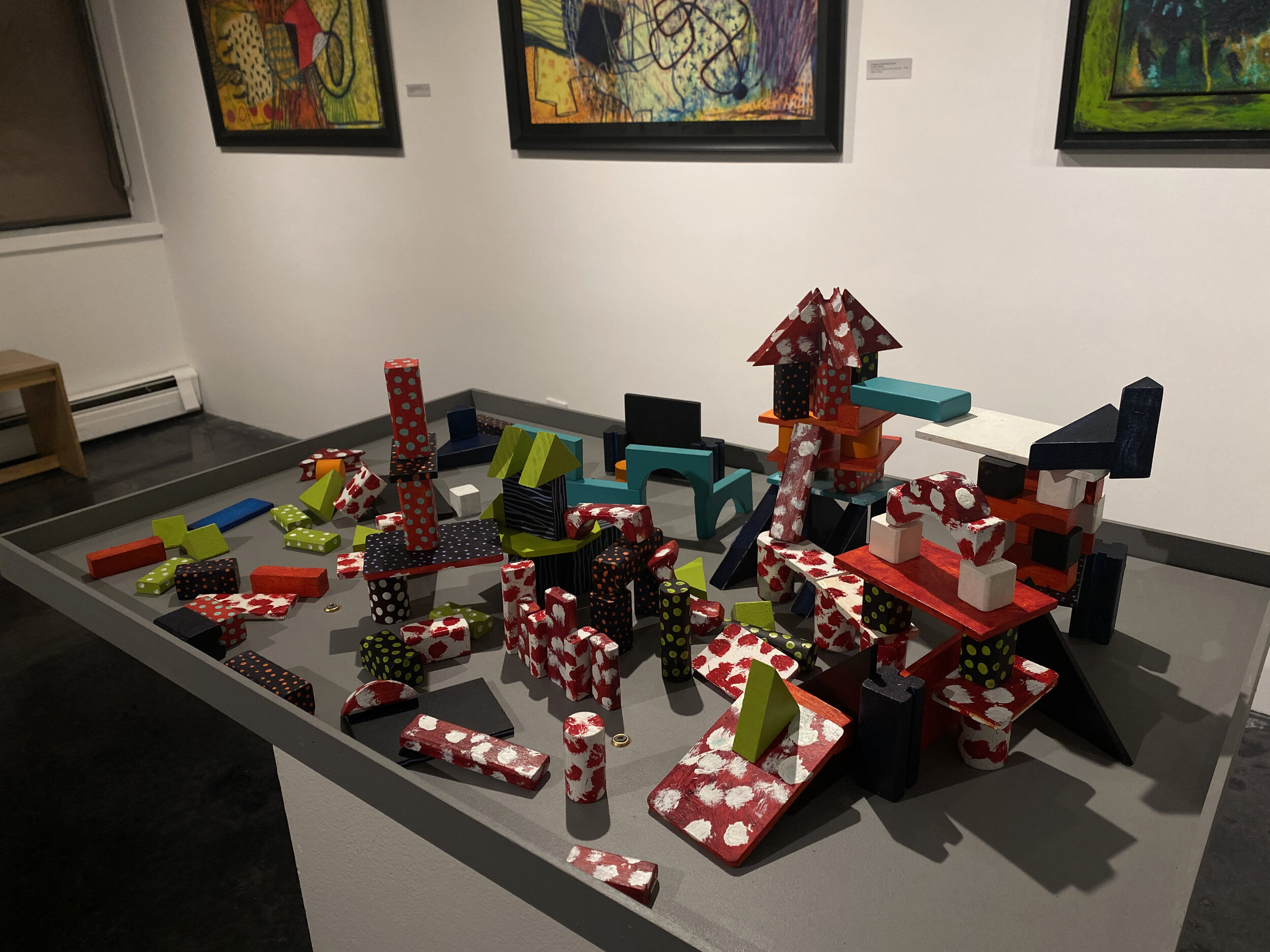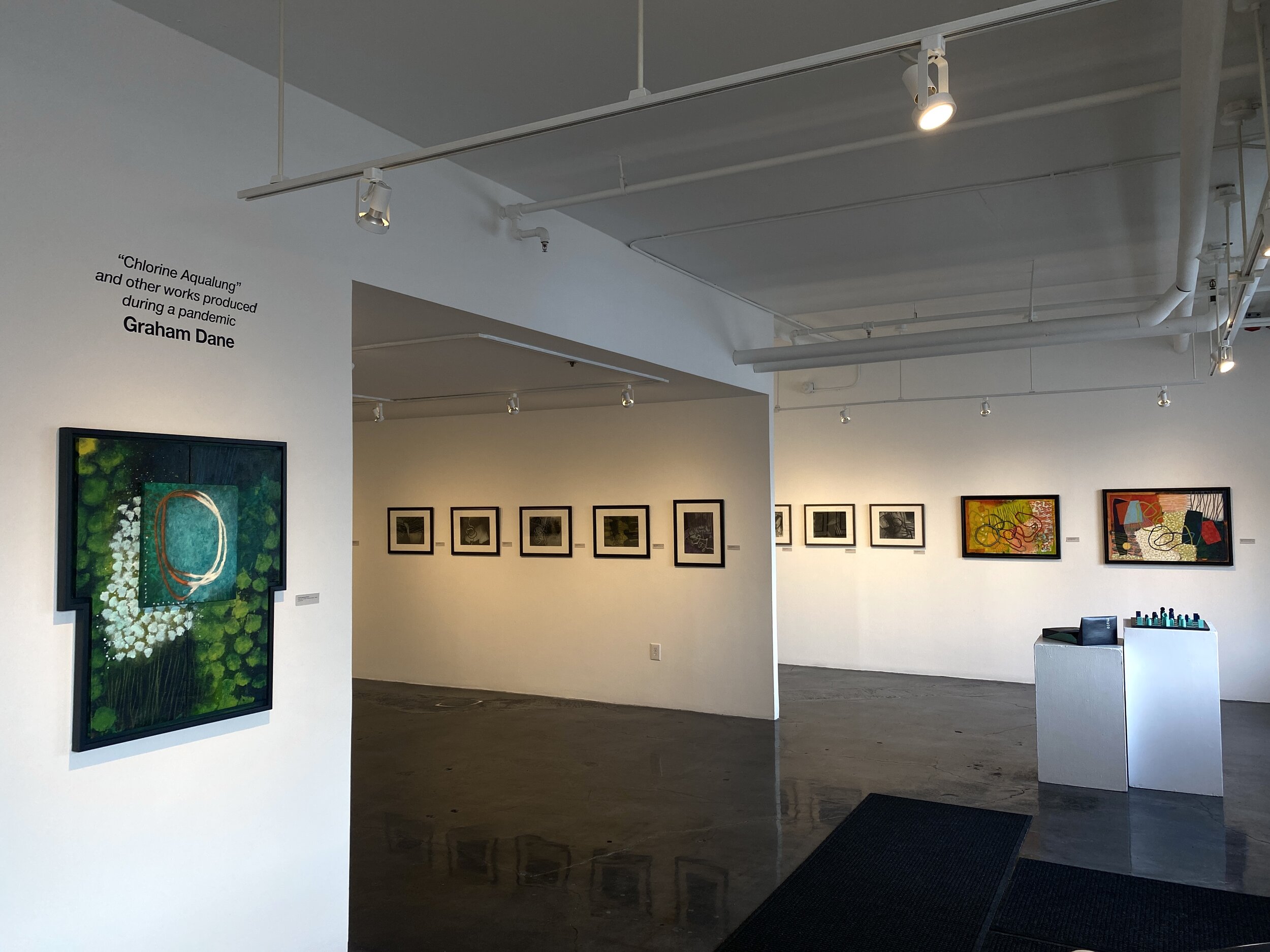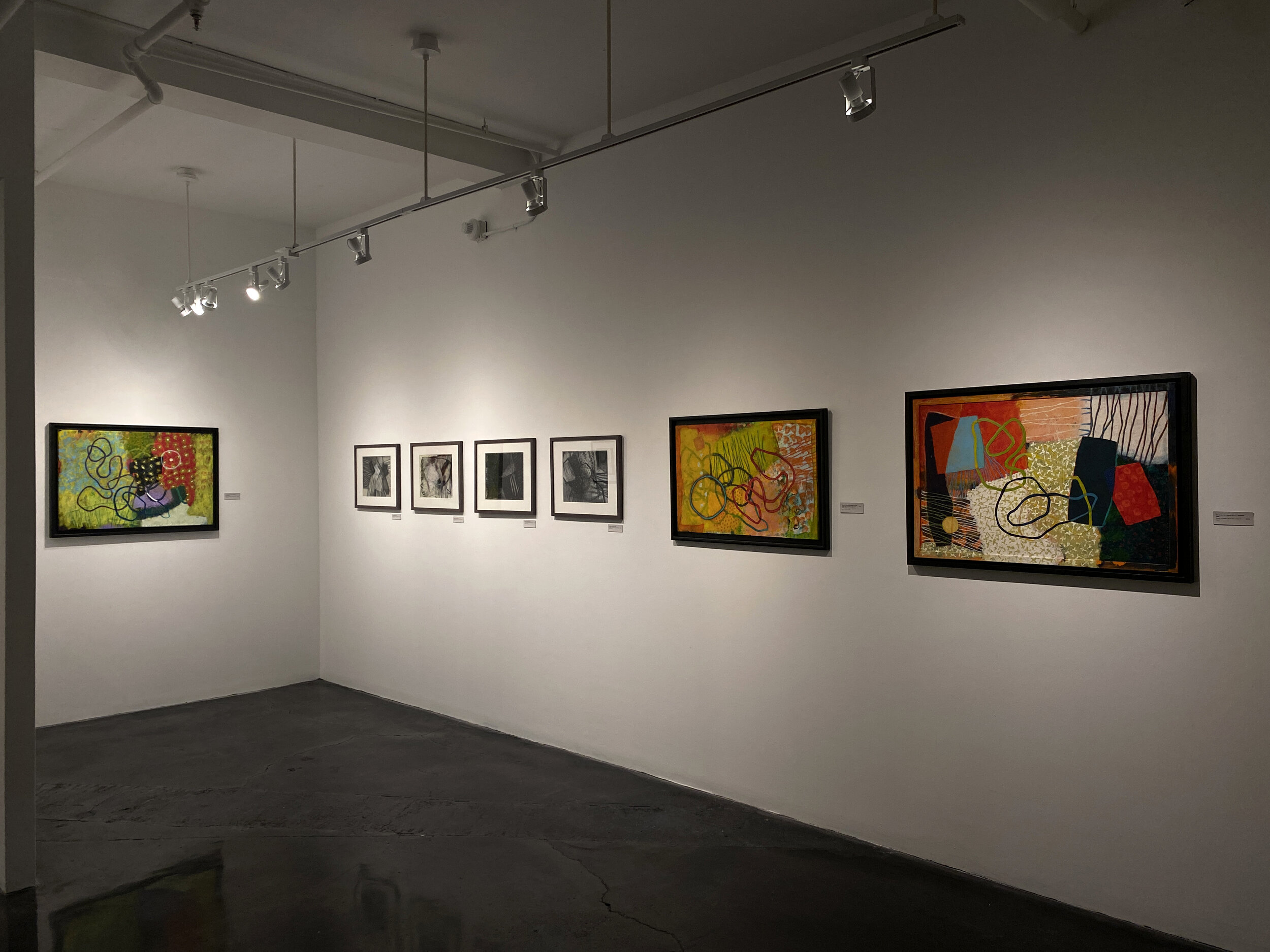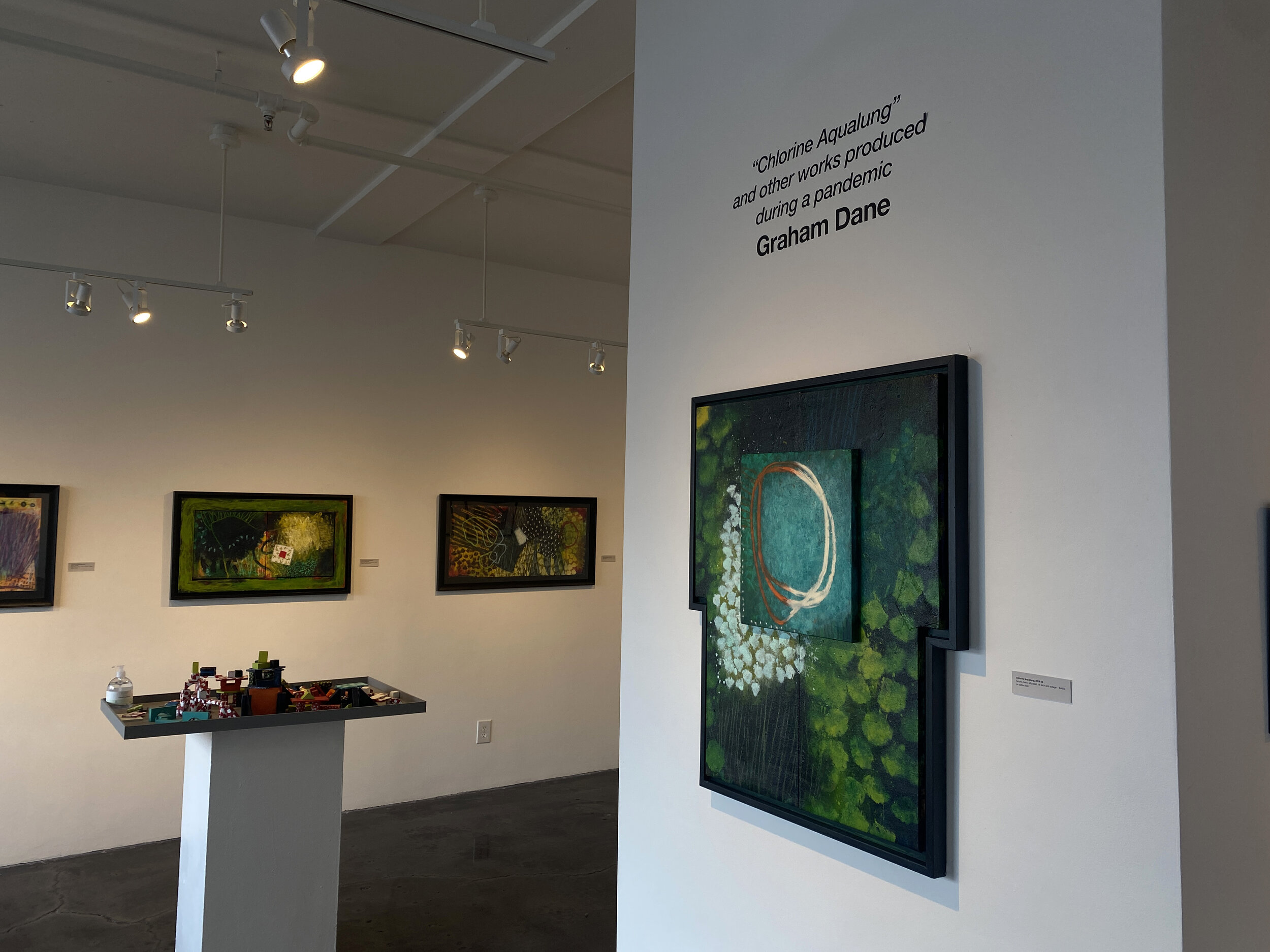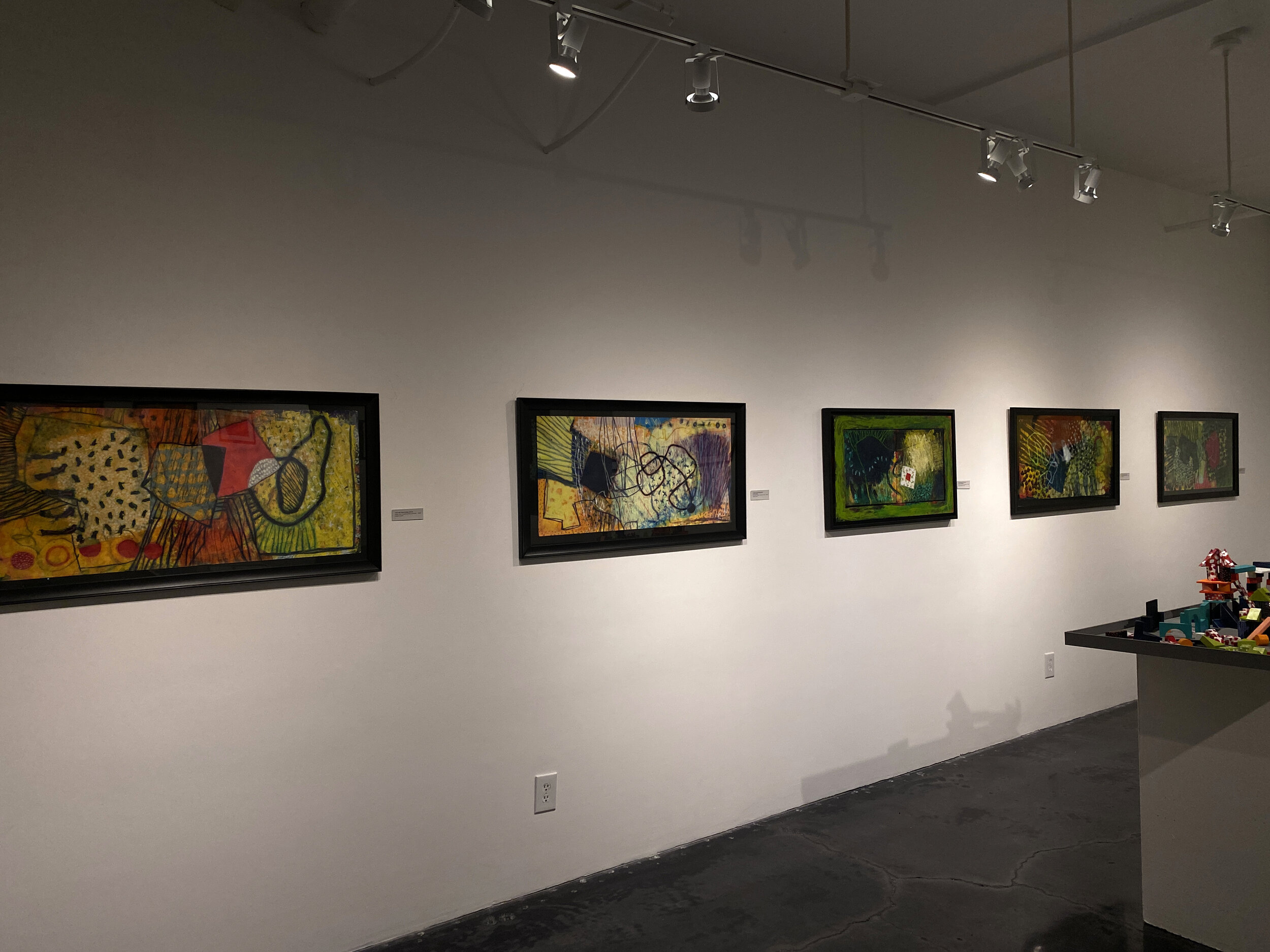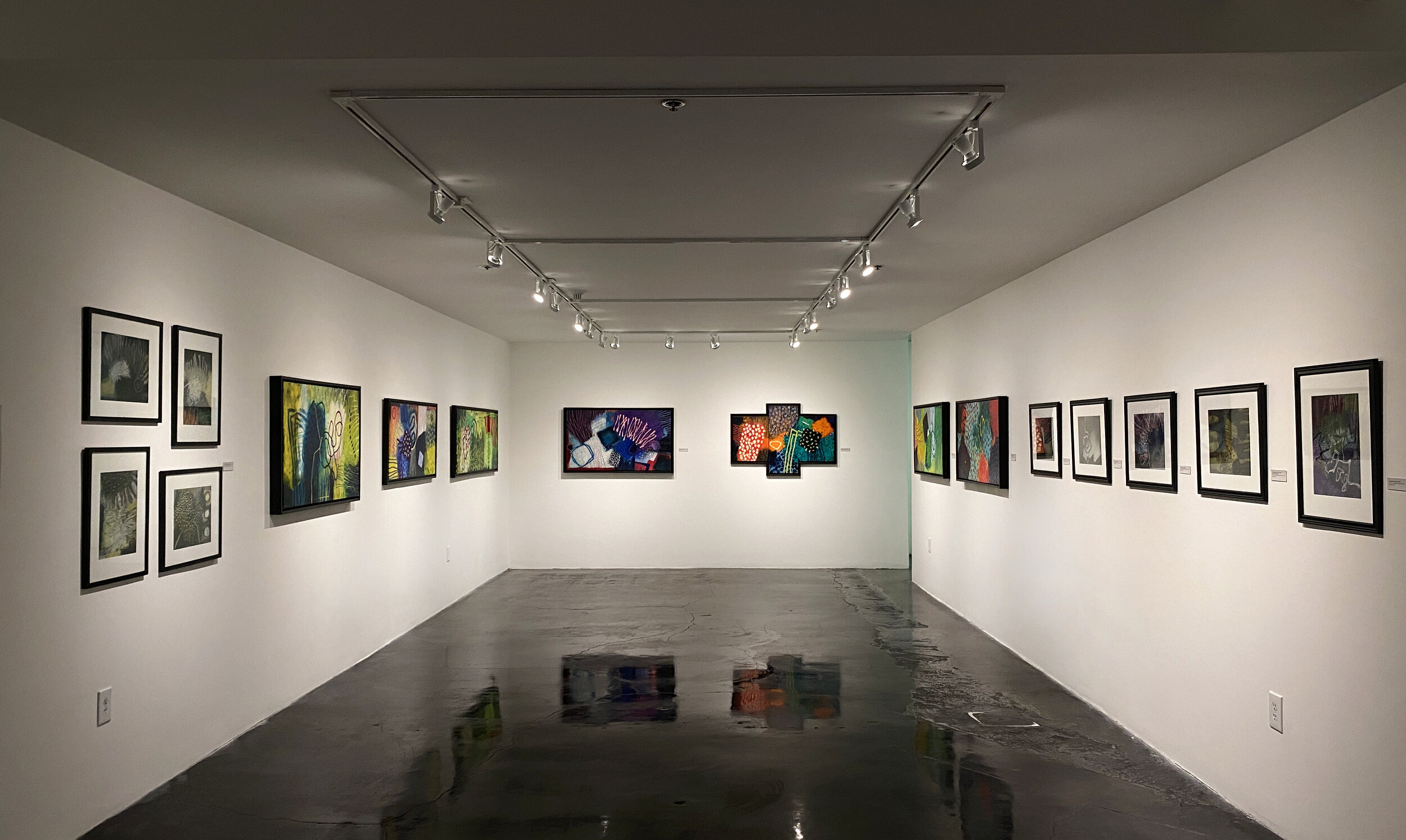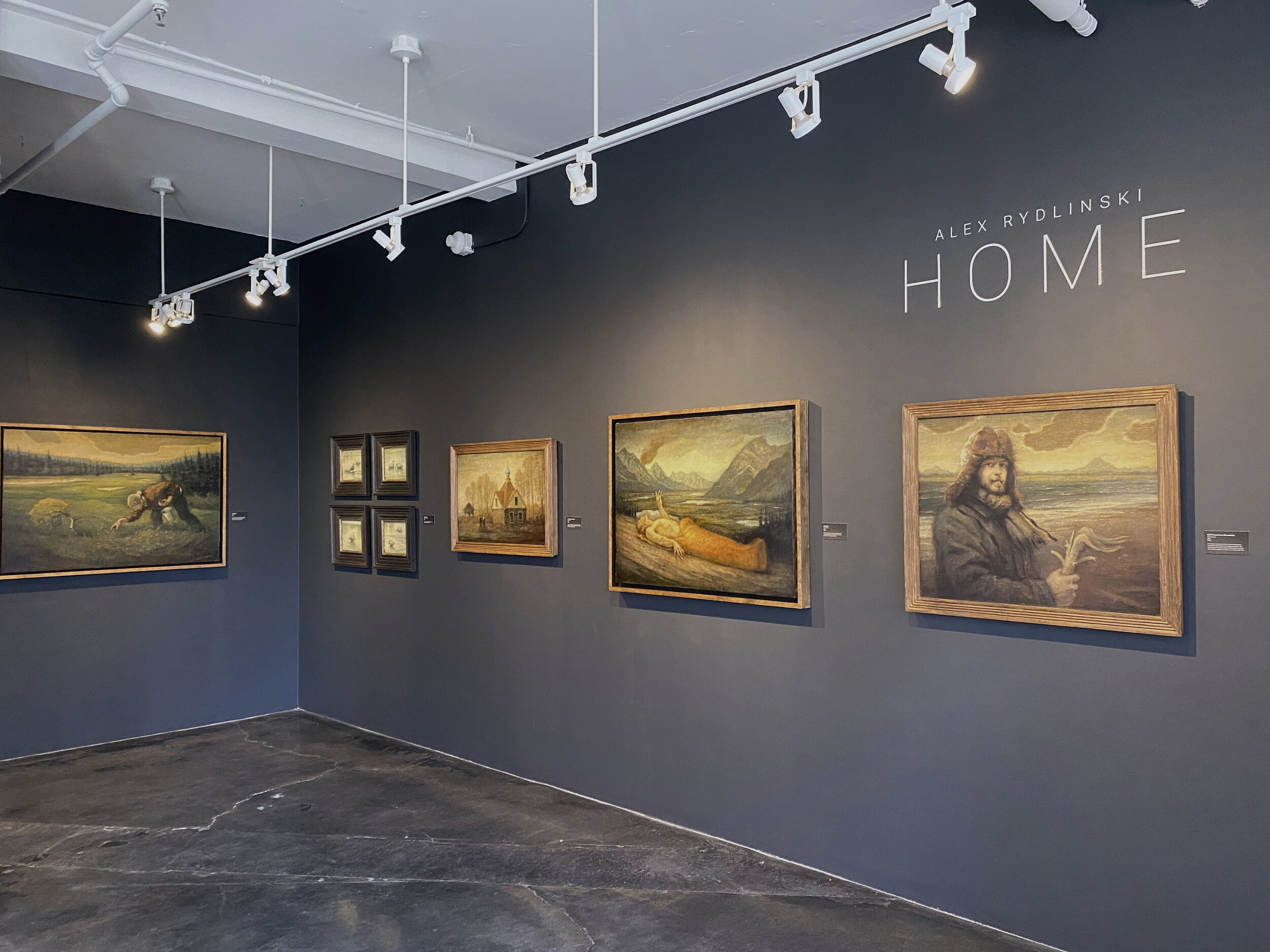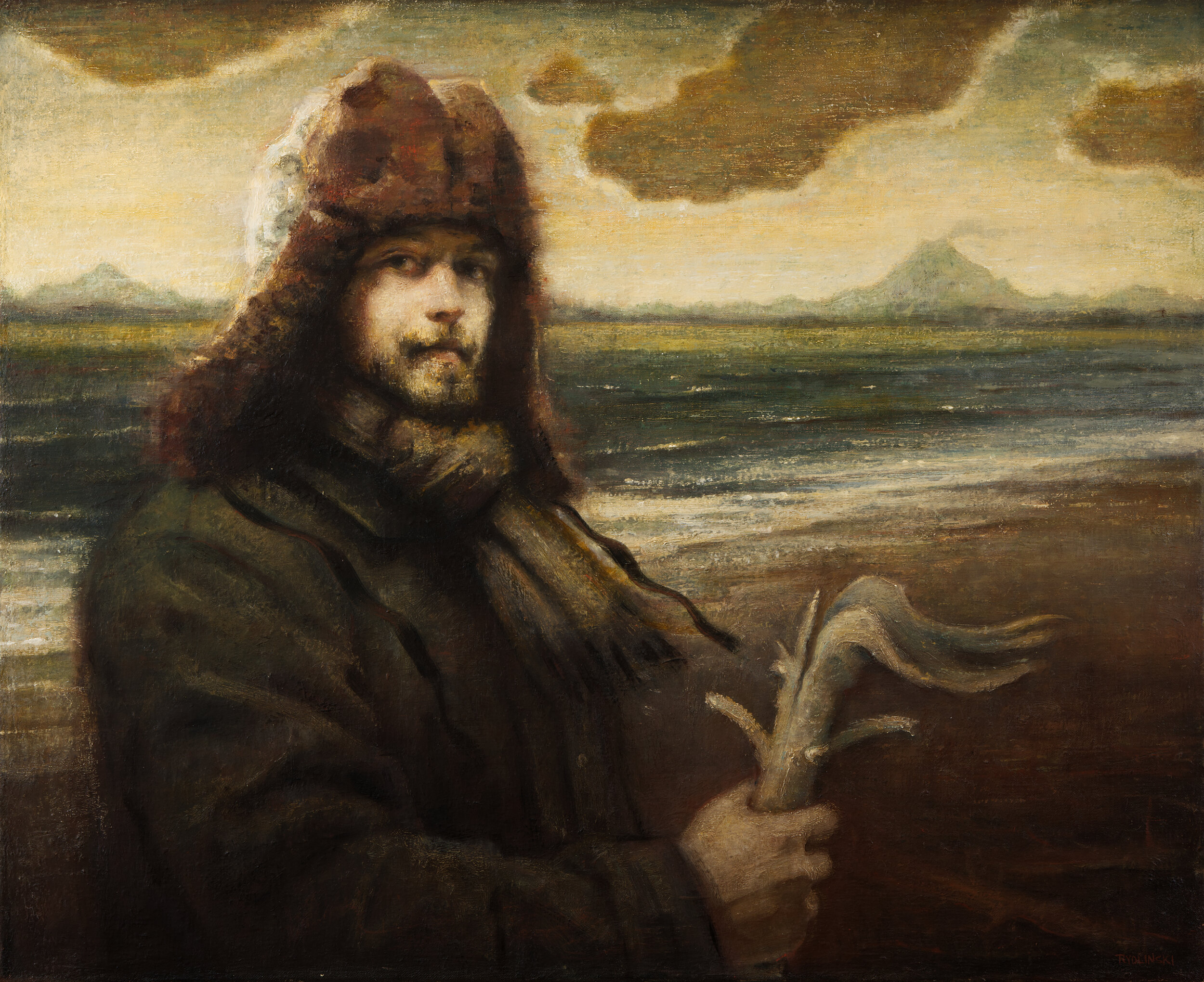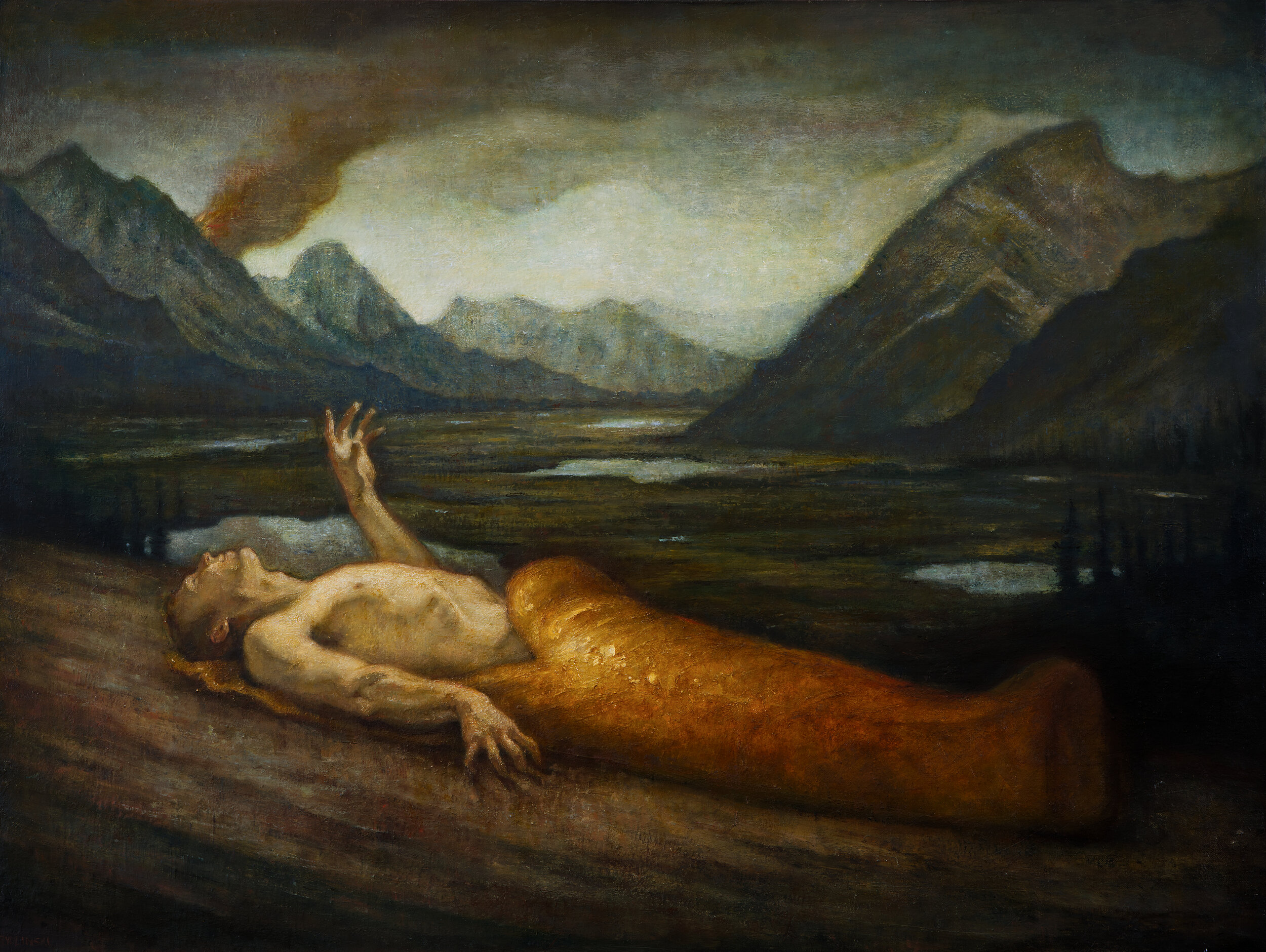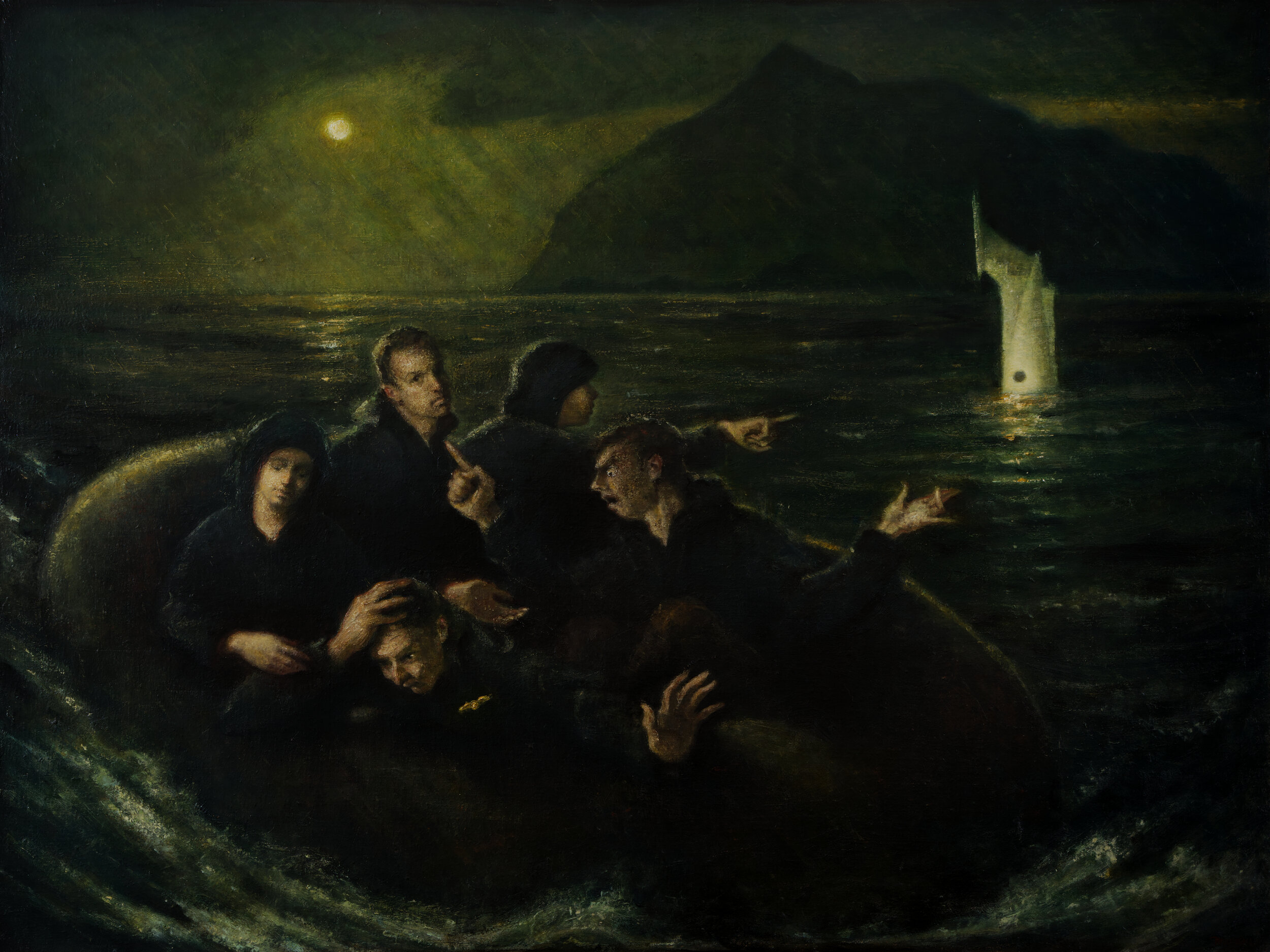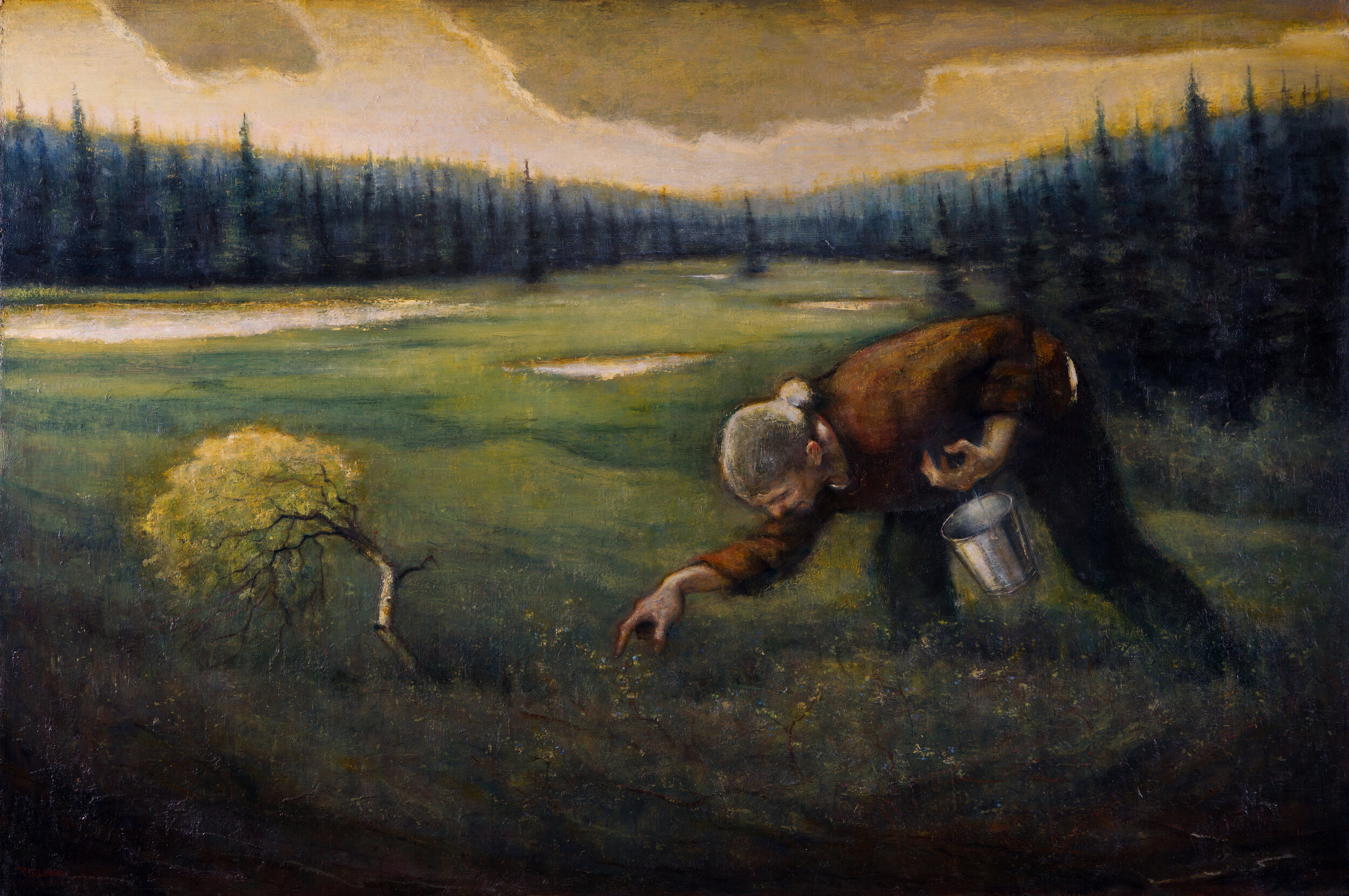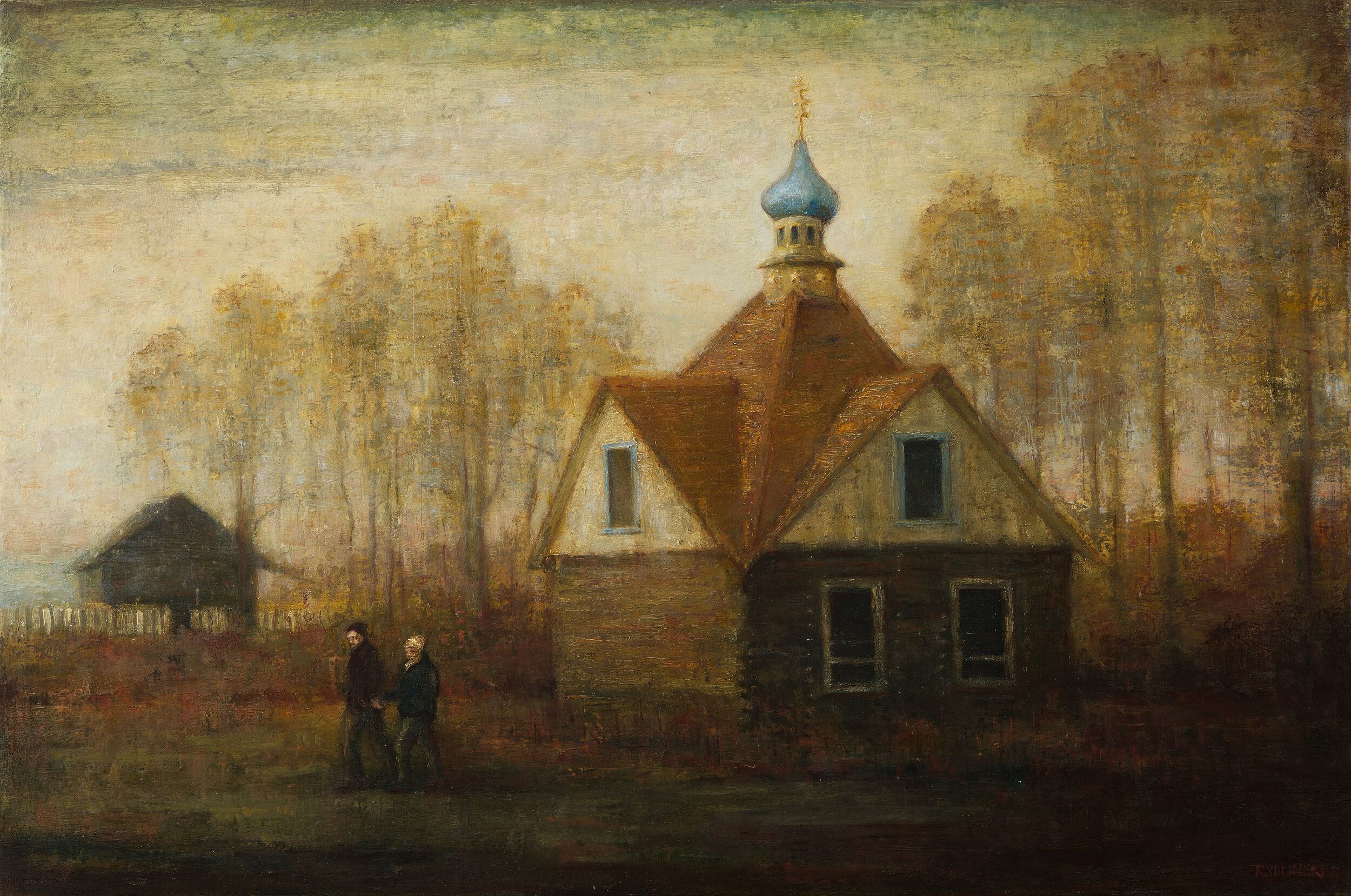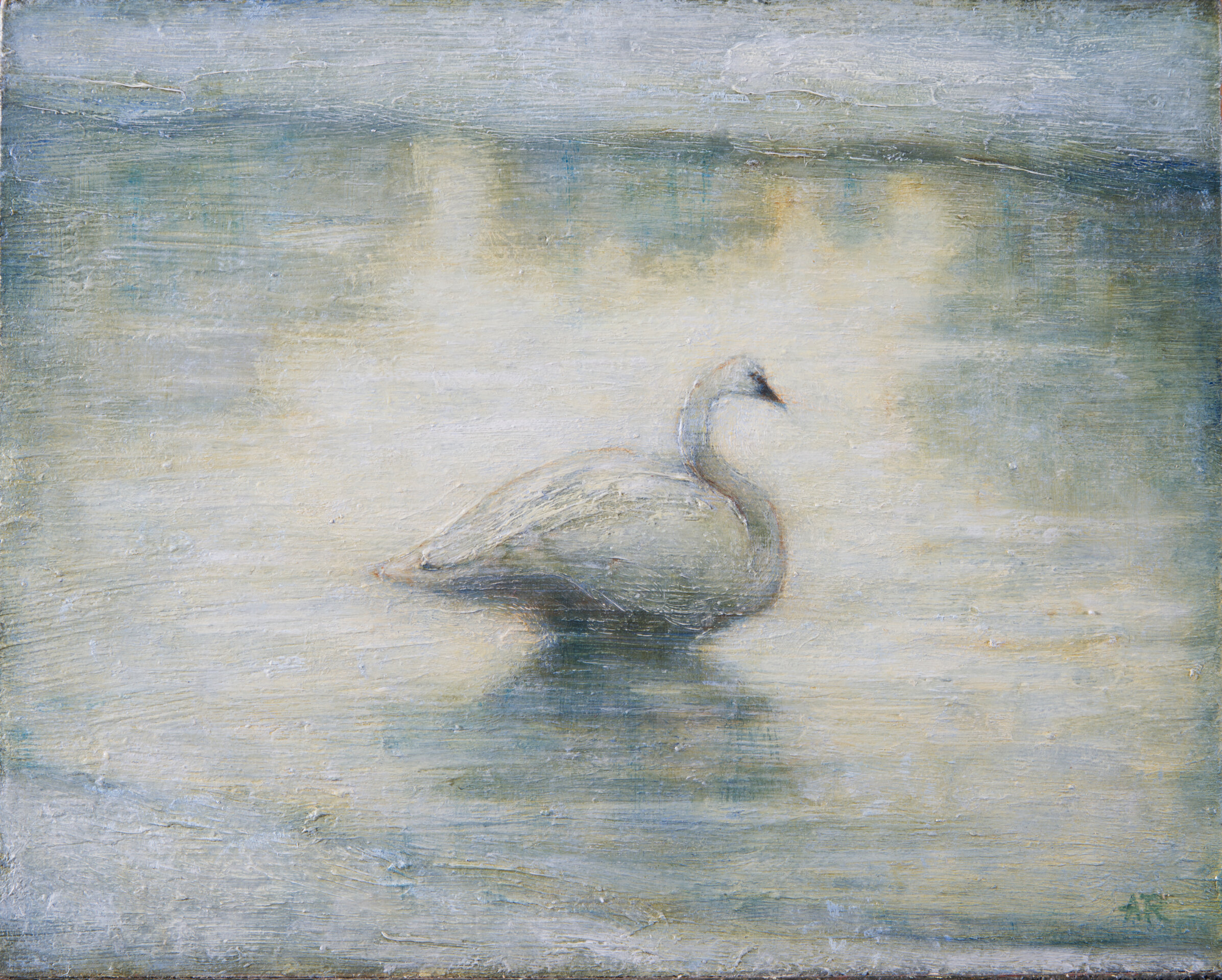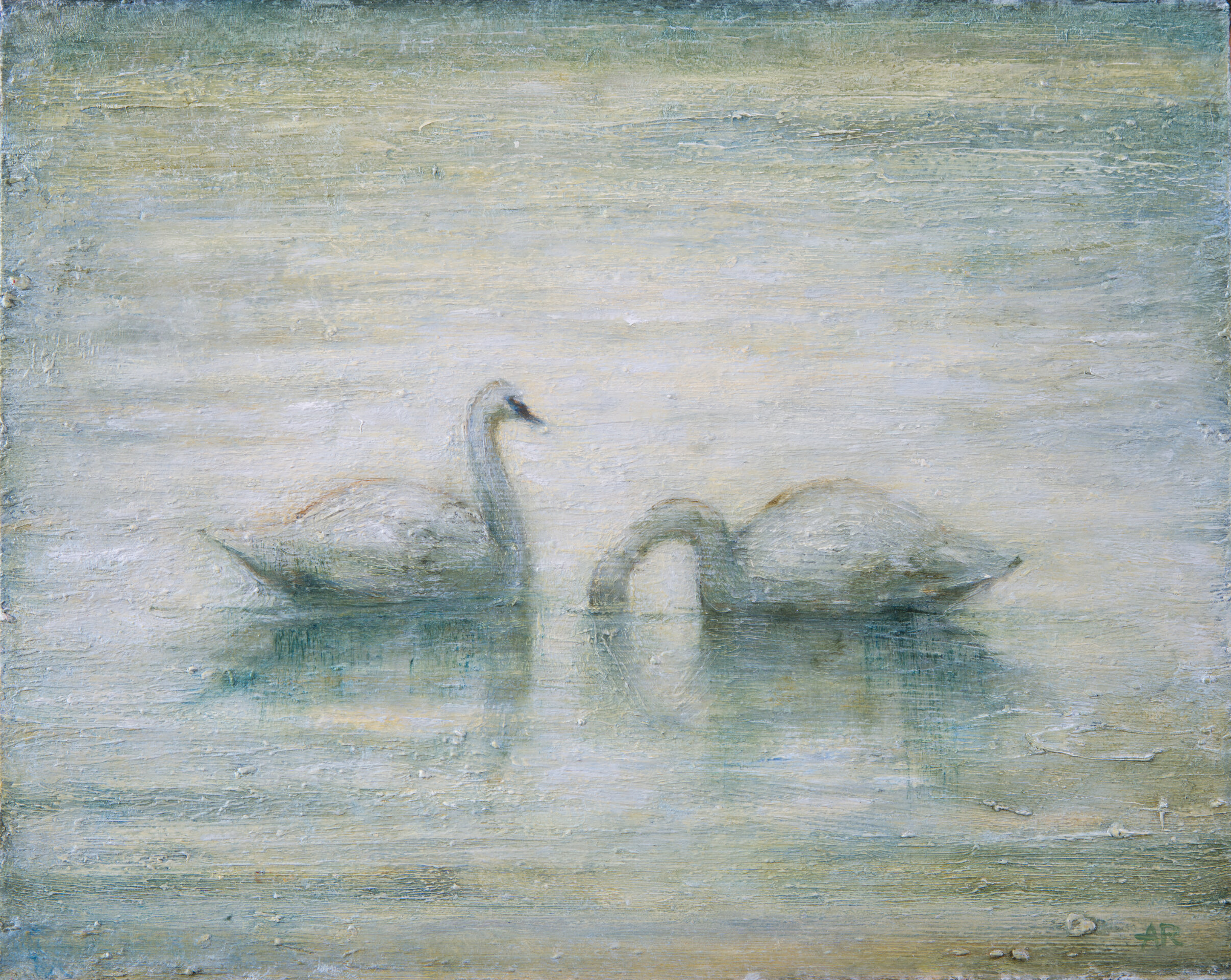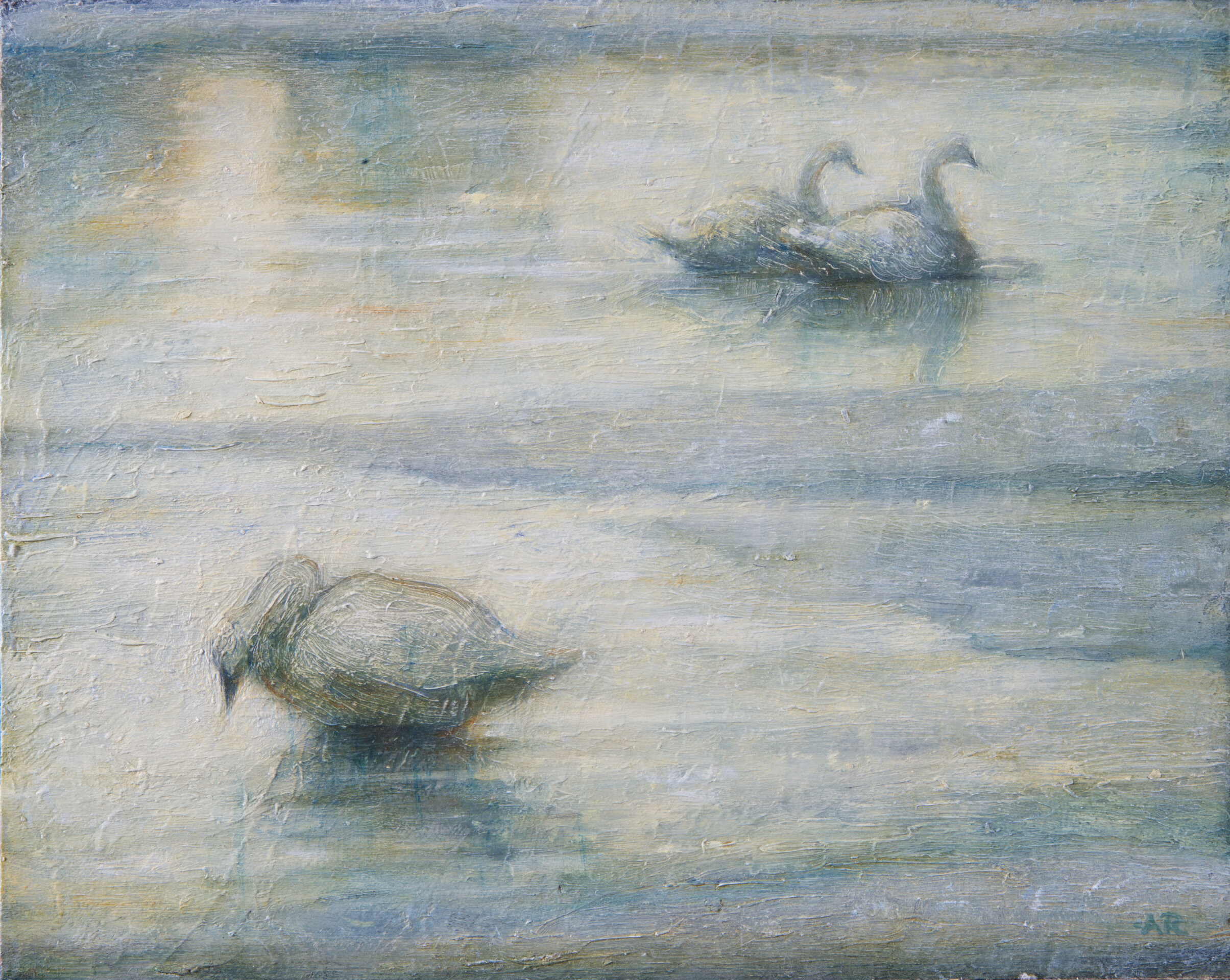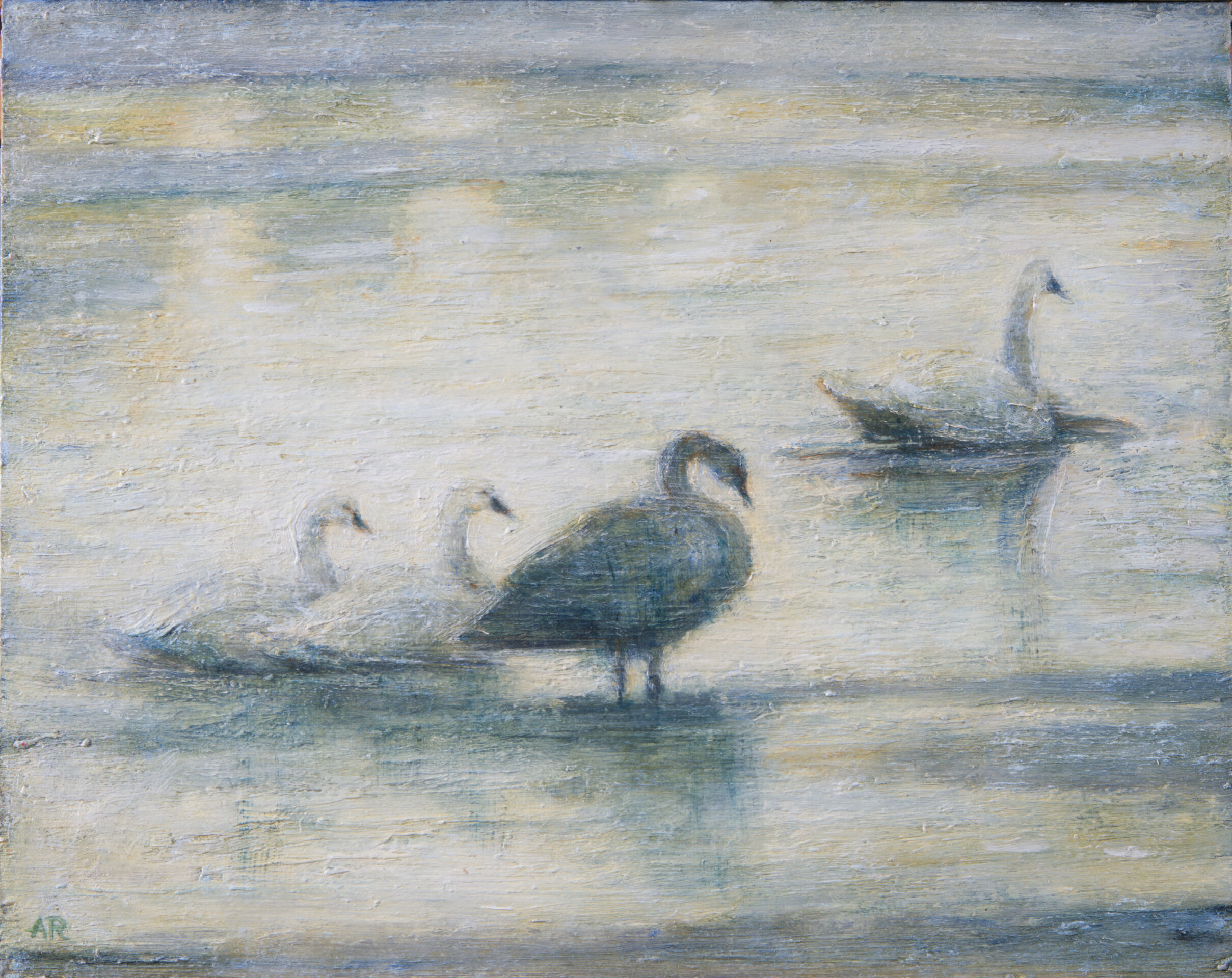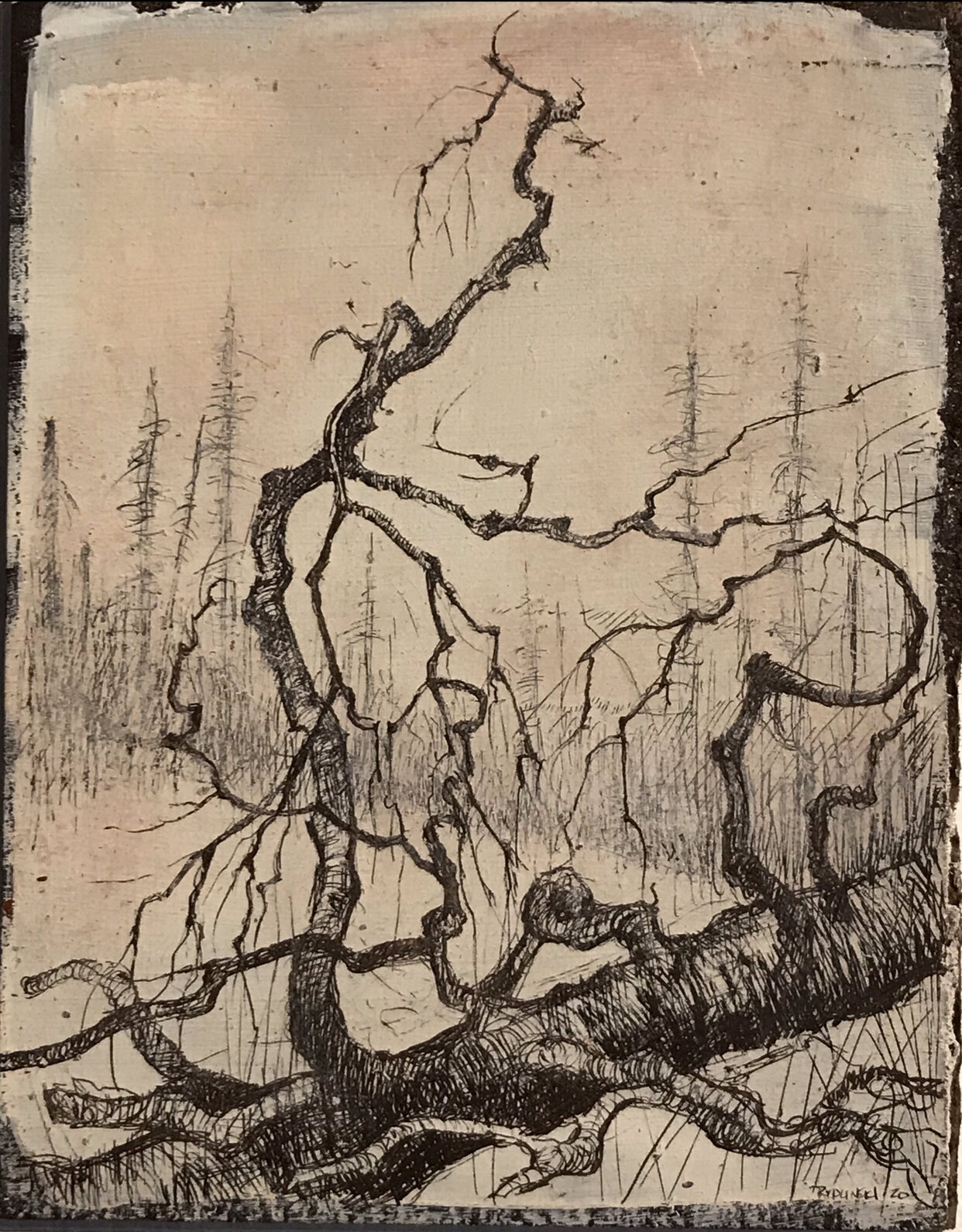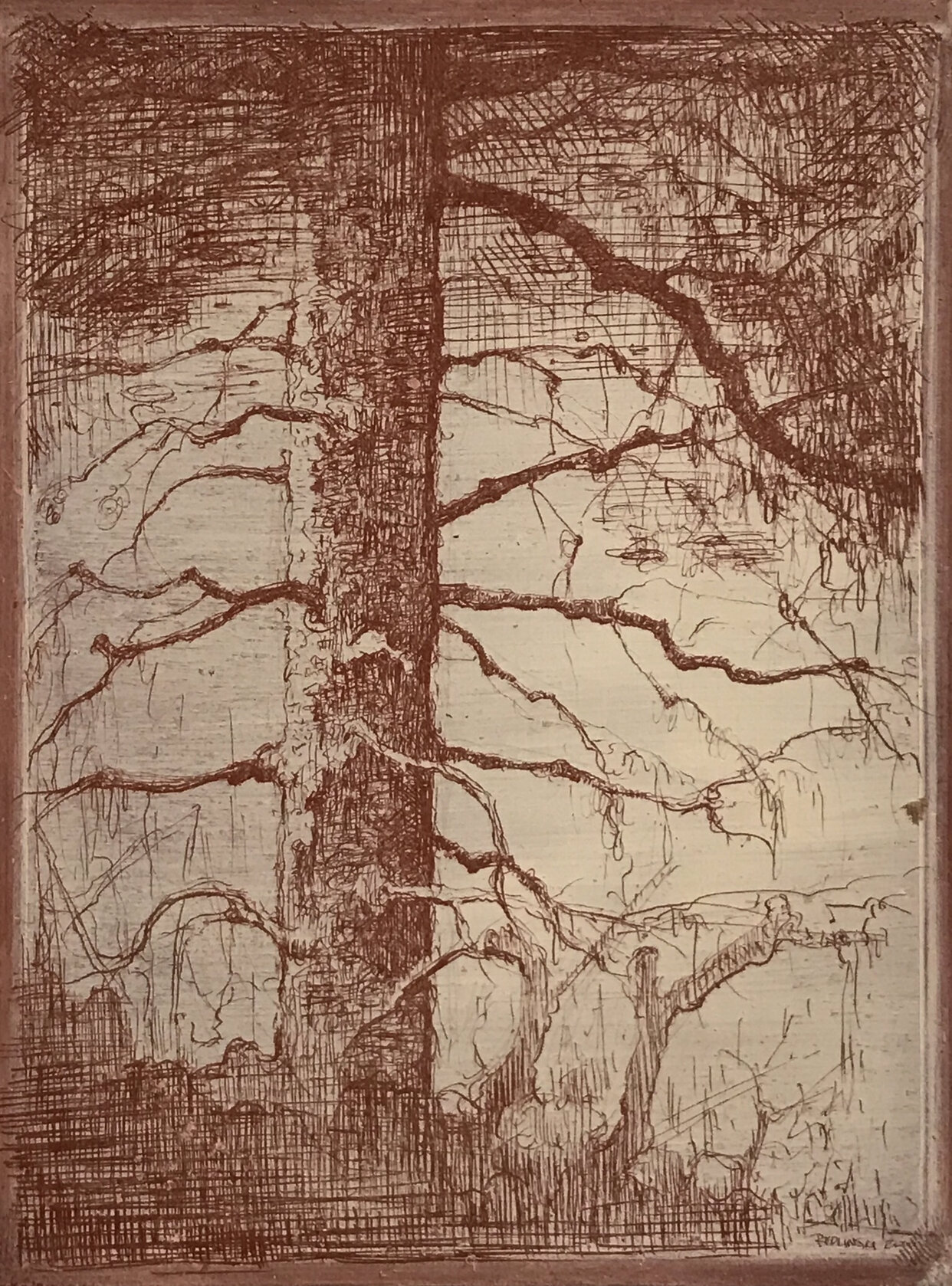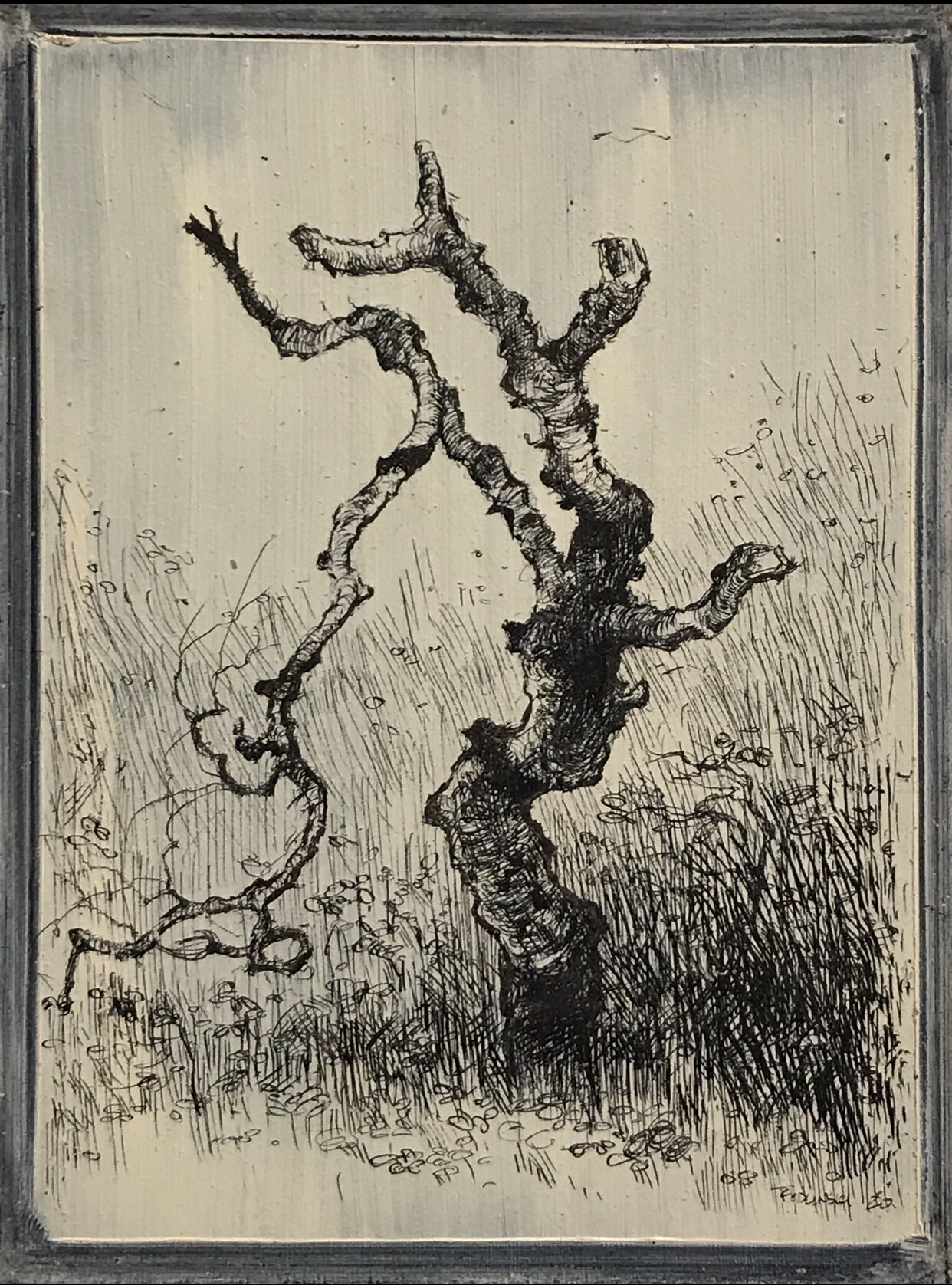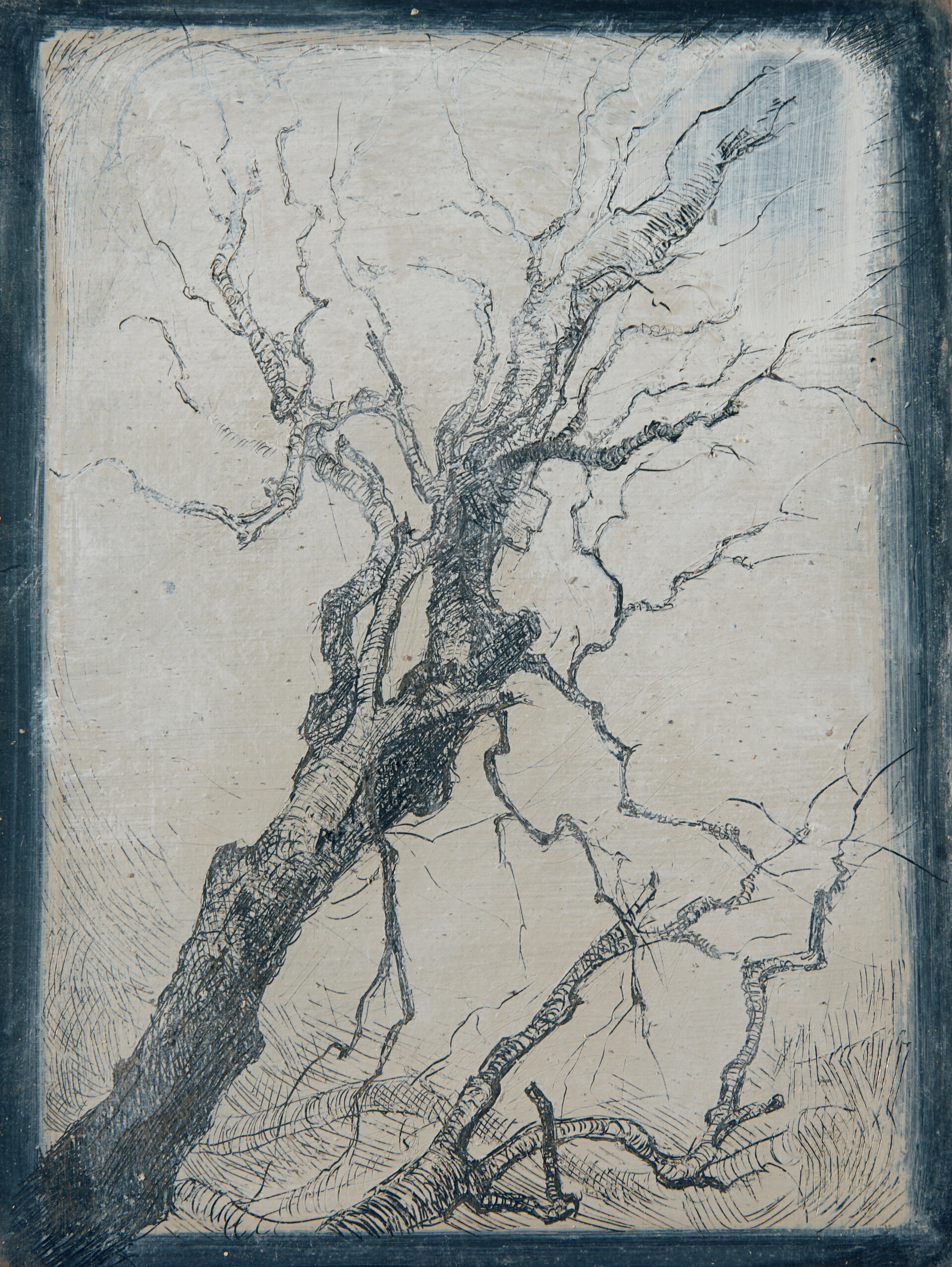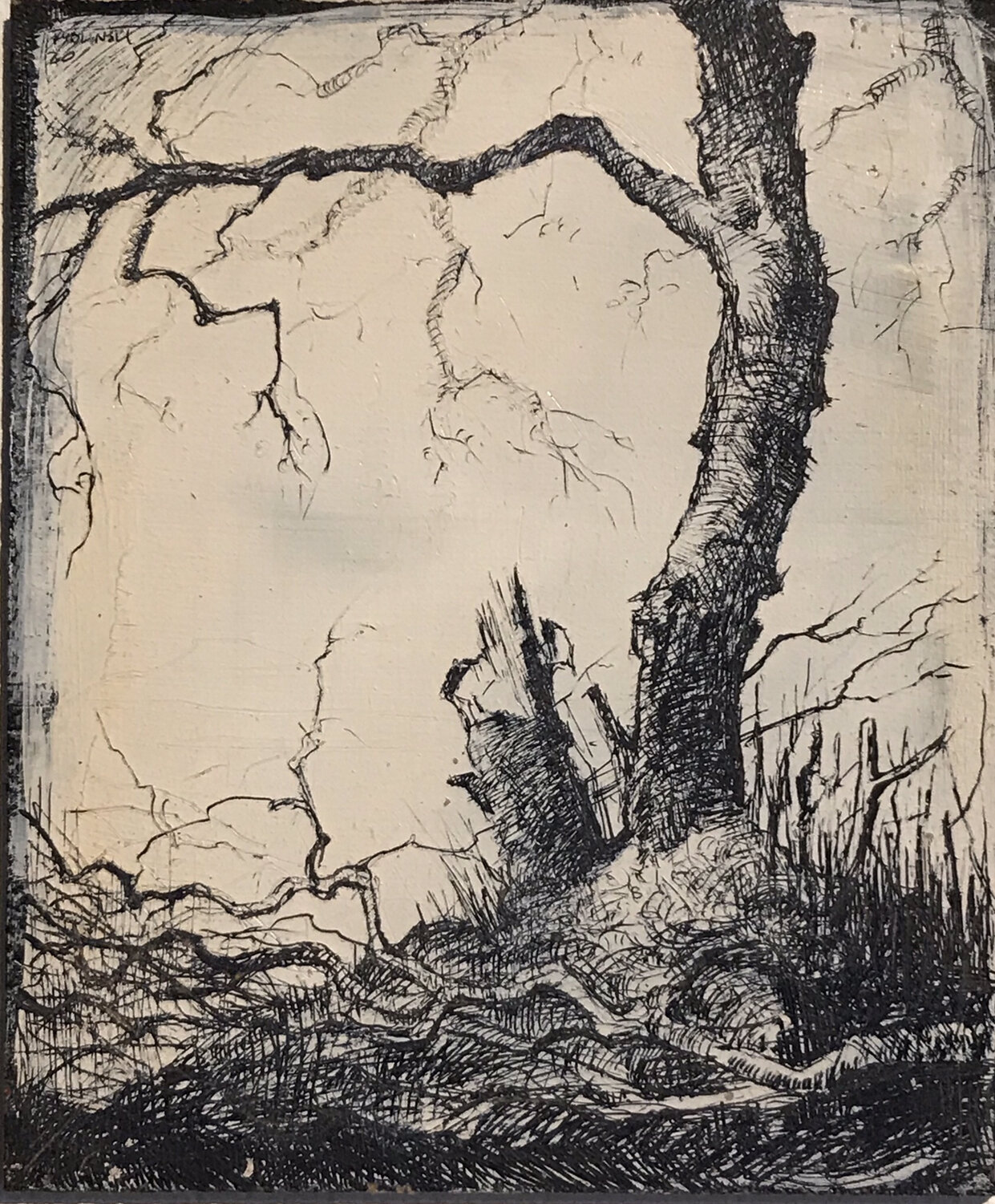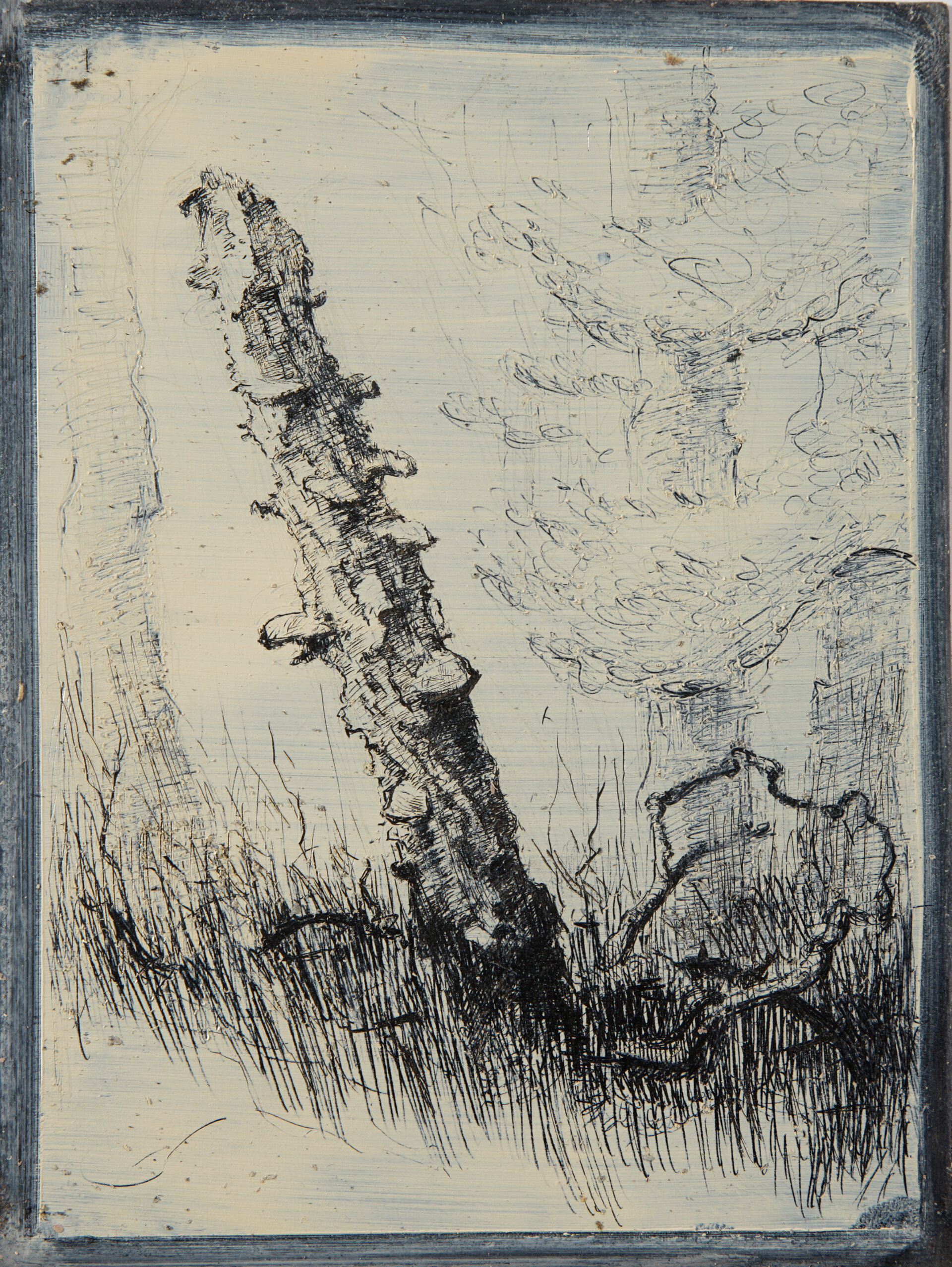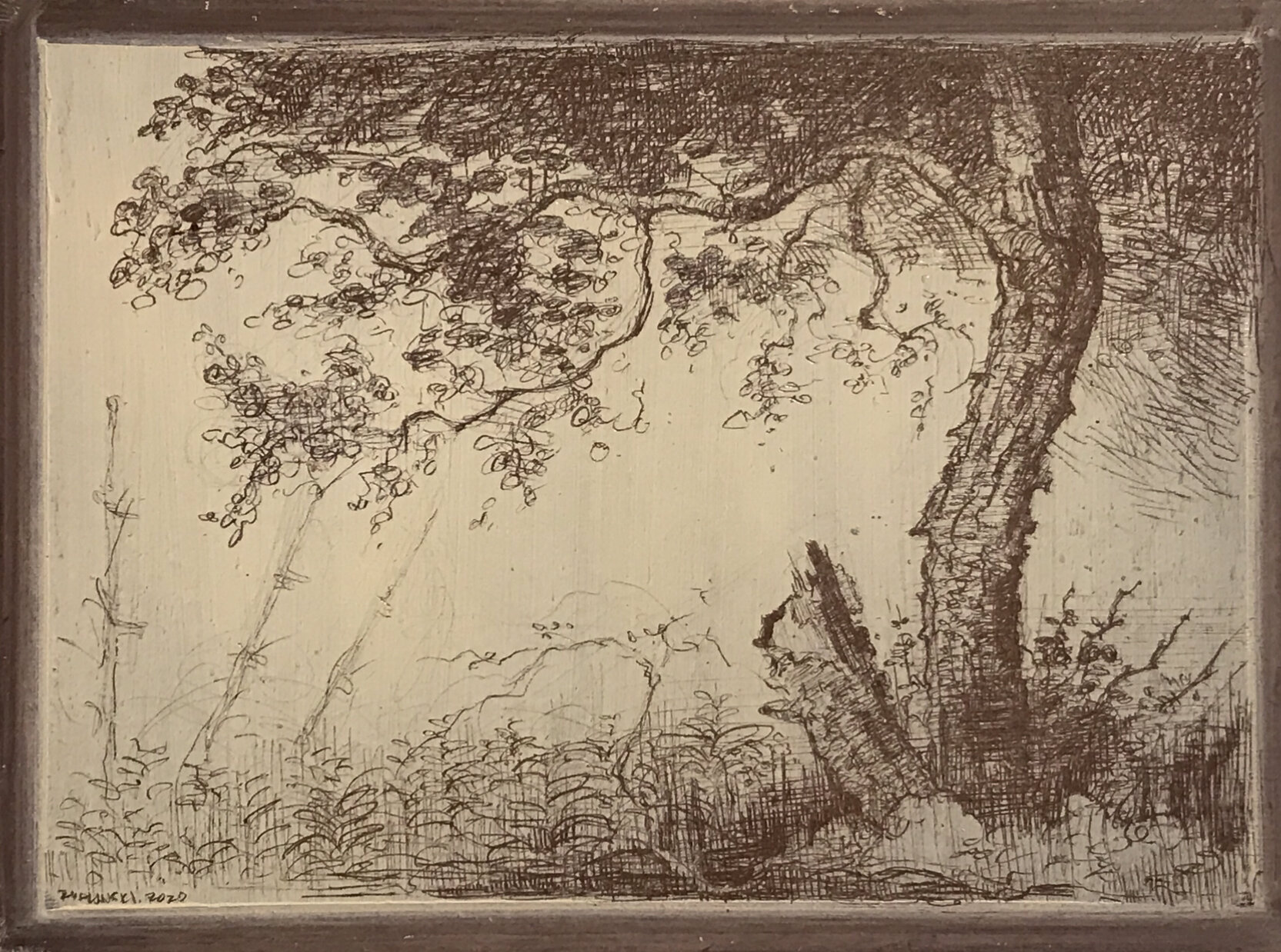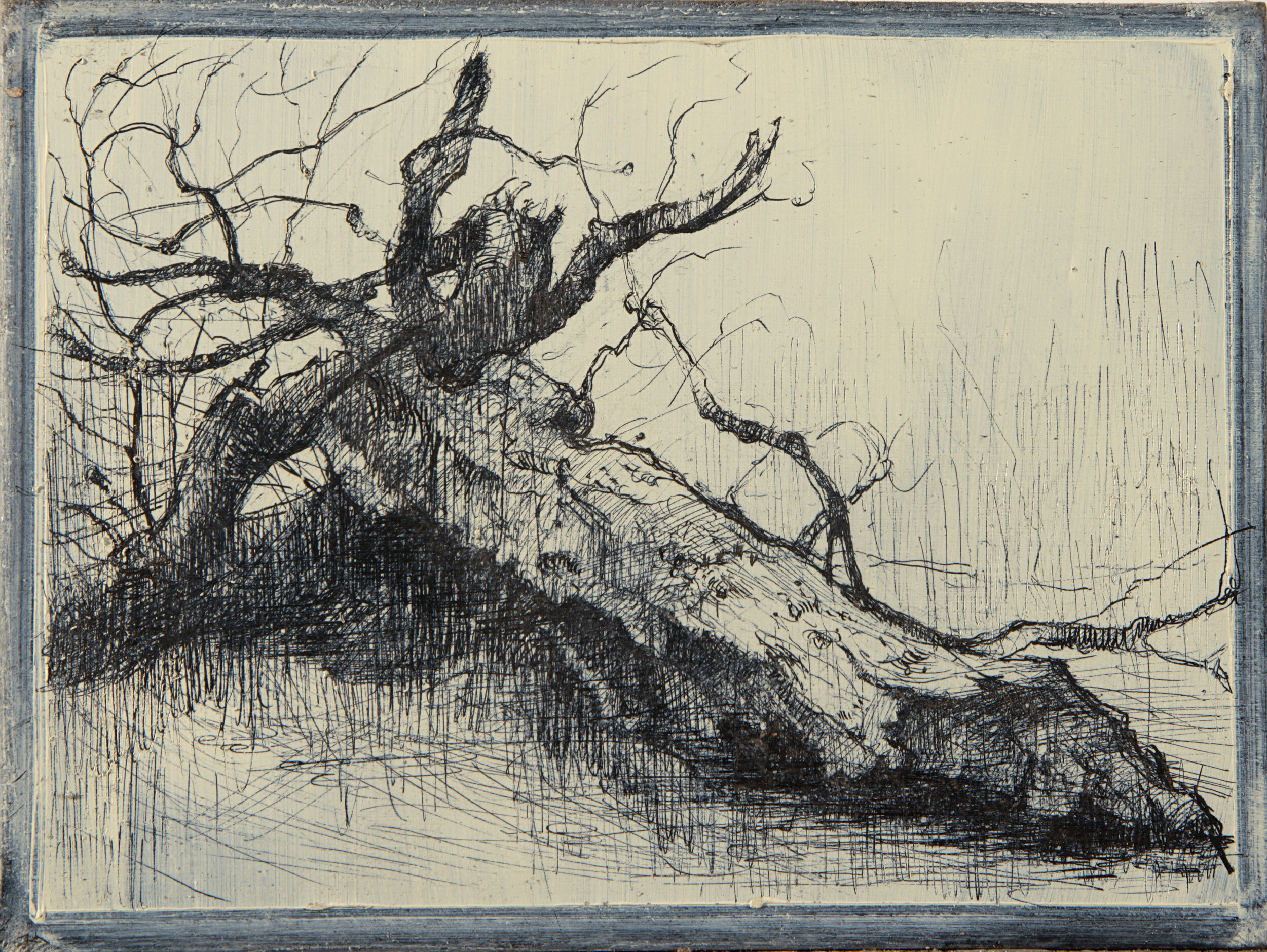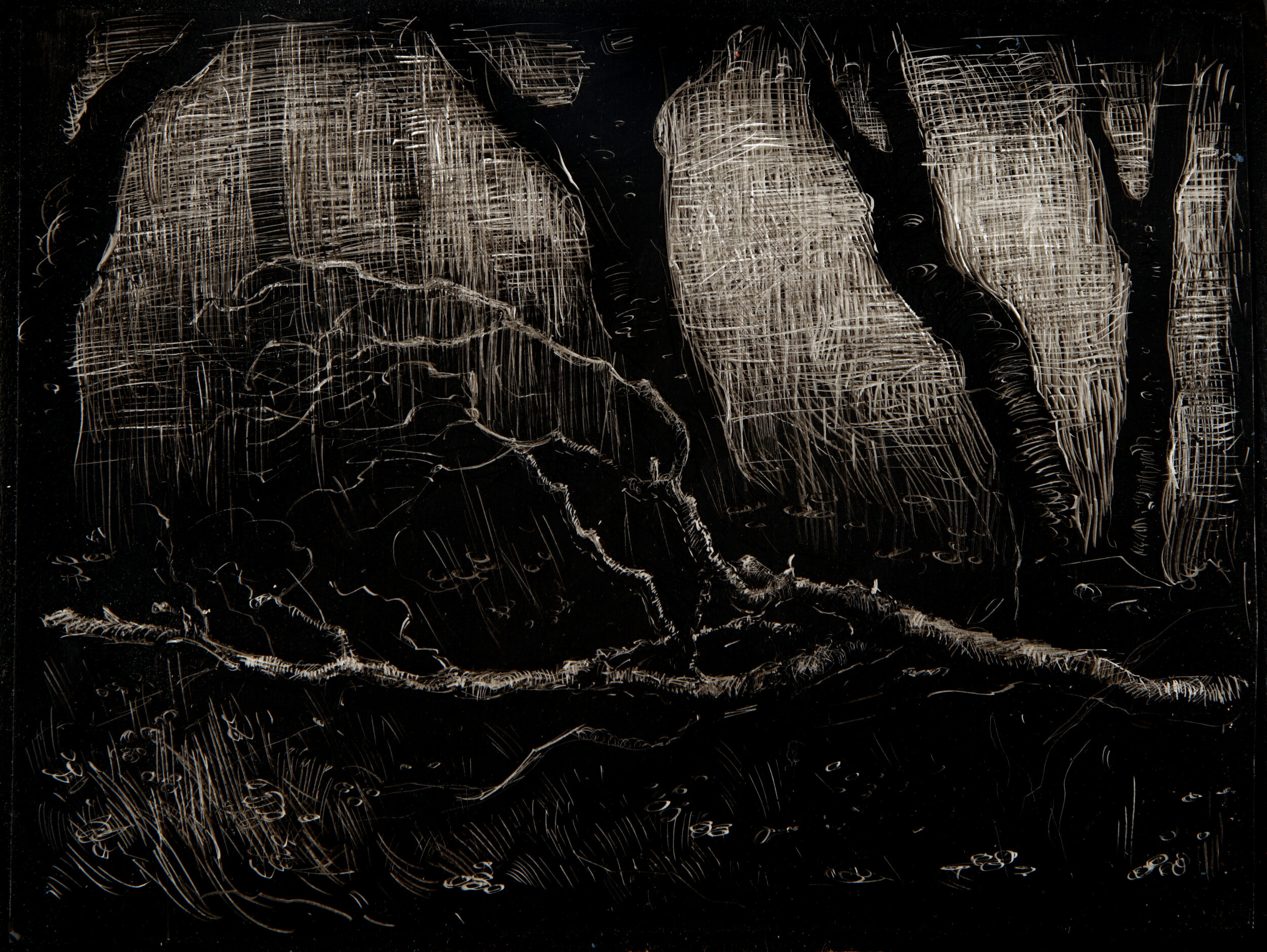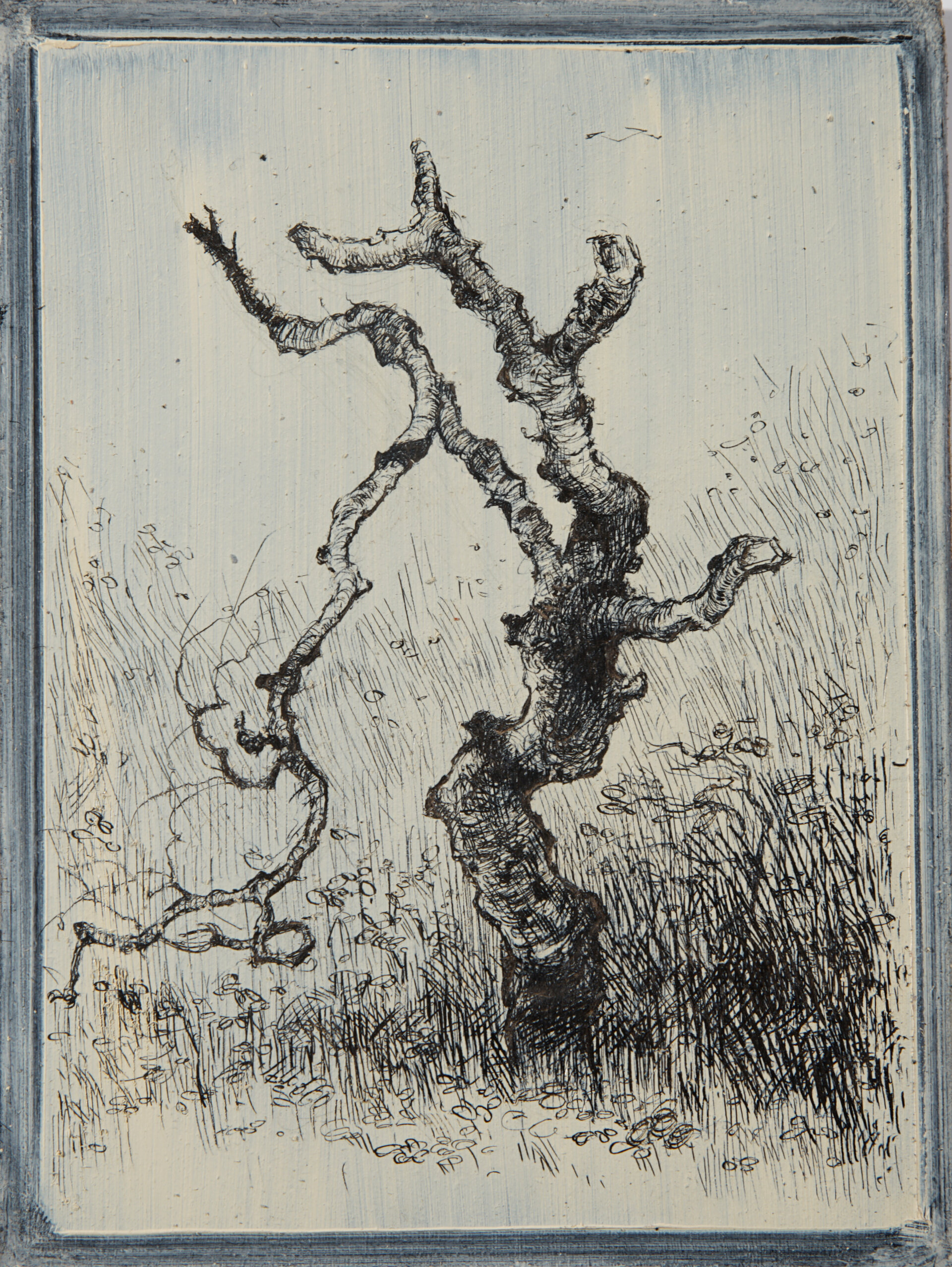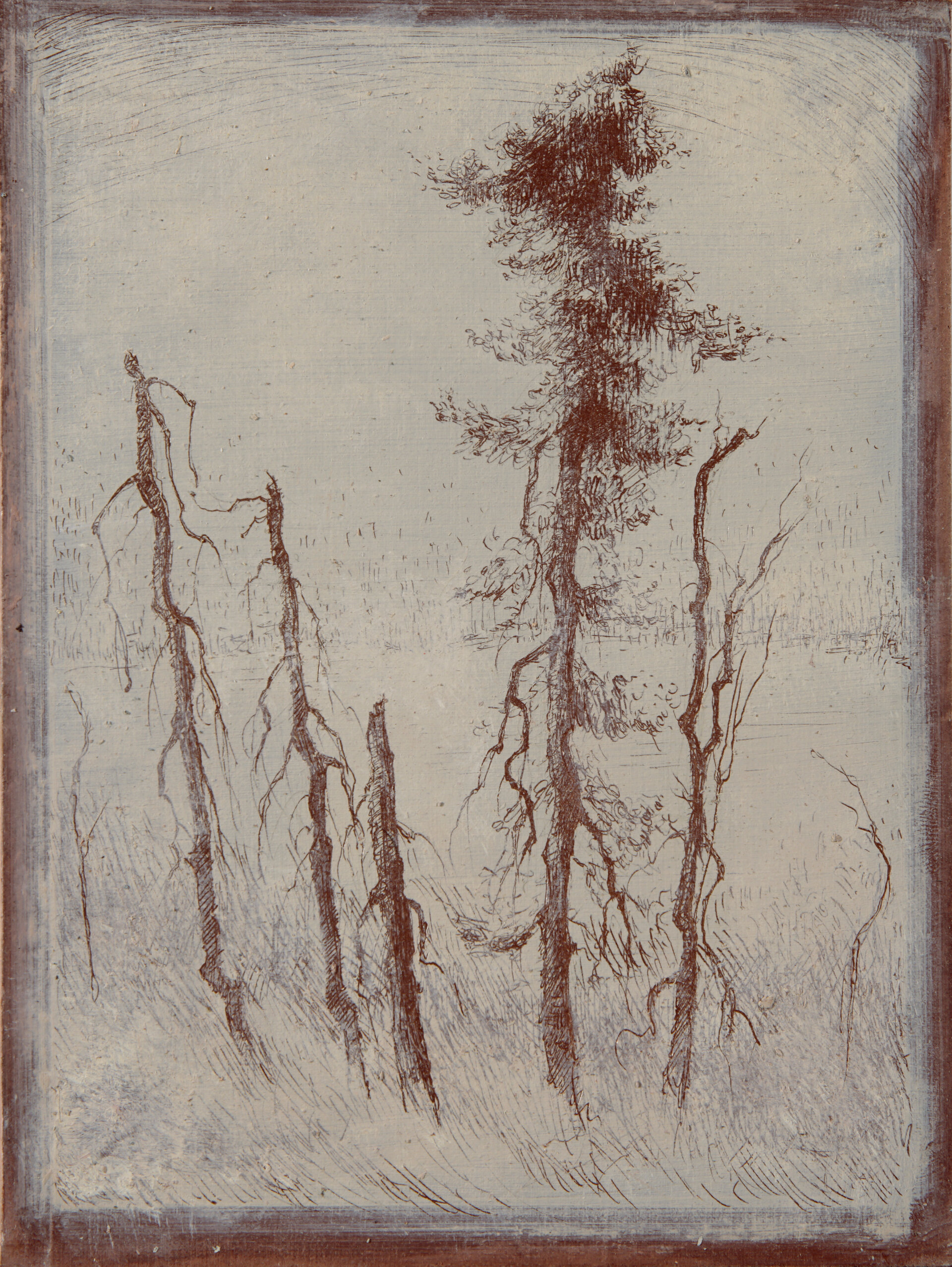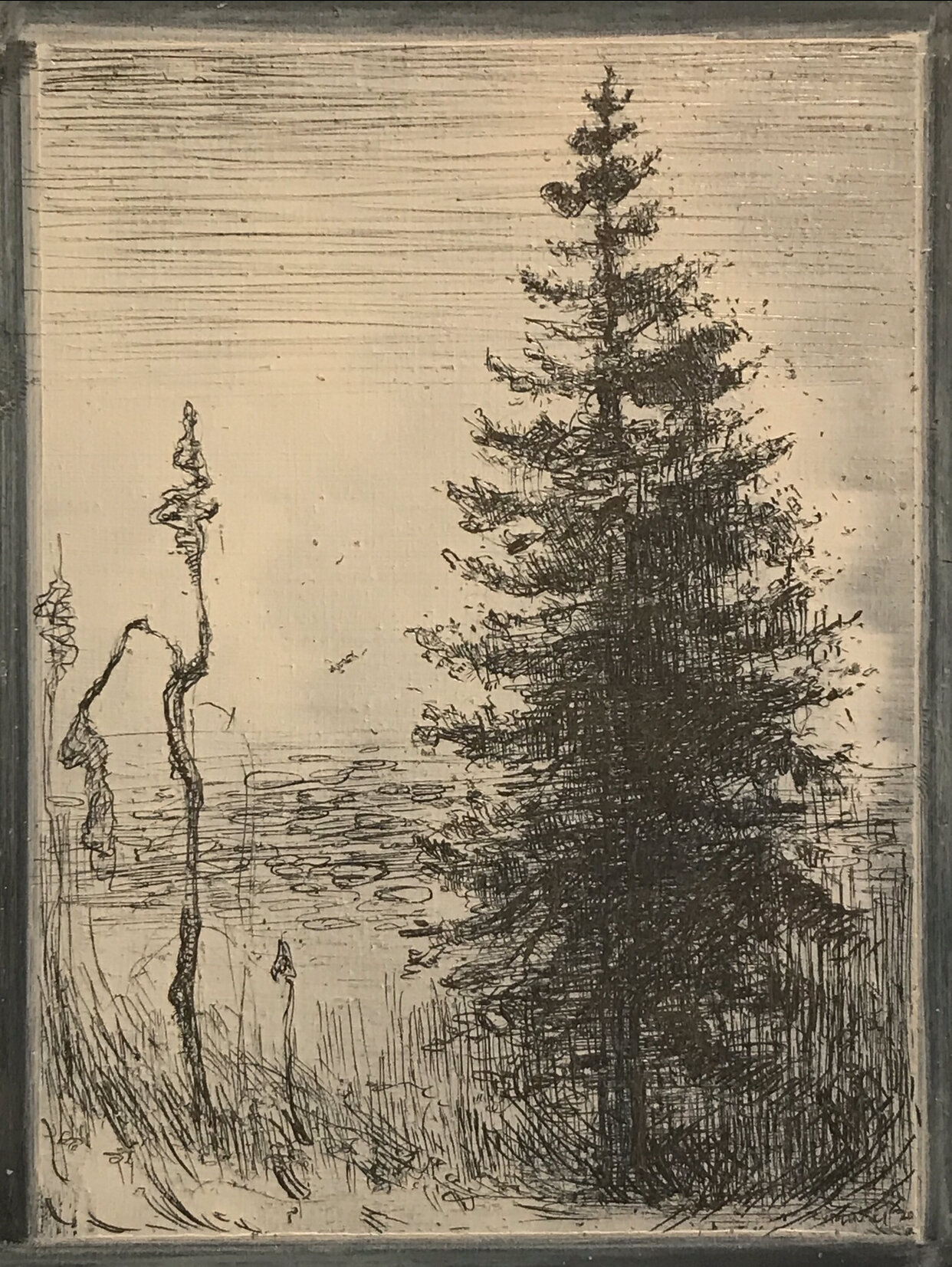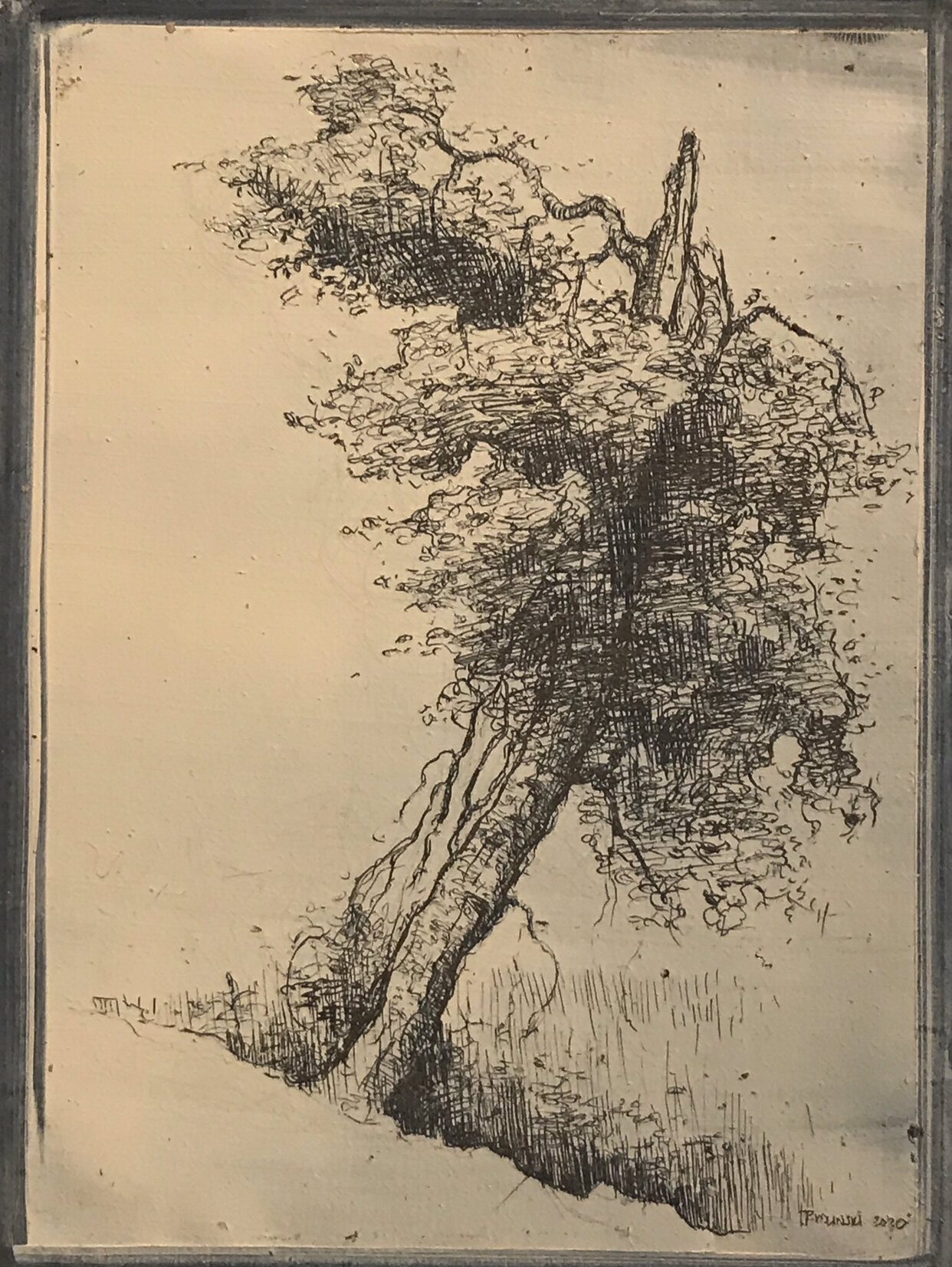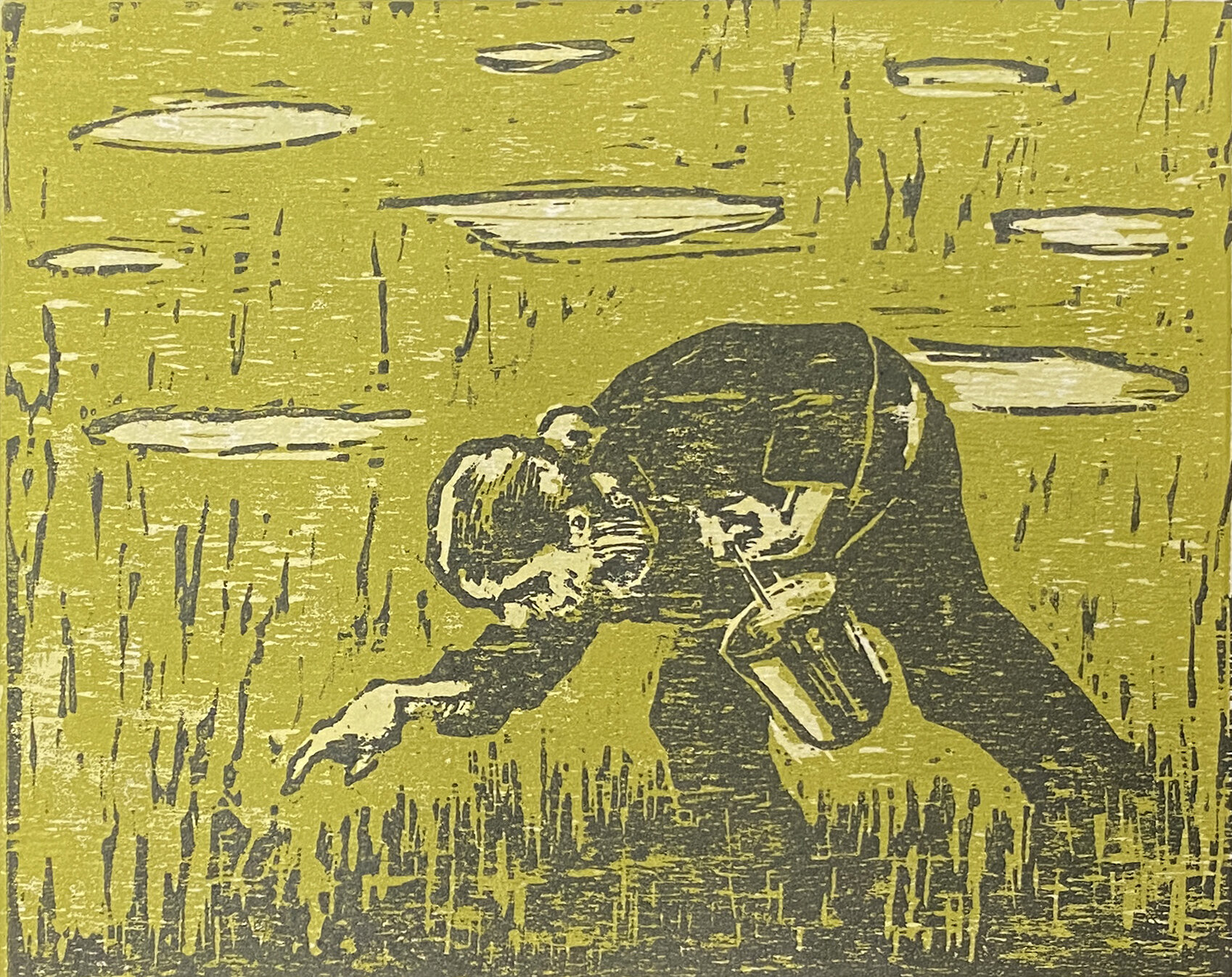Artist Bio
Matthew Collings was born Born in London in 1955. He studied at Byam Shaw School of Art, and Goldsmiths College, both in London. He began his career working at Artscribe in the production department in 1979, later taking over as editor (1983 to 1987) bringing international relevance to the magazine. In 1987 he received a Turner Prize commendation for his work on Artscribe. Collings later moved into television working as a producer/presenter on the BBCs The Late Show (1989 to 1995). In the early 1990s he brought Martin Kippenberger into the BBC studios to create an installation, and he interviewed Georg Herold while this Cologne-based conceptual artist painted a large canvas with beluga caviar. He gave Jeff Koons his first sympathetic exposure on British TV, and Damien Hirst was also introduced for the first time to the UK TV audience by Collings.
He wrote and presented documentary films for the BBC on individual artists, such as Donald Judd, Georgia O'Keeffe and Willem de Kooning, as well as broader historical subjects such as Hitler's "Degenerate art" exhibition, art looted in the Second World War by Germany and Russia, Situationism, Spain's post-Franco art world and the rise of the Cologne art scene.
After leaving the BBC, Collings wrote Blimey! From Bohemia to Britpop: The London Artworld from Francis Bacon to Damien Hirst, which humorously chronicled the rise of the Young British Art (YBA) movement. Published in 1997 by 21, a new company founded by David Bowie, among a group of others, Blimey! was described by Artforum magazine as “...one of the best-selling contemporary-art books ever." (Kate Bush on the YBA Sensation, Artforum, 2004) The article went on to say that Collings "invented the perfect voice to complement YBA: he makes an impact without (crucially) ever appearing to try too hard." The following year, Collings wrote and presented the Channel 4 TV series This is Modern Art, which won him a Bafta (2000) among other awards.
Collings wrote and presented a Channel 4 series in 2003 about the "painterly" stream of Old Master painting, called Matt's Old Masters. A book by the same title accompanied the series. Further Channel 4 series by Collings included Impressionism: Revenge of the Nice (2004) and The Me Generations: Self Portraits, (2005). Between 1997 and 2005, Collings presented the Channel 4 TV programme on the Turner Prize. In 2007 he wrote and presented the Channel 4 TV series This is Civilisation. In 2009 he appeared on the BBC2 programme "School of Saatchi" a reality TV show for newly trained UK artists.
In October 2010, he wrote and presented a BBC2 series called Renaissance Revolution, in which he discussed three Renaissance paintings: Raphael's Madonna del Prato; Hieronymus Bosch's The Garden of Earthly Delights; and Piero della Francesca's The Baptism of Christ. In 2014 he wrote and presented a 90-minute documentary for BBC4 on abstract art: The Rules of Abstraction considered early modernist beginnings by Paul Klee, Wassily Kandinsky, Hilma af Klint, and others, as well as contemporary continuities, ranging from Fiona Rae to El Anatsui. In the same year, Collings appeared in Fred Wiseman's tv documentary, National Gallery composing and rehearsing a piece- to-camera on Turner's The Fighting Temeraire, for the documentary Turner's Thames, (2012), which Collings wrote and presented for BBC4.
Since 2015, he has been the regular art critic for the Evening Standard, replacing Brian Sewell (often a controversial and contentious critic) who died that year.
Artist Statement
“The art world is now a slave of mass culture. We have a sound-bite culture and so we have sound-bite art. You look at it, you get it - it's as immediate and as superficial as that. I think with art you have to do a bit of transforming of the subject to make the art worth having.”
ASP stands for Artists Support Pledge, a system invented in Spring 2020 by artist Matthew Burroughs, to help with artists’ finances in the COVID 19 lockdown, which had just started. It became so successful, with artists round the world taking part, that he was given an honour by the government. It’s what got me doing the drawings generally from which the ones I propose to do for ICGA will be a development. They will be a specially conceived sequence, but taking off from that ASP work.
I started in April that year after initial shyness in case I put something out and no one bought it. The first one sold straight away so I went on. And for a while I had to really scratch my head as to what I’d post. Even though they all sold I felt at sea. Abstract, Dada, doodles, the historic figure of John Blanck, a Black trumpeter in Henry VIII’s court musicians... Then I hit upon narrative scenes of art history. Artists doing things, across all of time, from cave art to now. And occasionally cultural figures, who in my mind wind-in somehow, from own sphere to what I think of as “art." It could be rock stars of the 70s. Or poets or authors. American suicide poets of the 1950s allowed me to explore idea about my father, who committed suicide before I was born.
Samuel Beckett, Janis Joplin, Nico, David Bowie, Emily Dickinson, Thomas Chatterton.
Some of the artists recur and do things well within their mythology, Bill de Kooning’s always experimenting with forms and materials, for example, and having out of control love affairs. But I also make them extend their mythologies our play out popular fantasies regarding them which in reality of course they never did: Hilma af Klint calms down male historic artists. Or Philip Guston looks constantly at real politics as they unfold in the 2020s, 40- years after his death, from Trump’s downfall, to the Royal Family's civil war on Oprah, to the Ukraine invasion.
My mother was an artist and art was always in the background of my life. But so was family madness, severe material and emotional deprivation. All that contributed to an outsider-insider mentality I’ve always had in relation to art as social-climbing or society’s celebration of art as a celebration of privilege. The irresponsible reason-unreason off the sequence and the drawings generally, is a related syndrome.
Equal to the internet in content is interest in form, the drawings are visually a matter of instinctive visual balances, which are worked at for much longer than the narrative content (which is established in a few seconds) with reference to an image bank with the controls set to maximum visuality; subject matter and context down to zero.
Listen to a conversation with Graham Dane and Matthew Collings on the KONR Out North Radio program Art Matters discussing the artist’s interesting and eclectic drawings about art history: open.spotify.com/episode/1qS41NlsidbodvzYzEC0Sm

